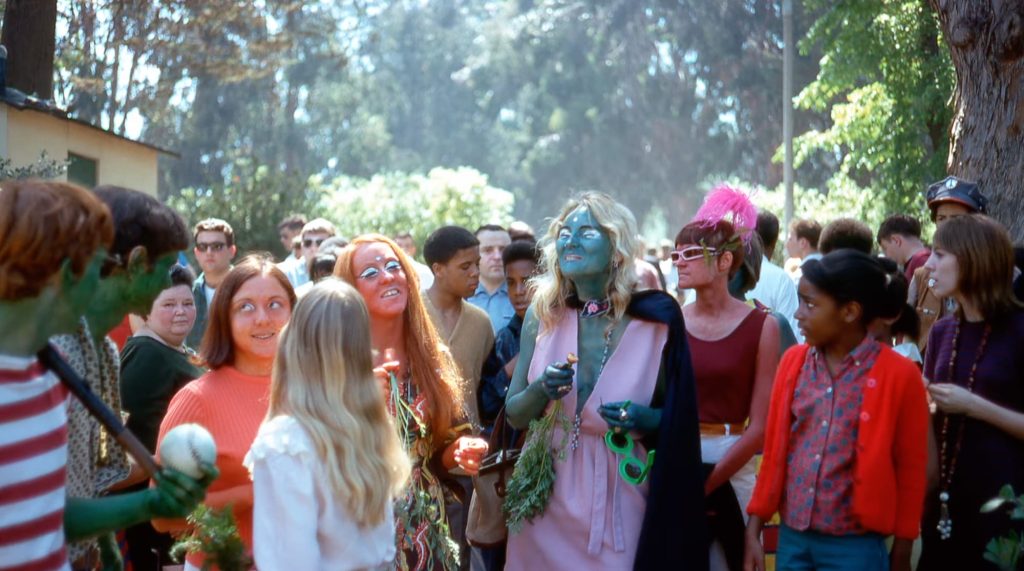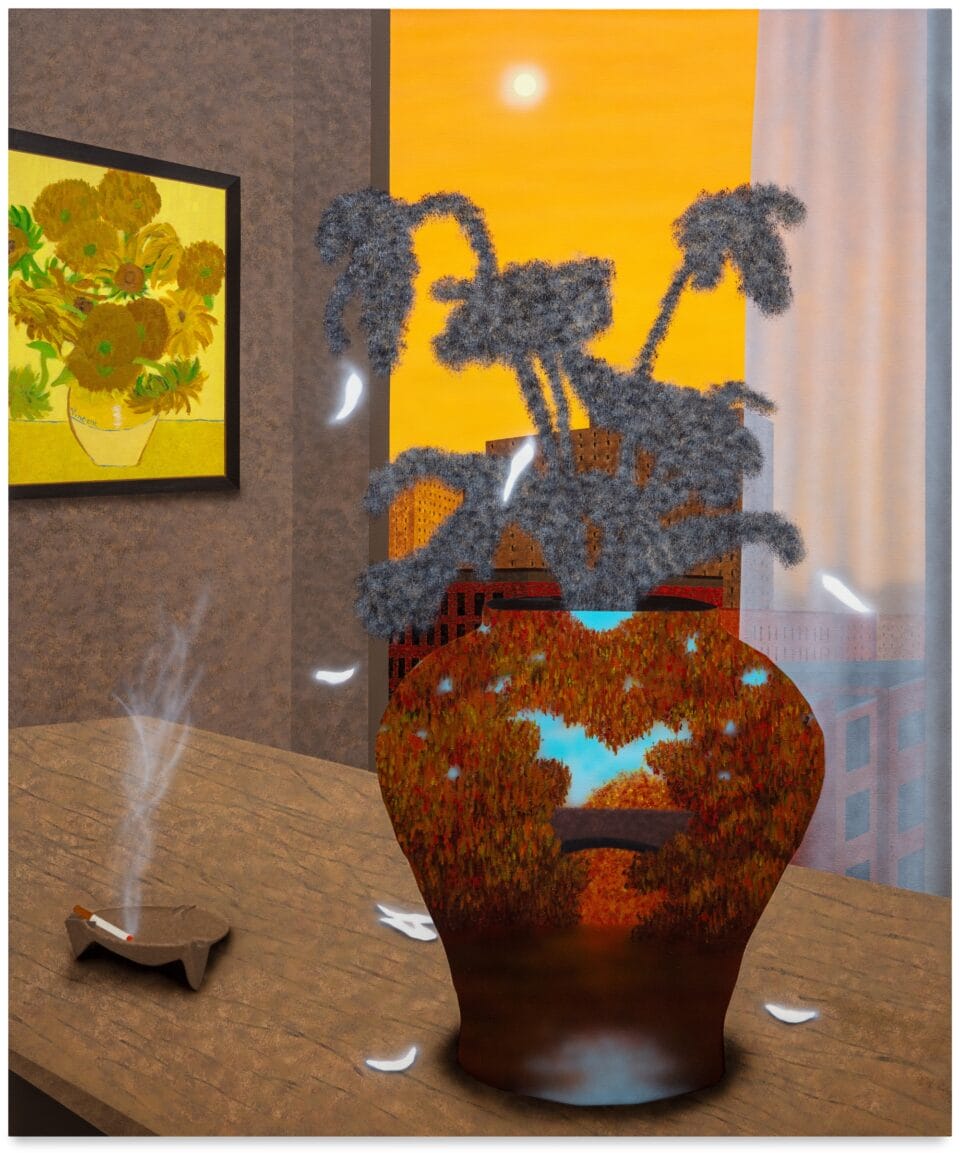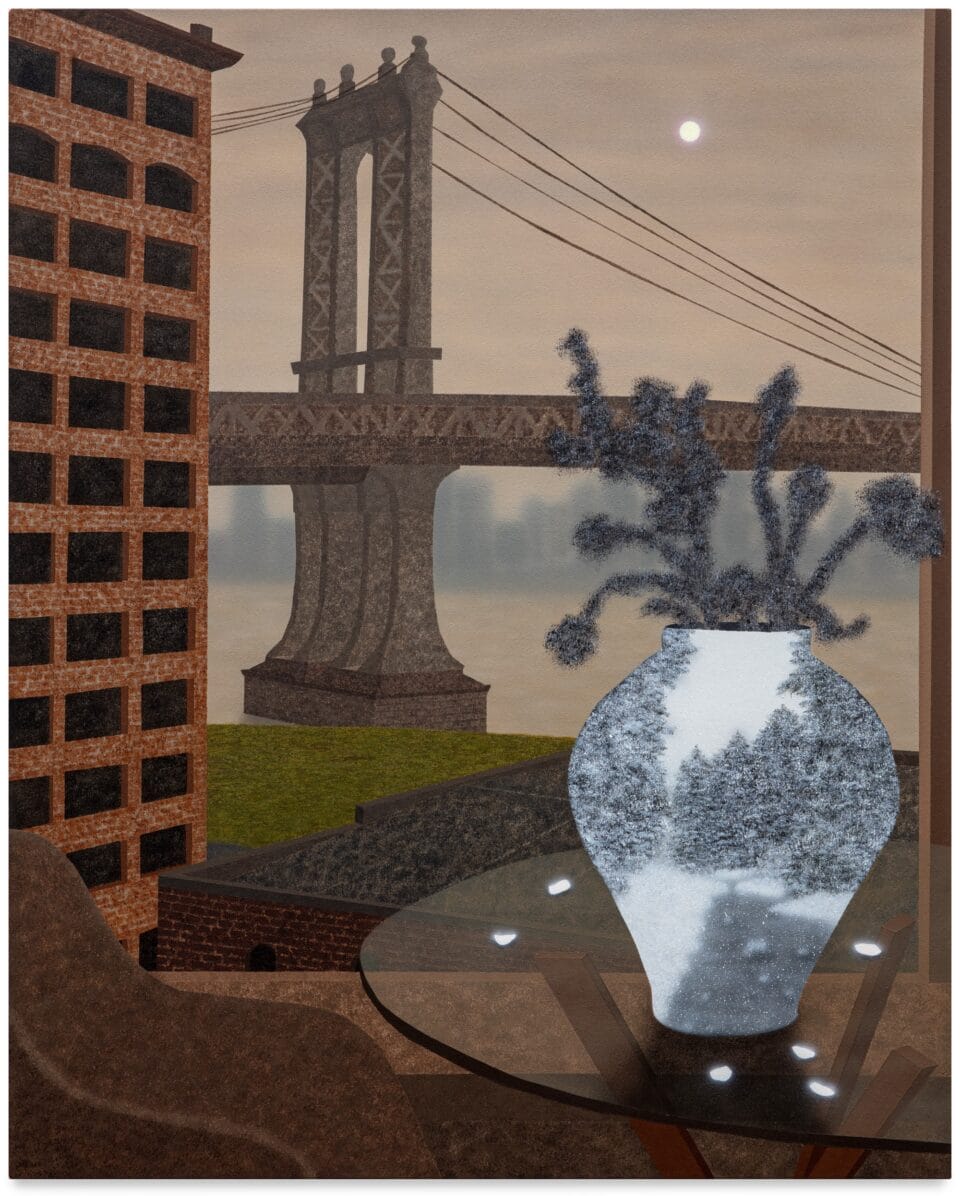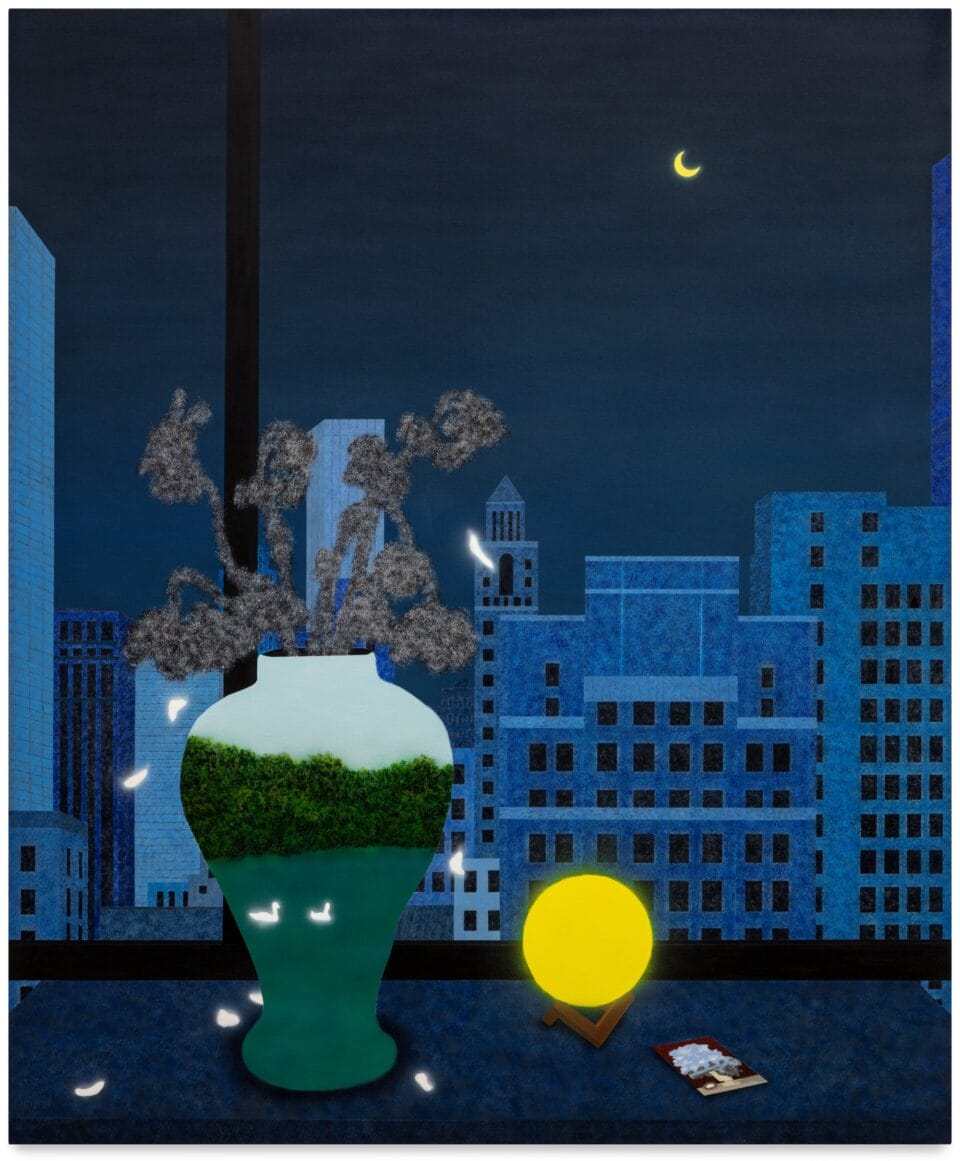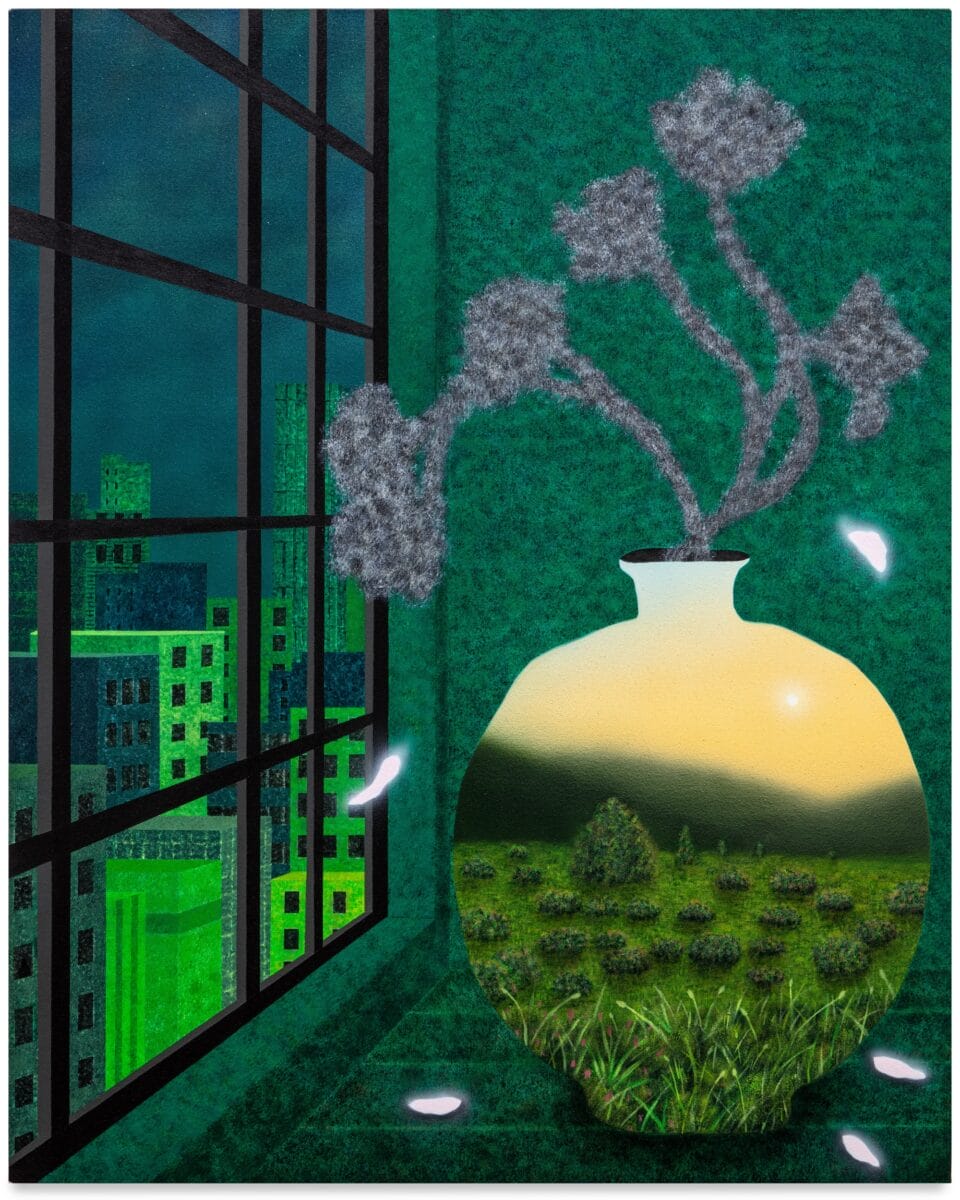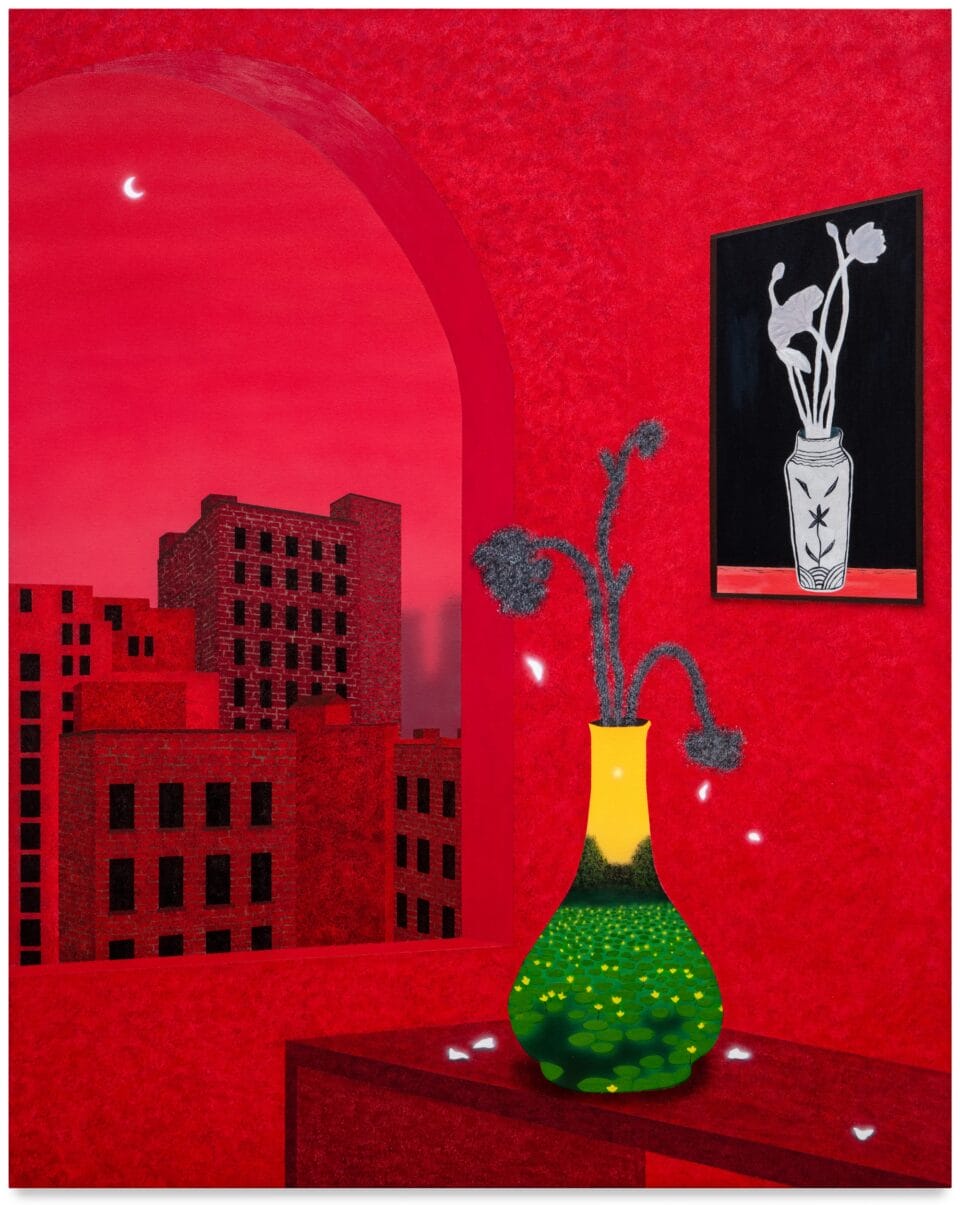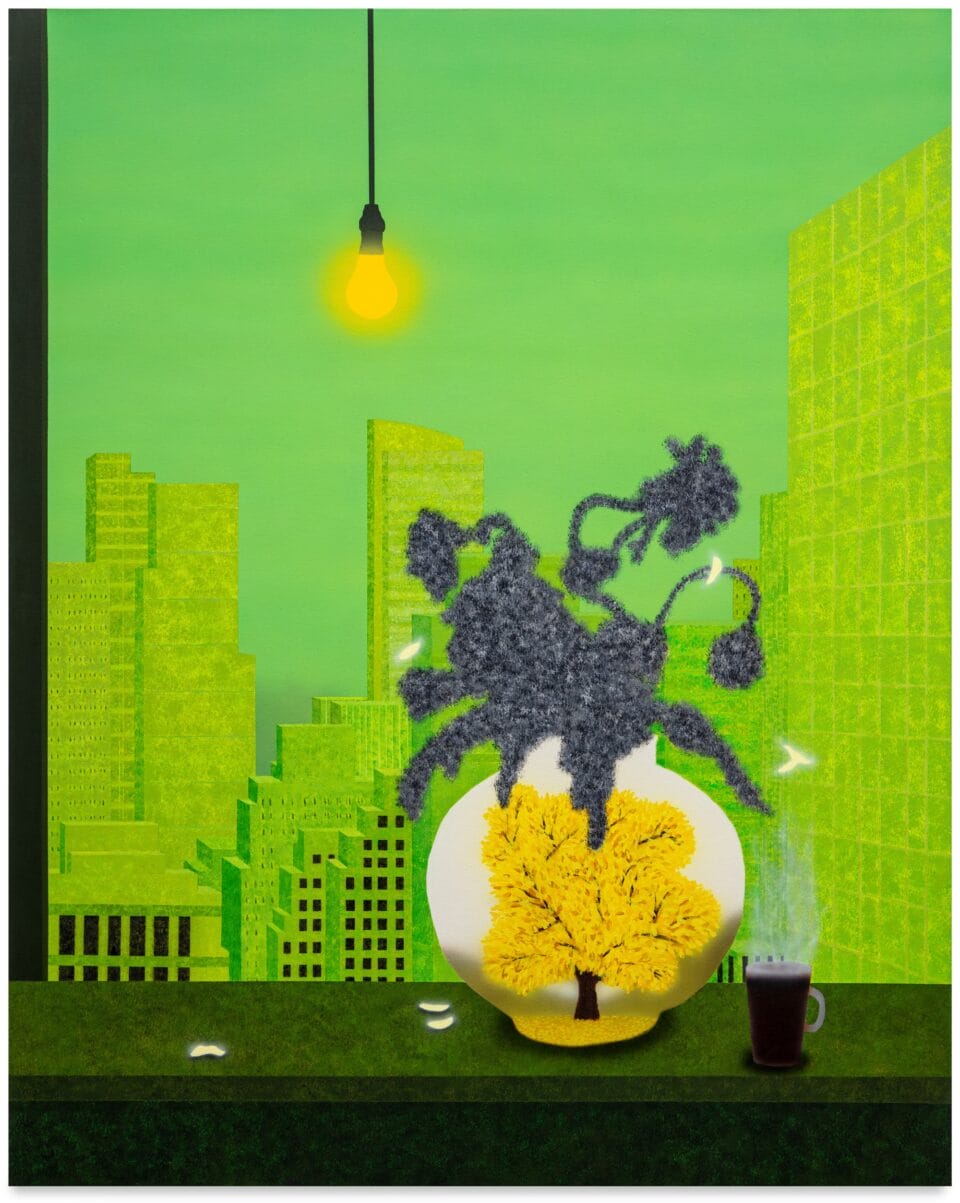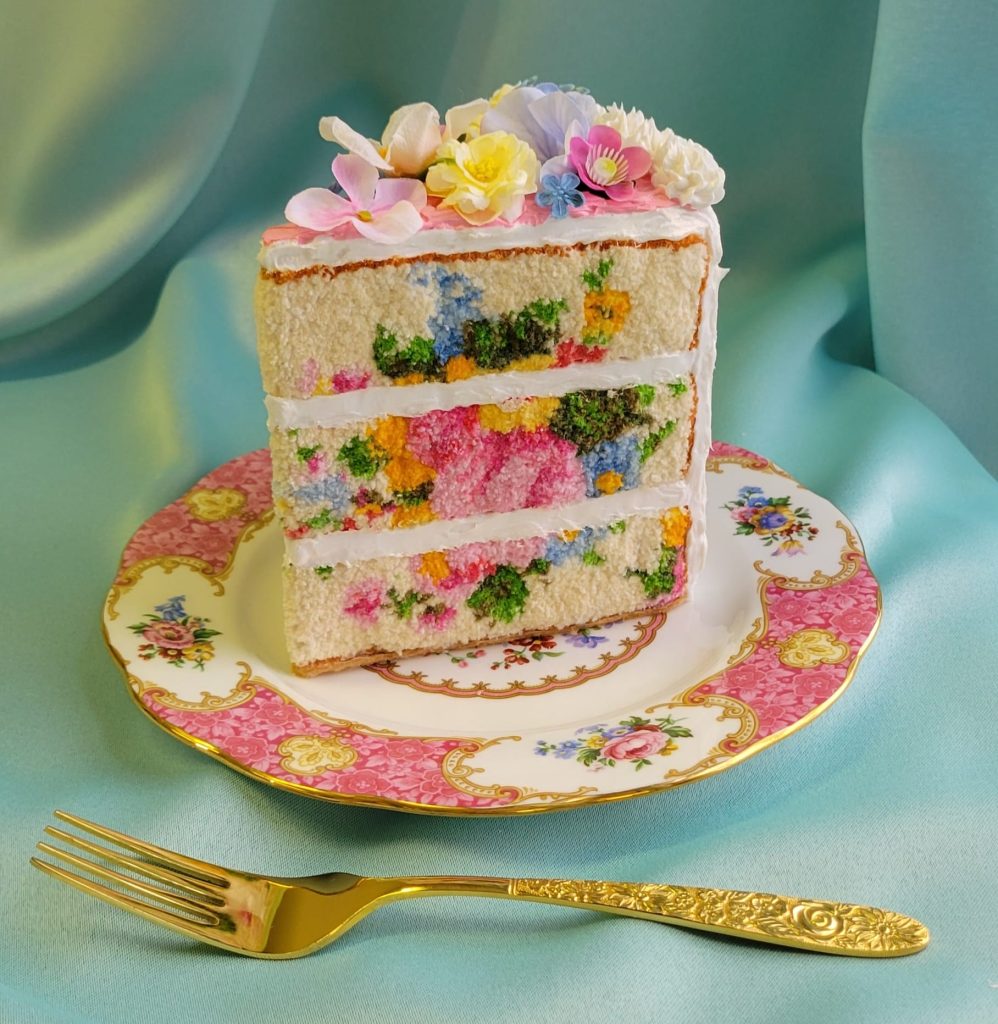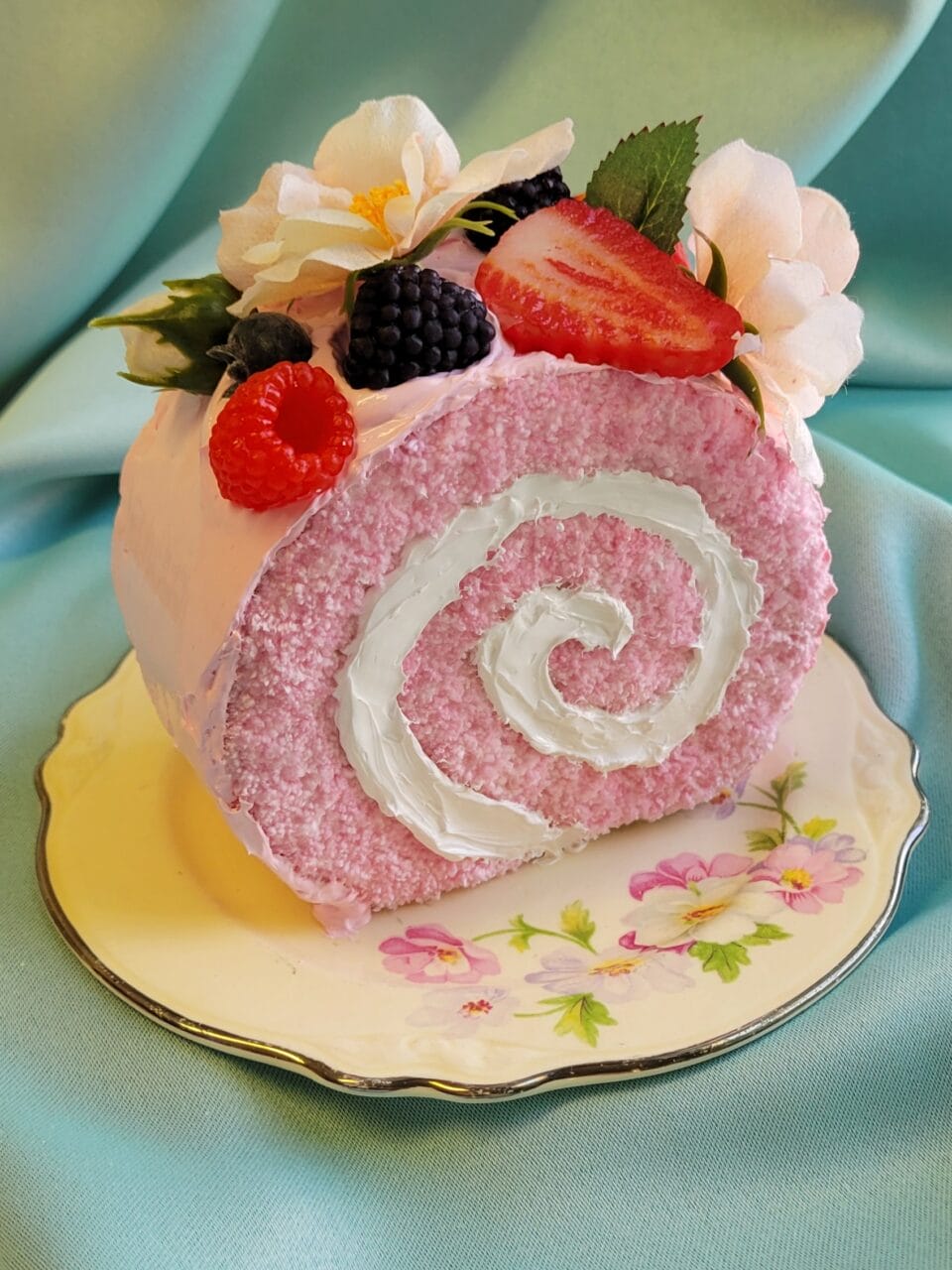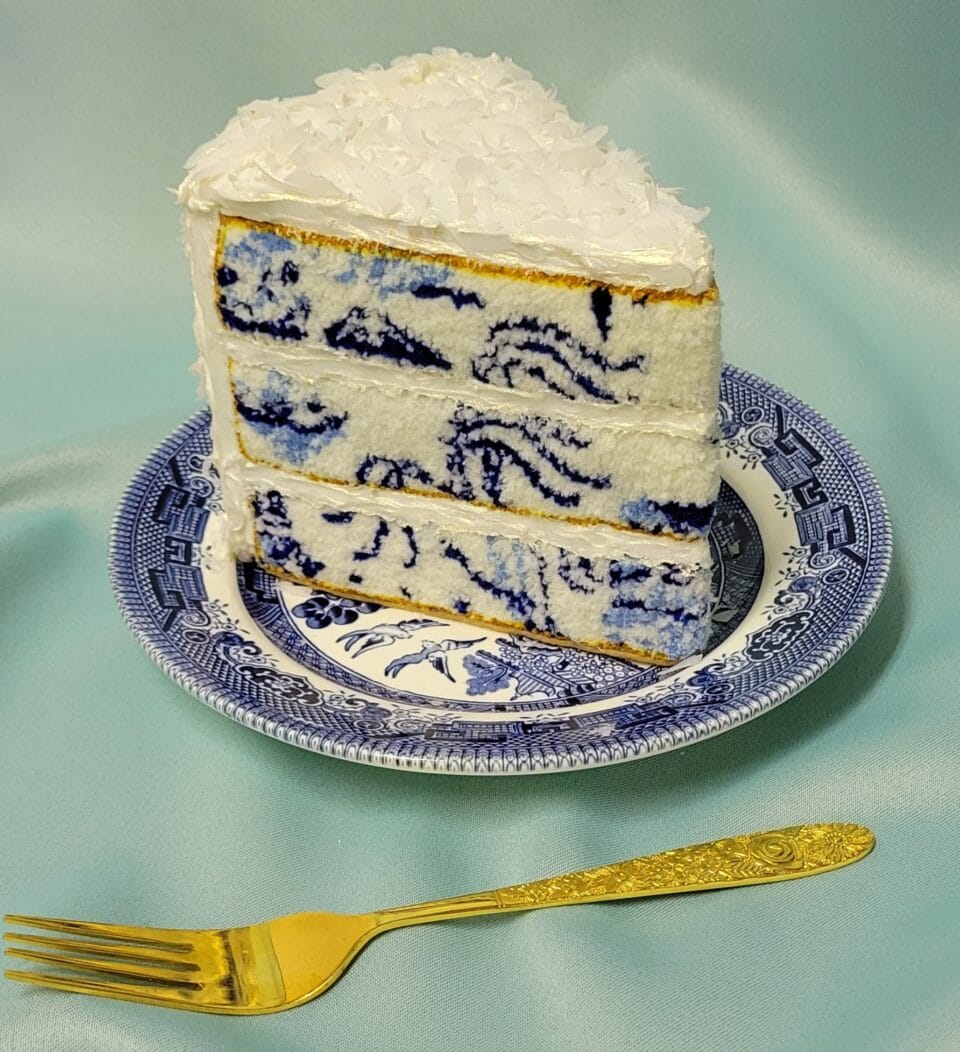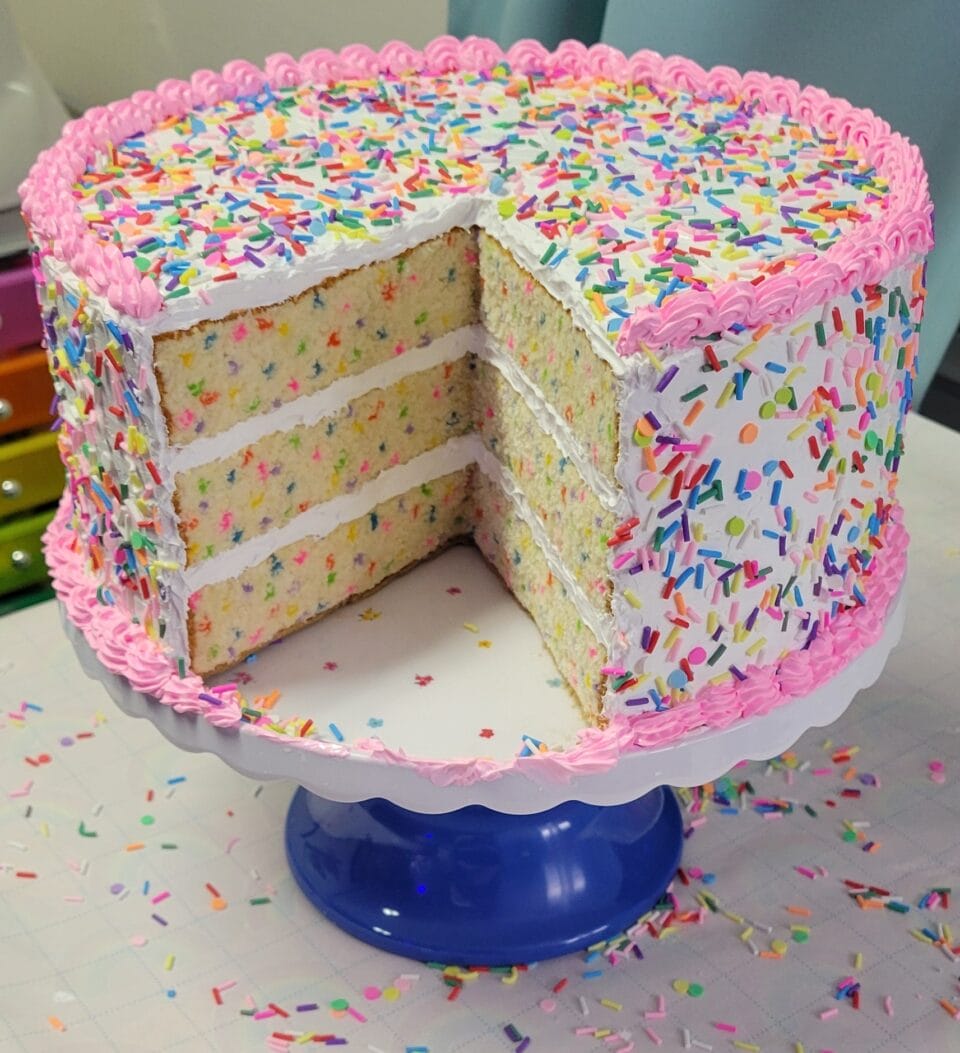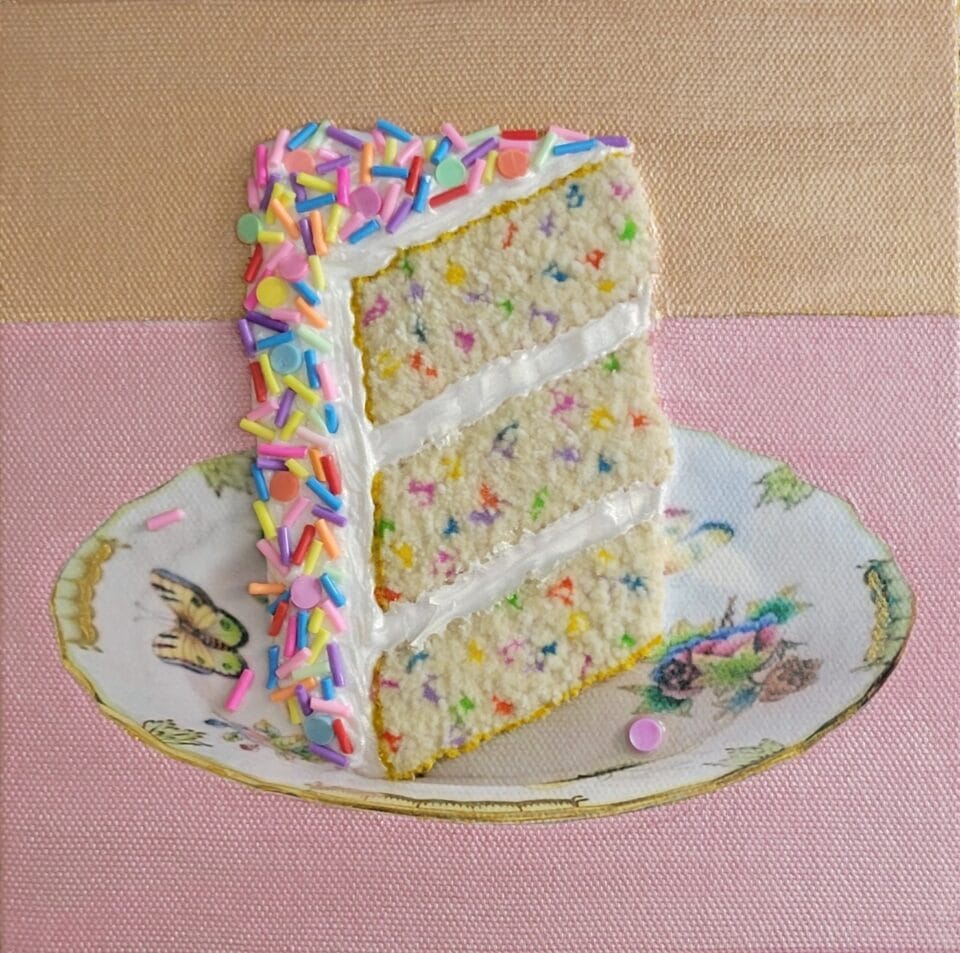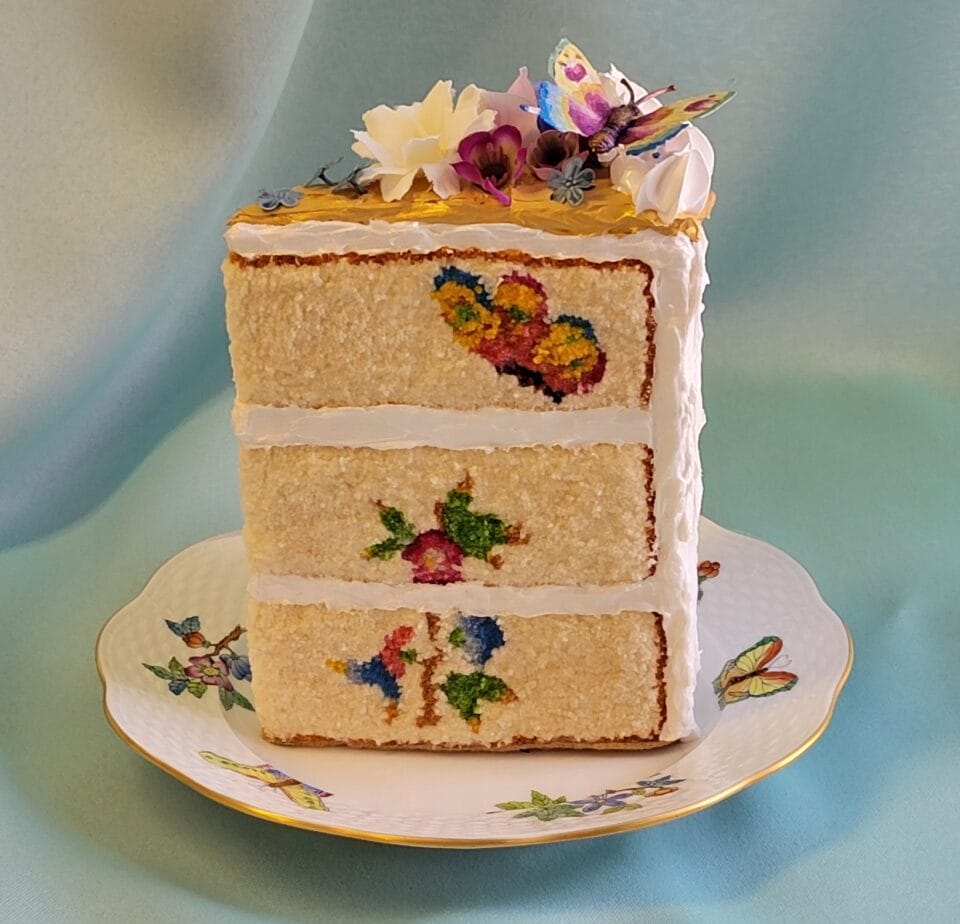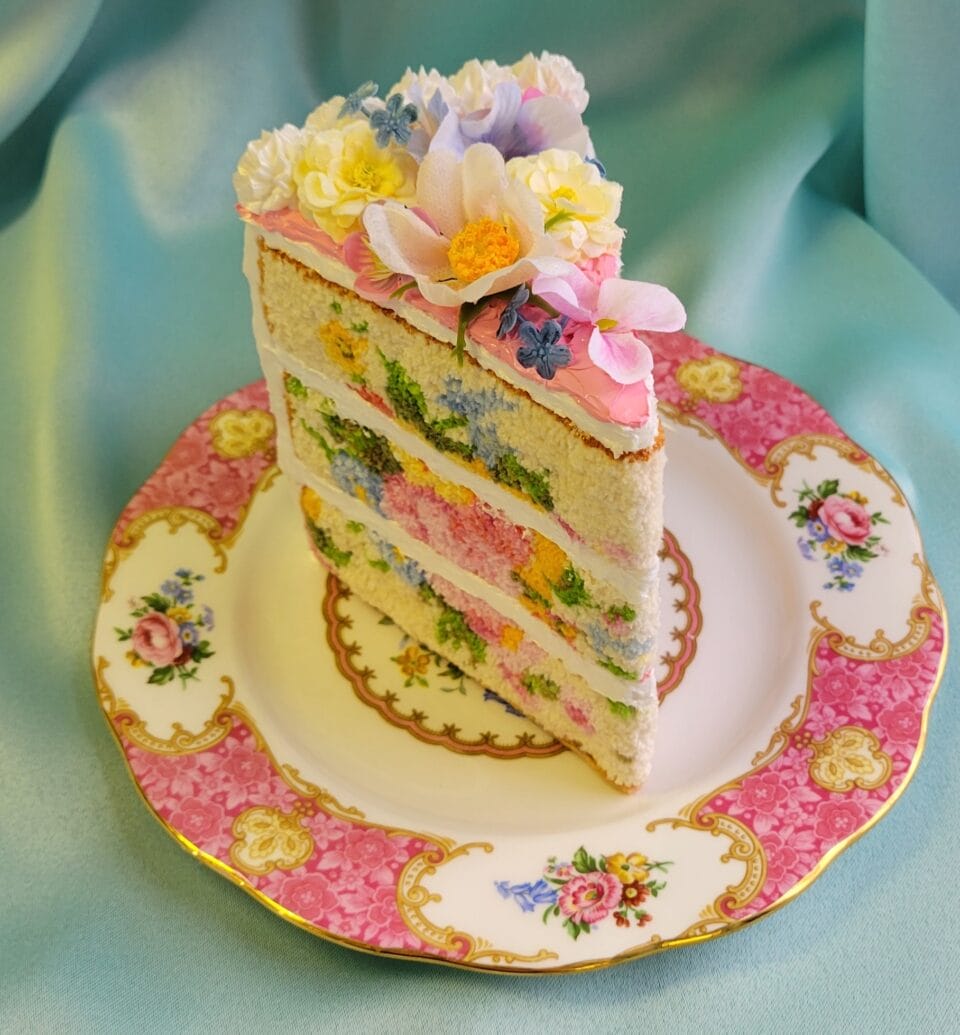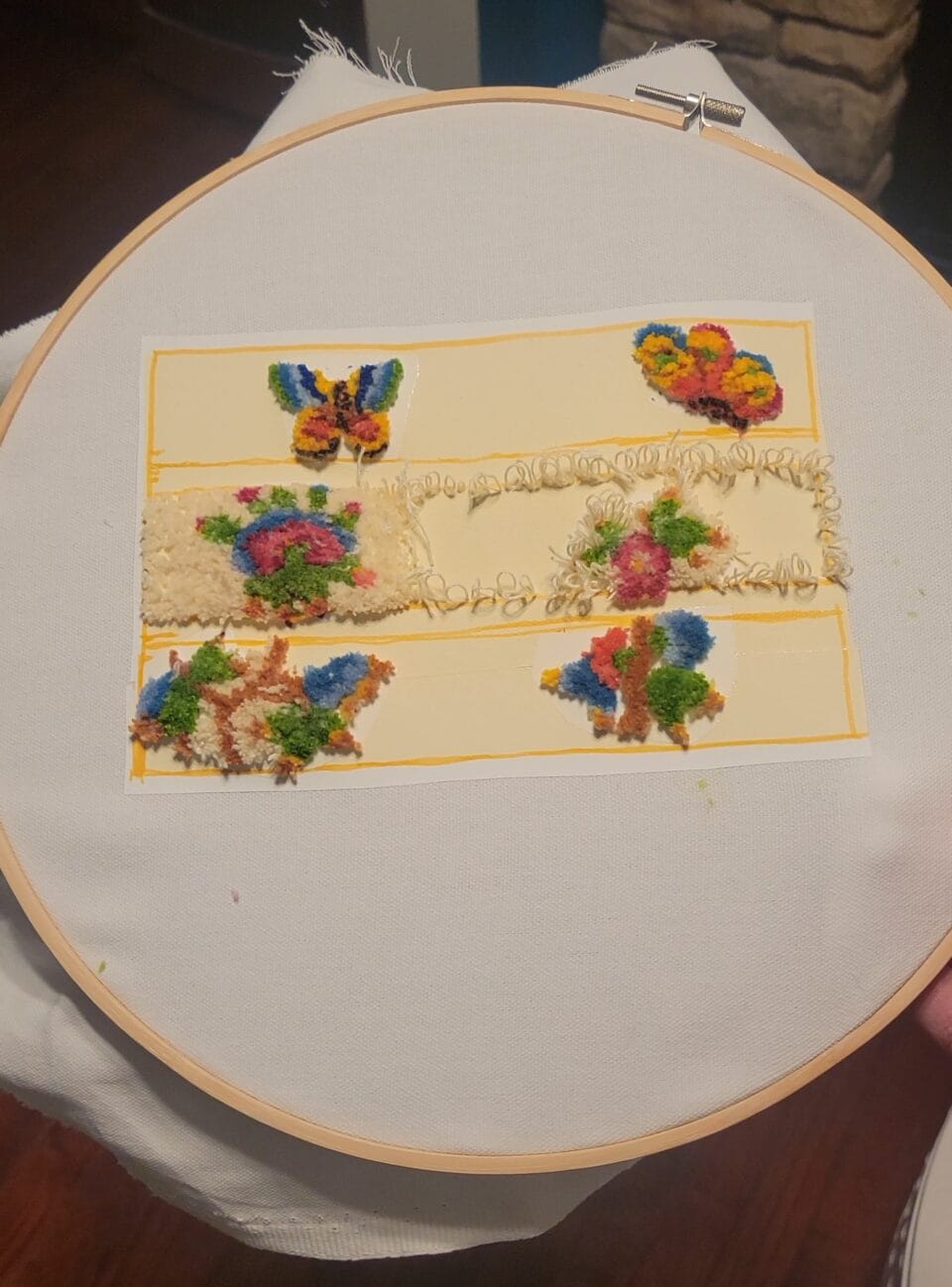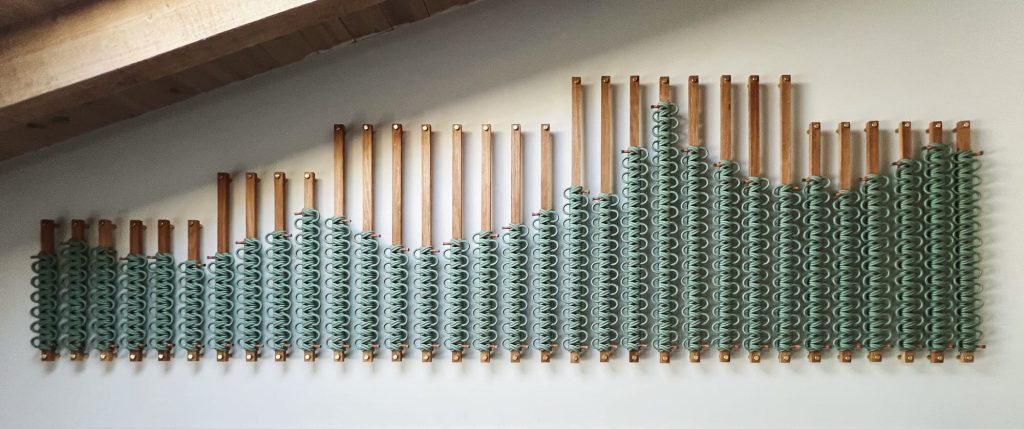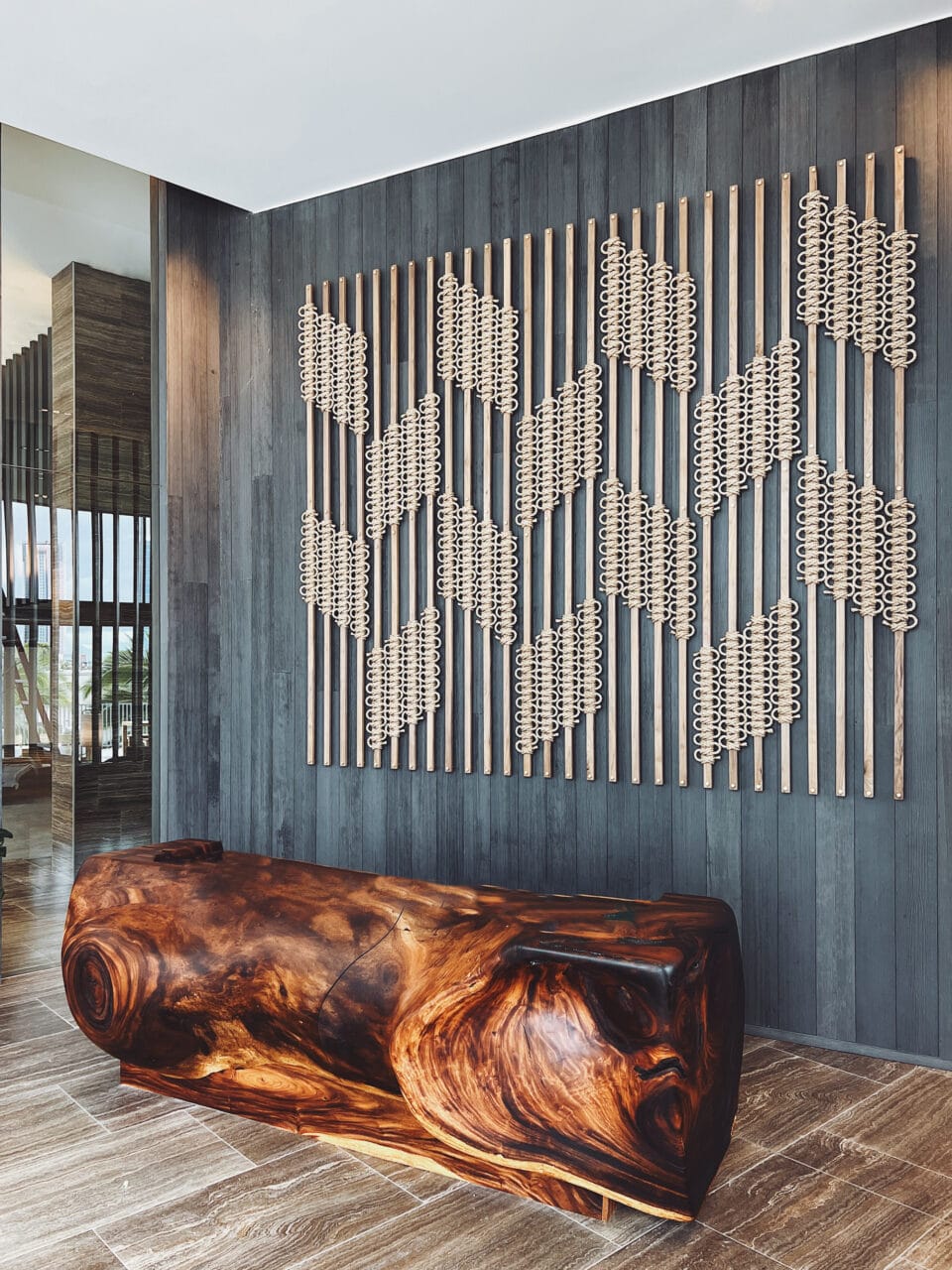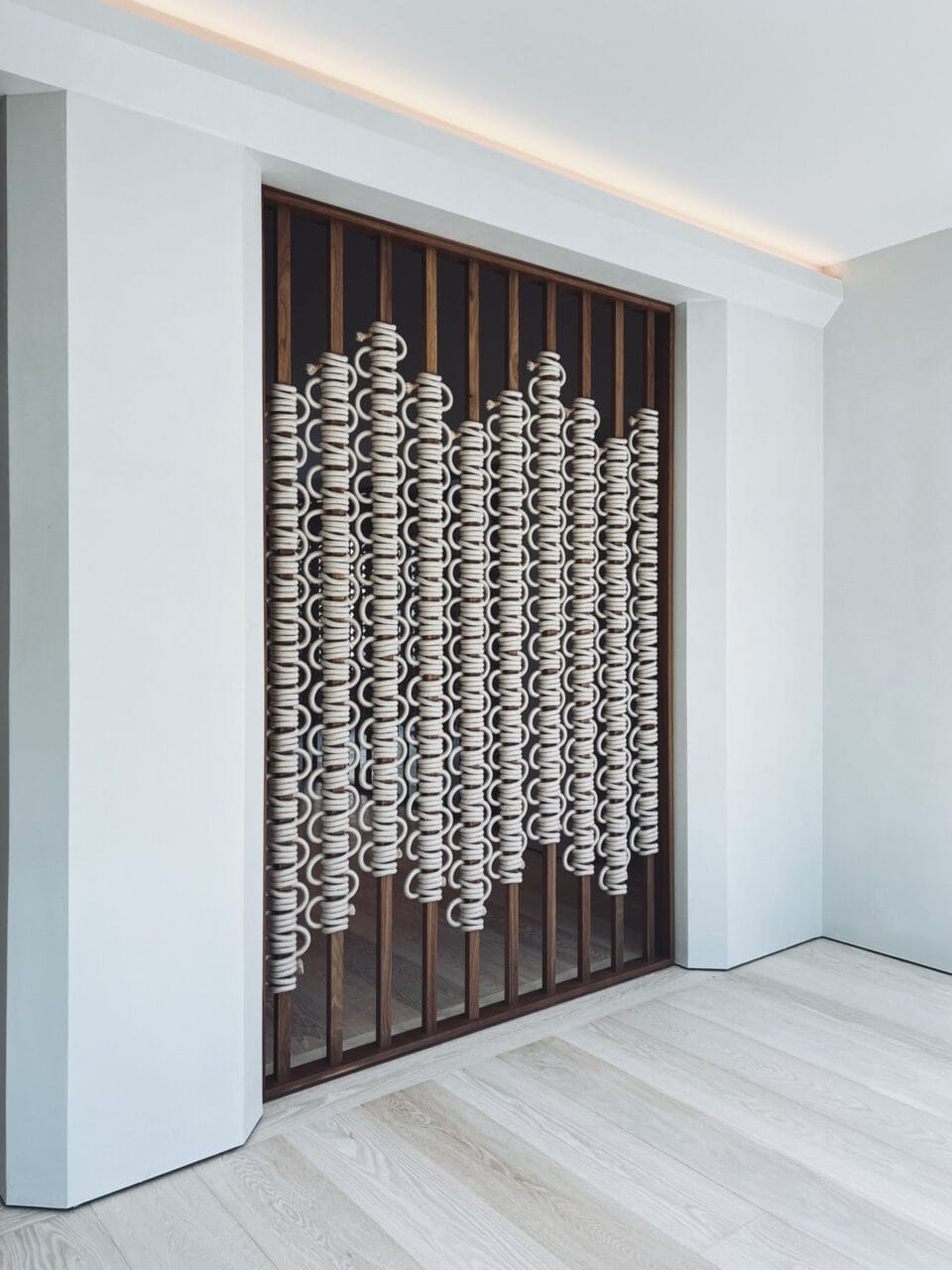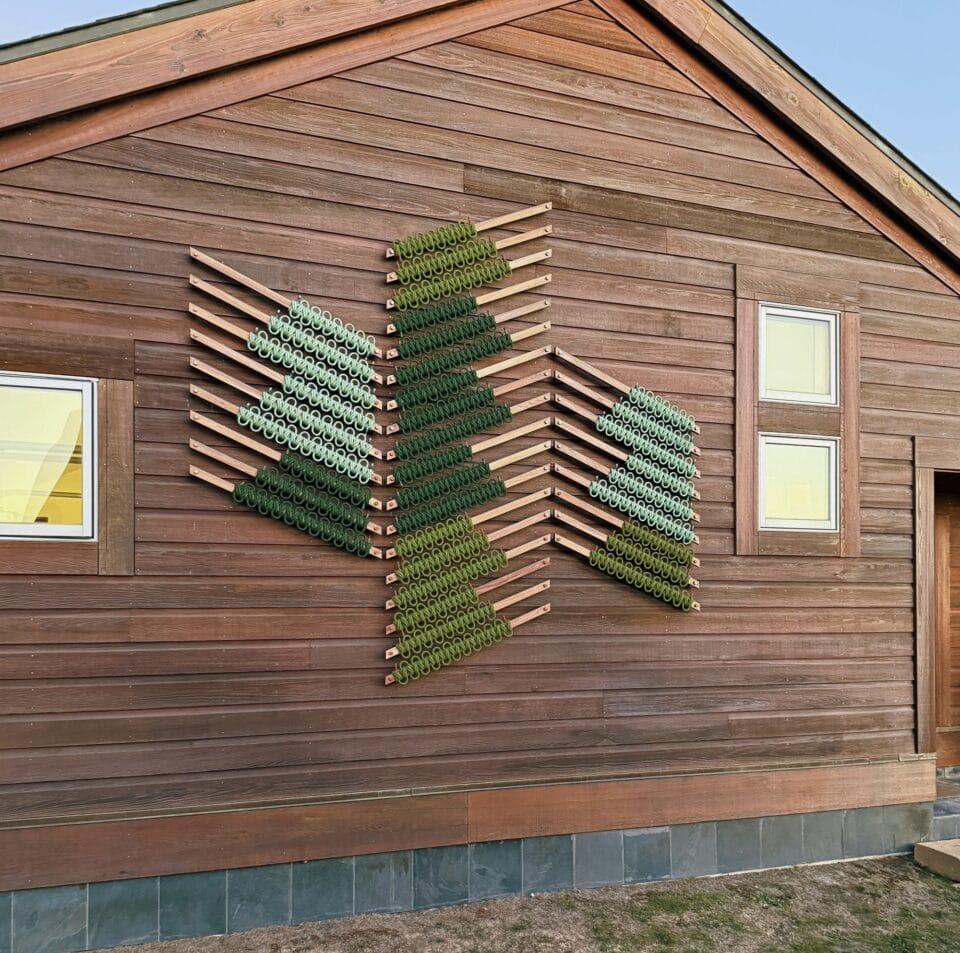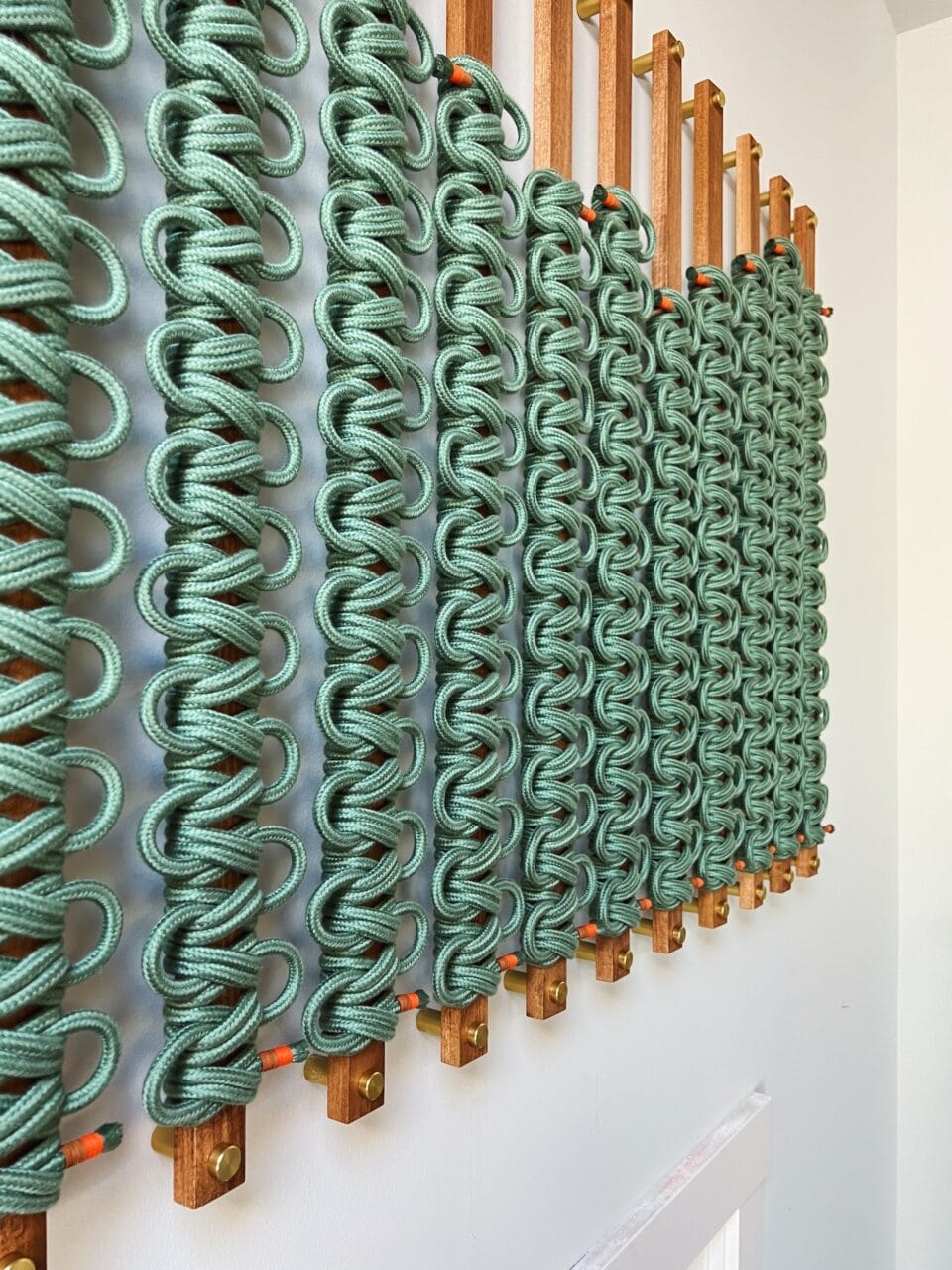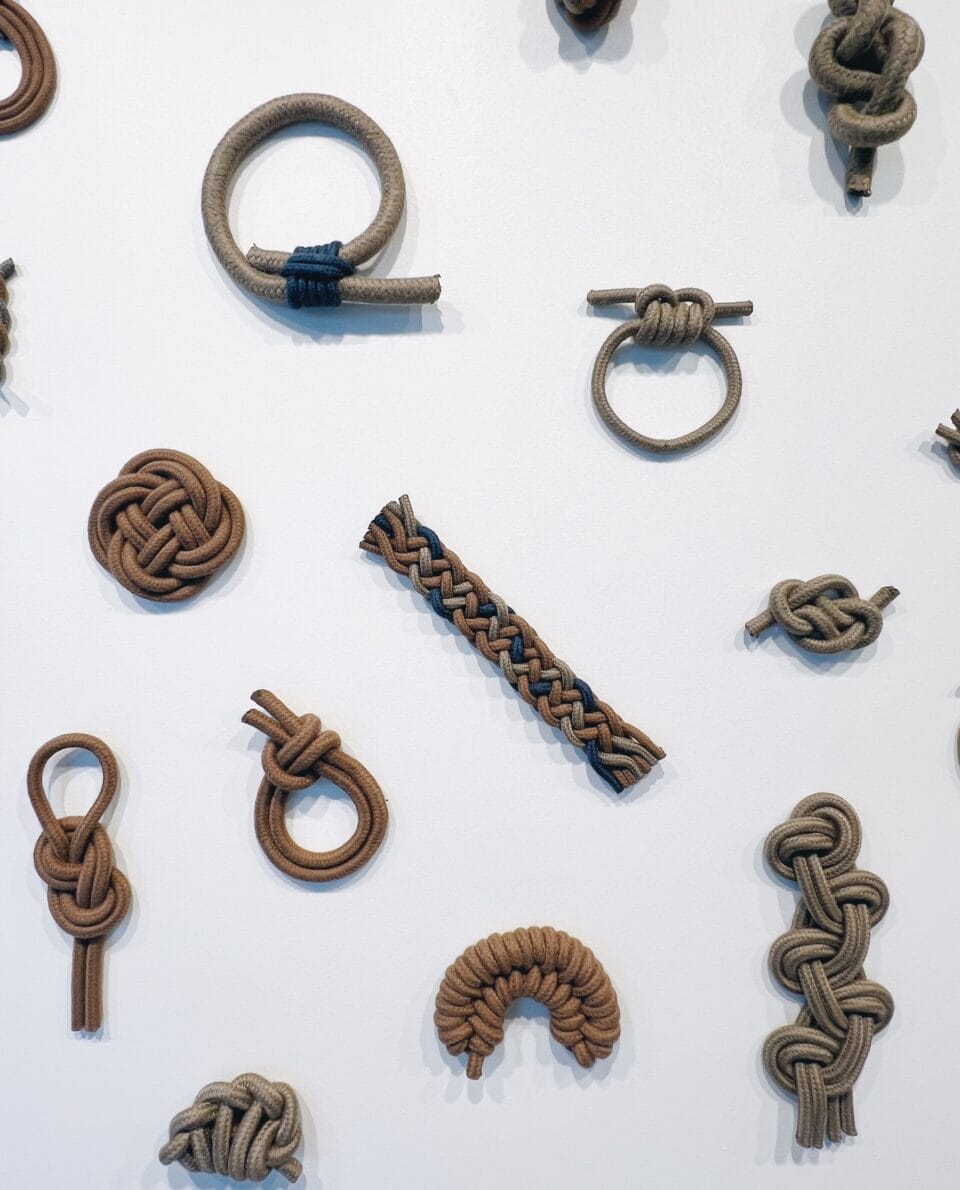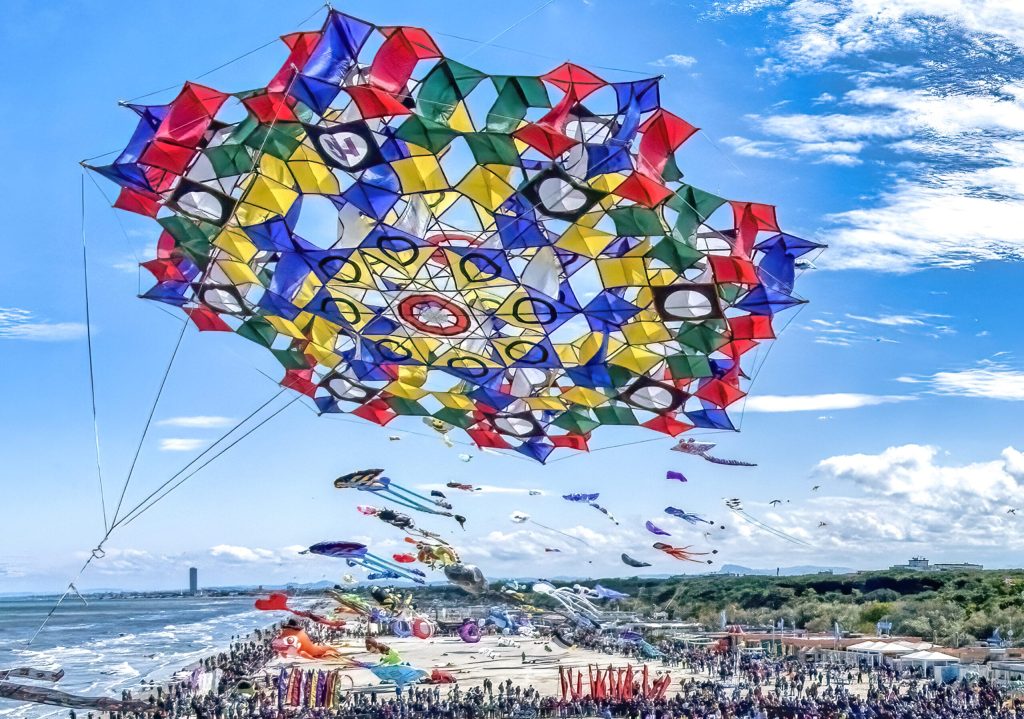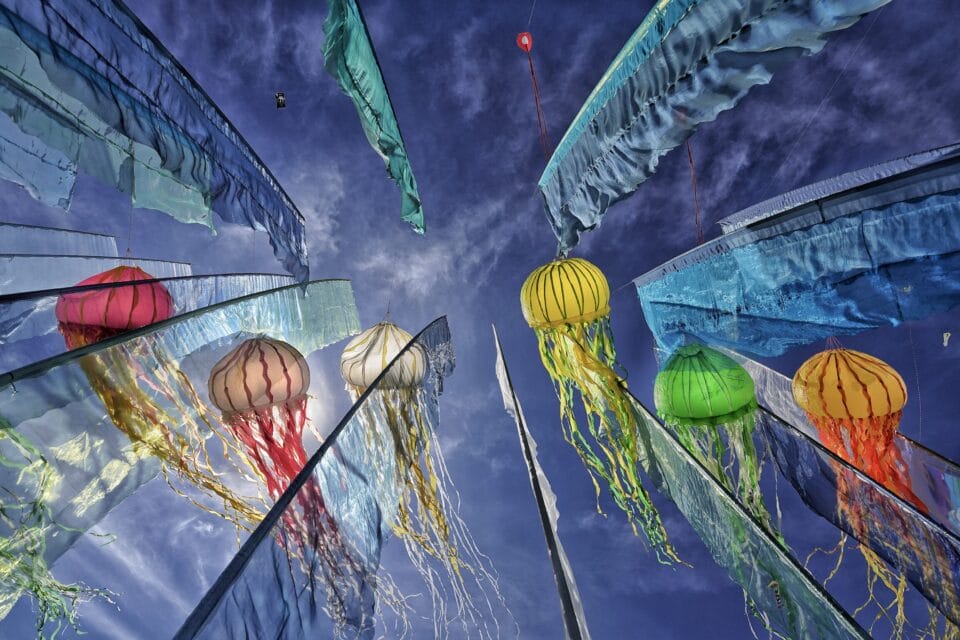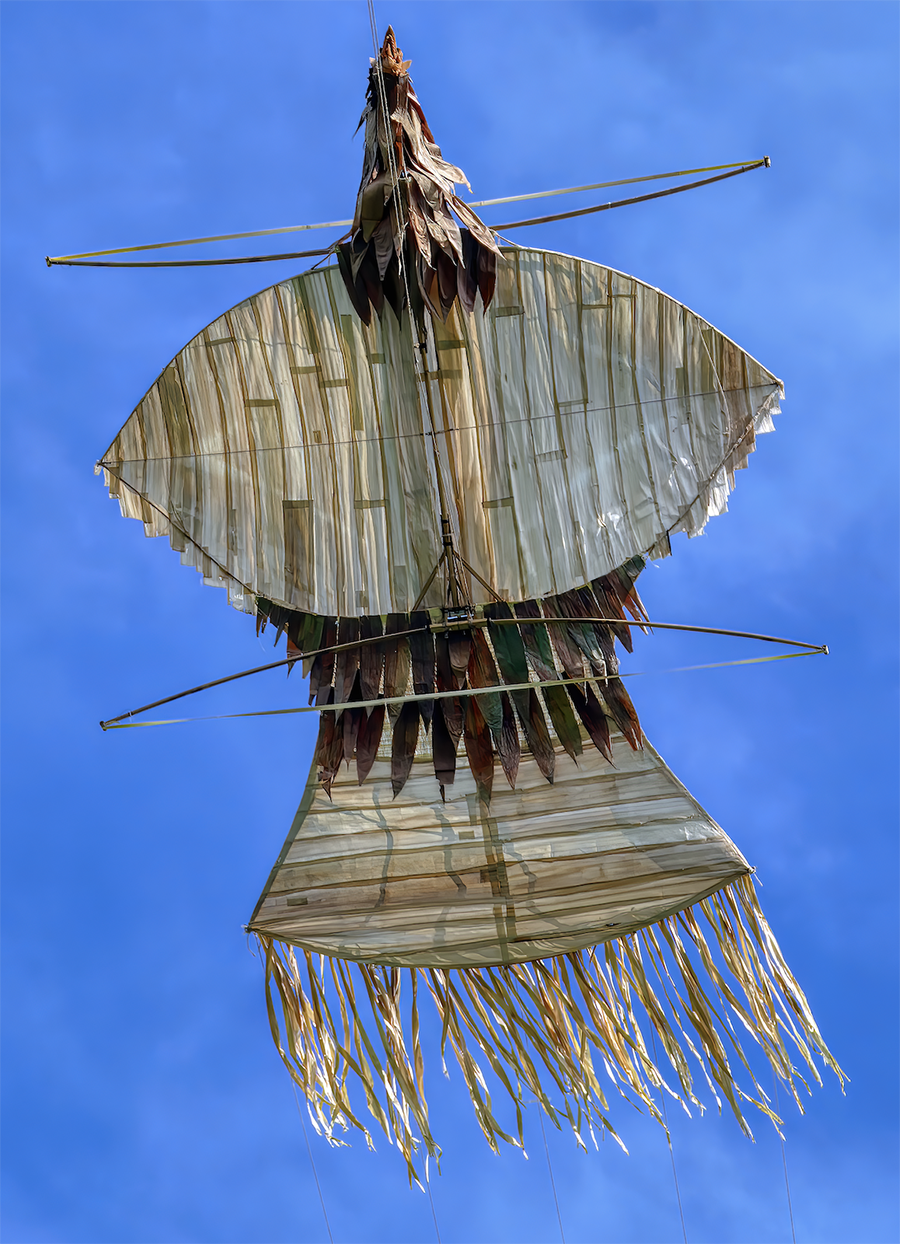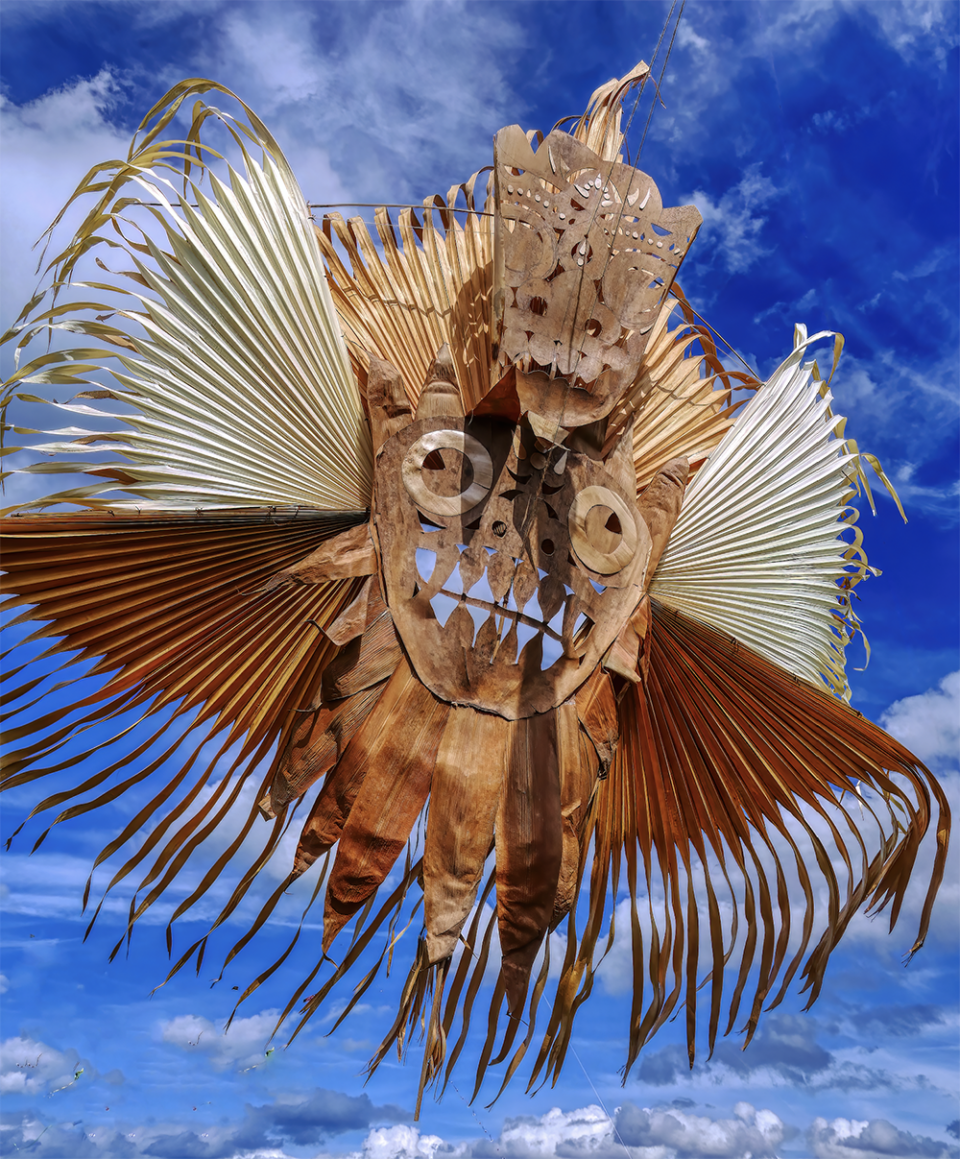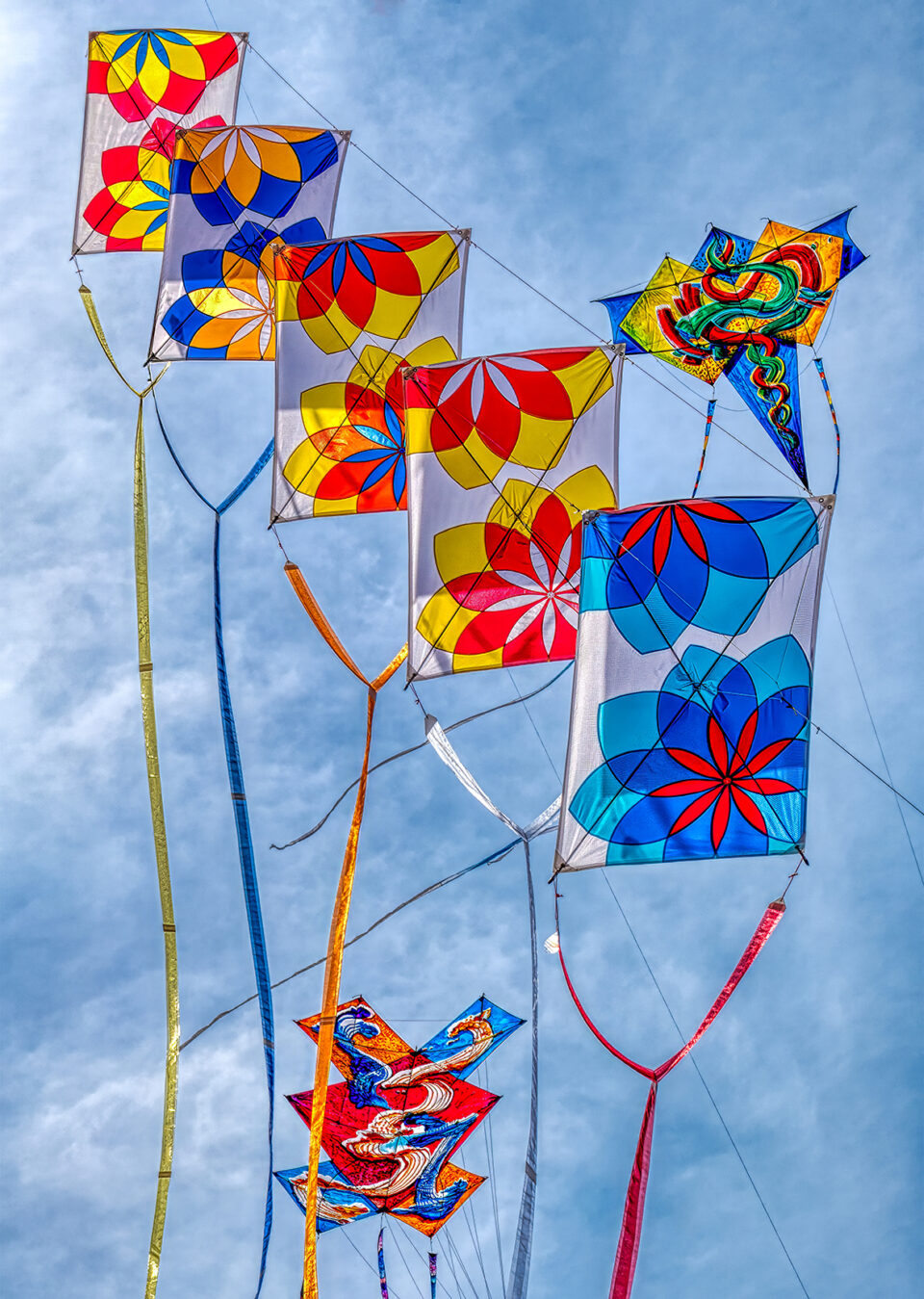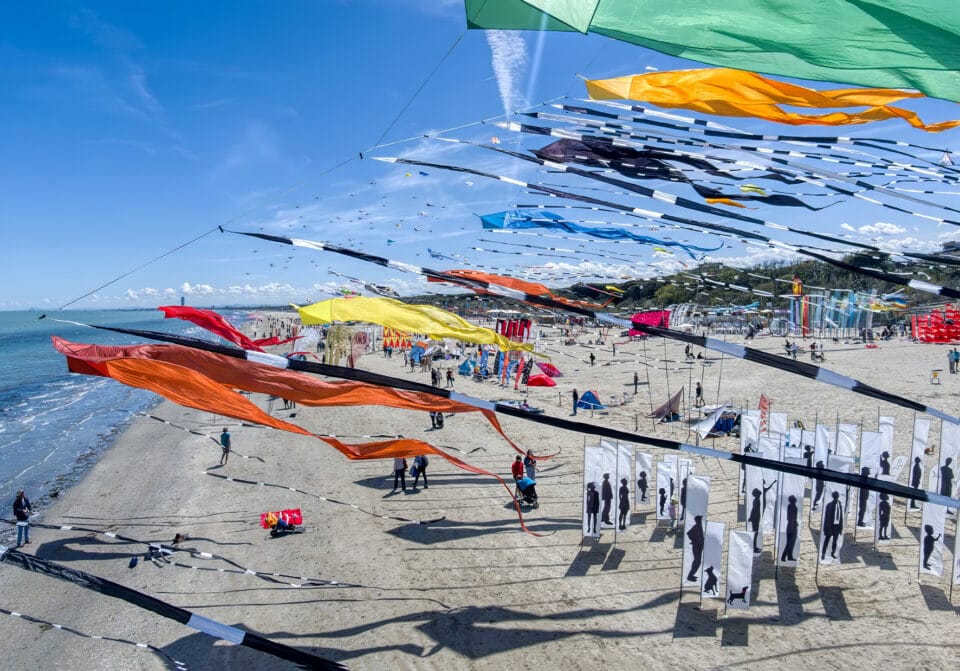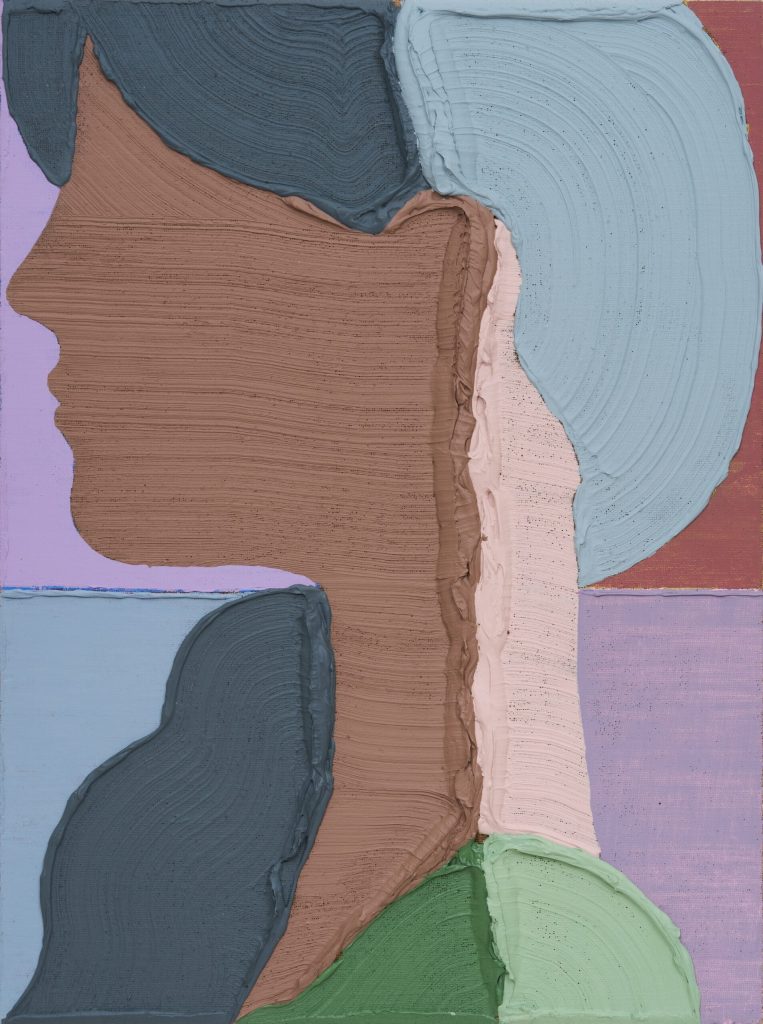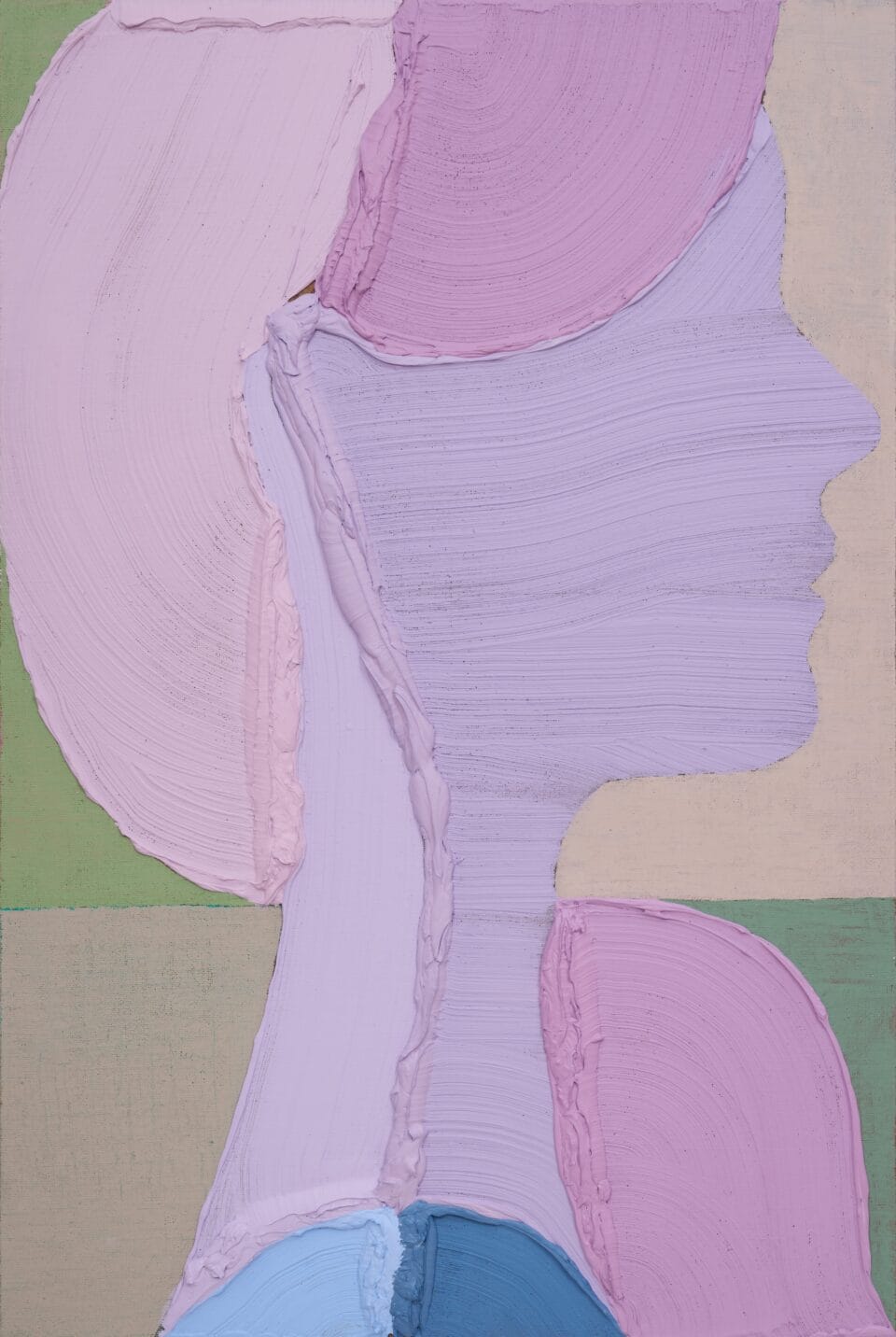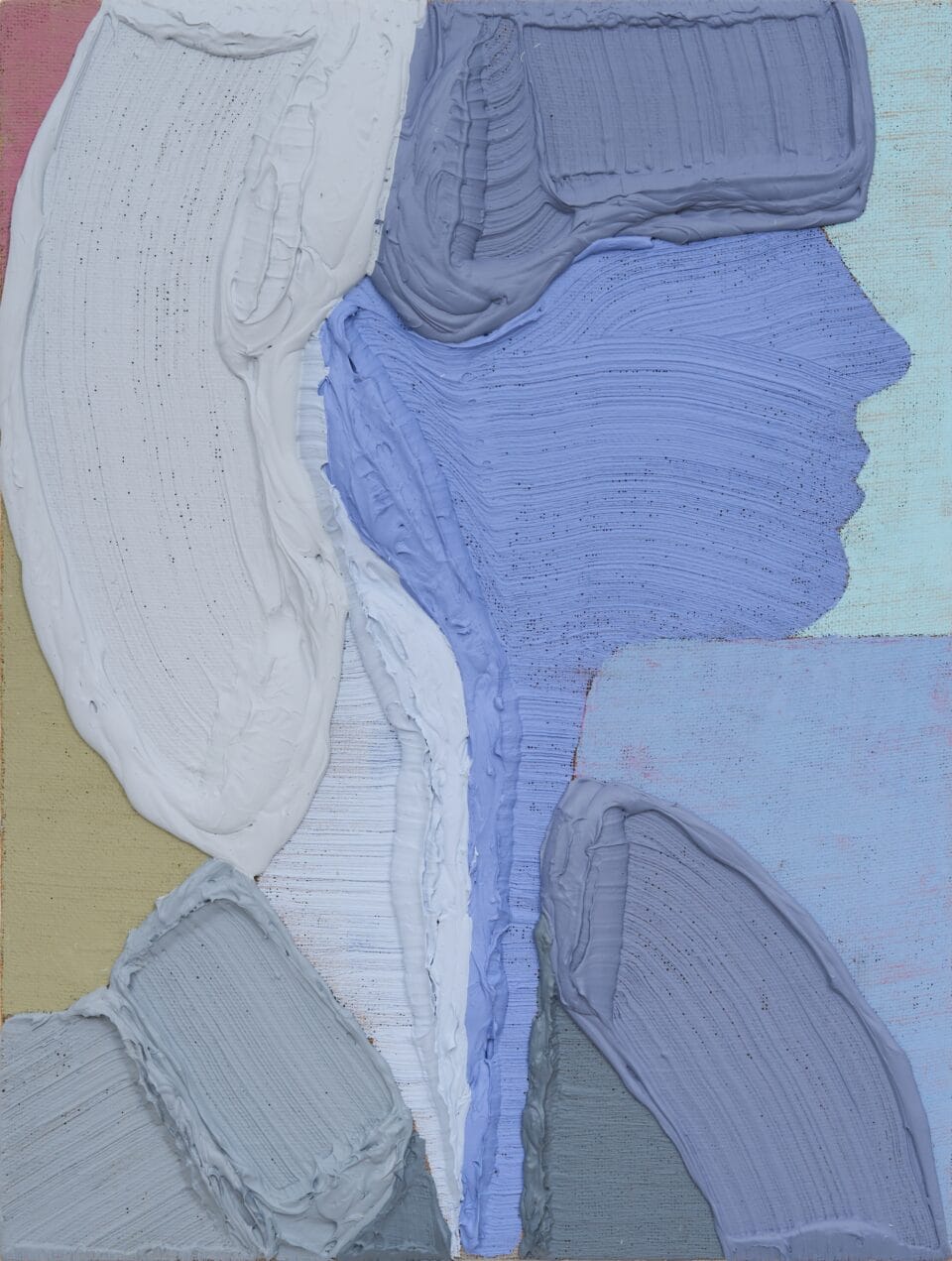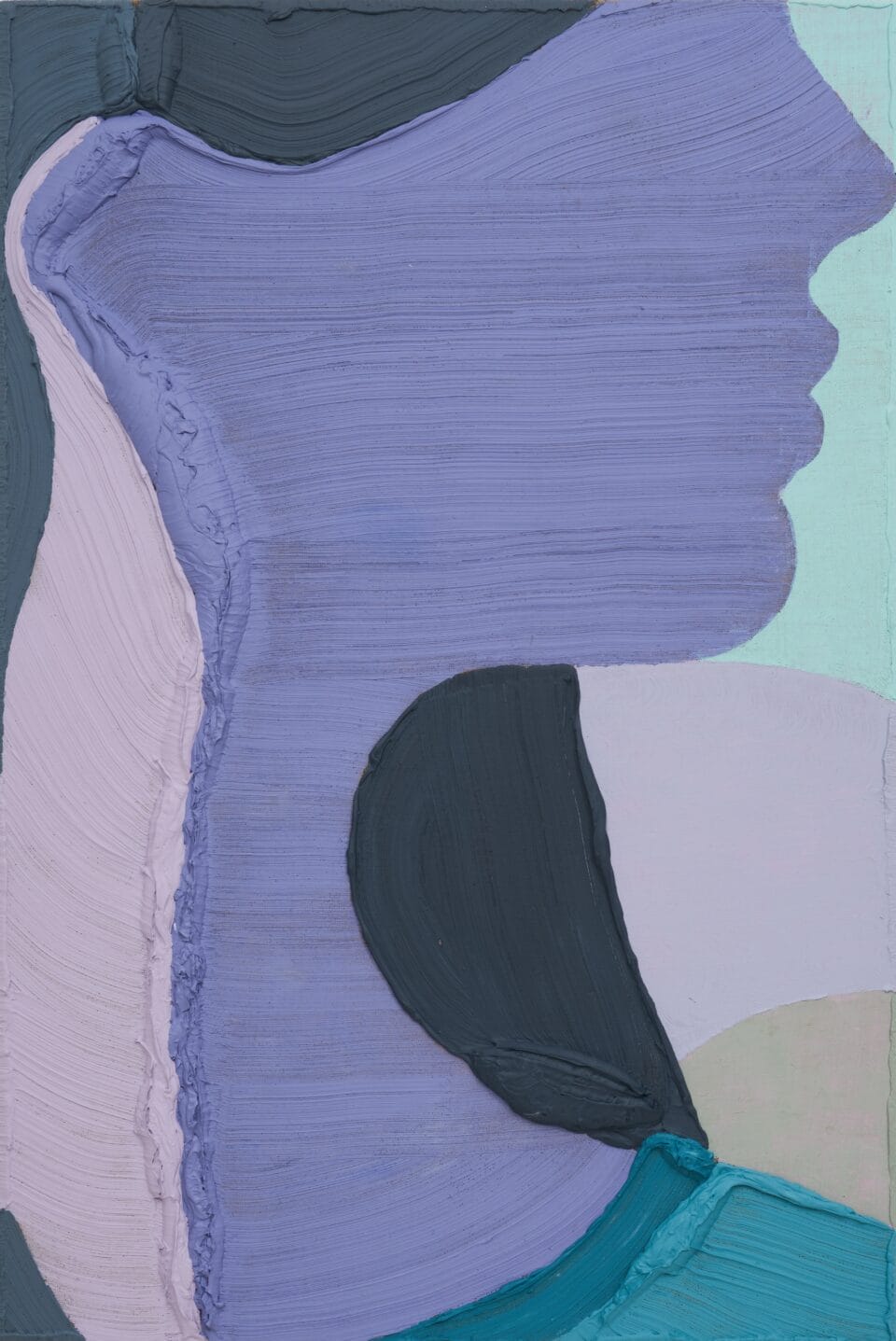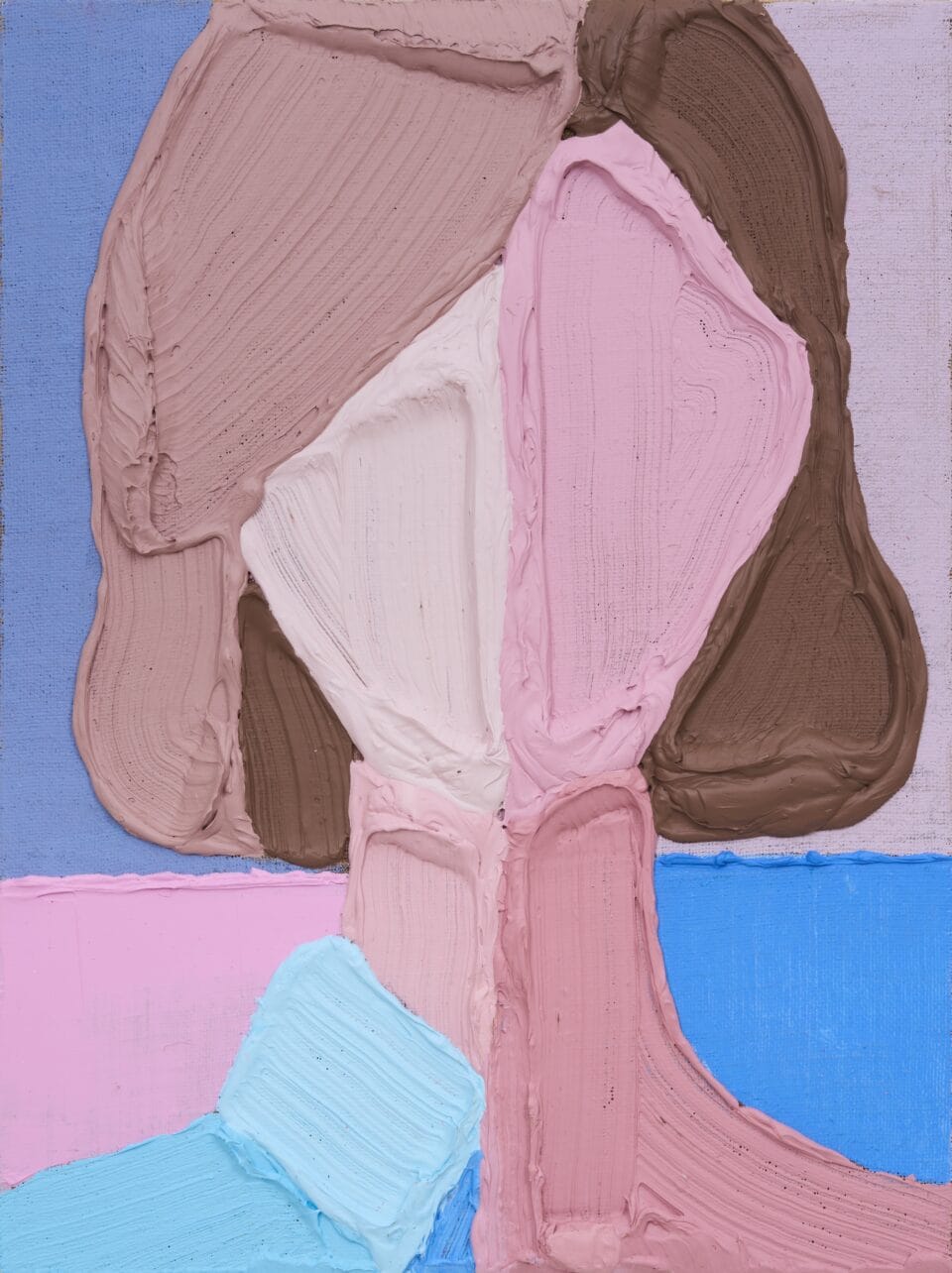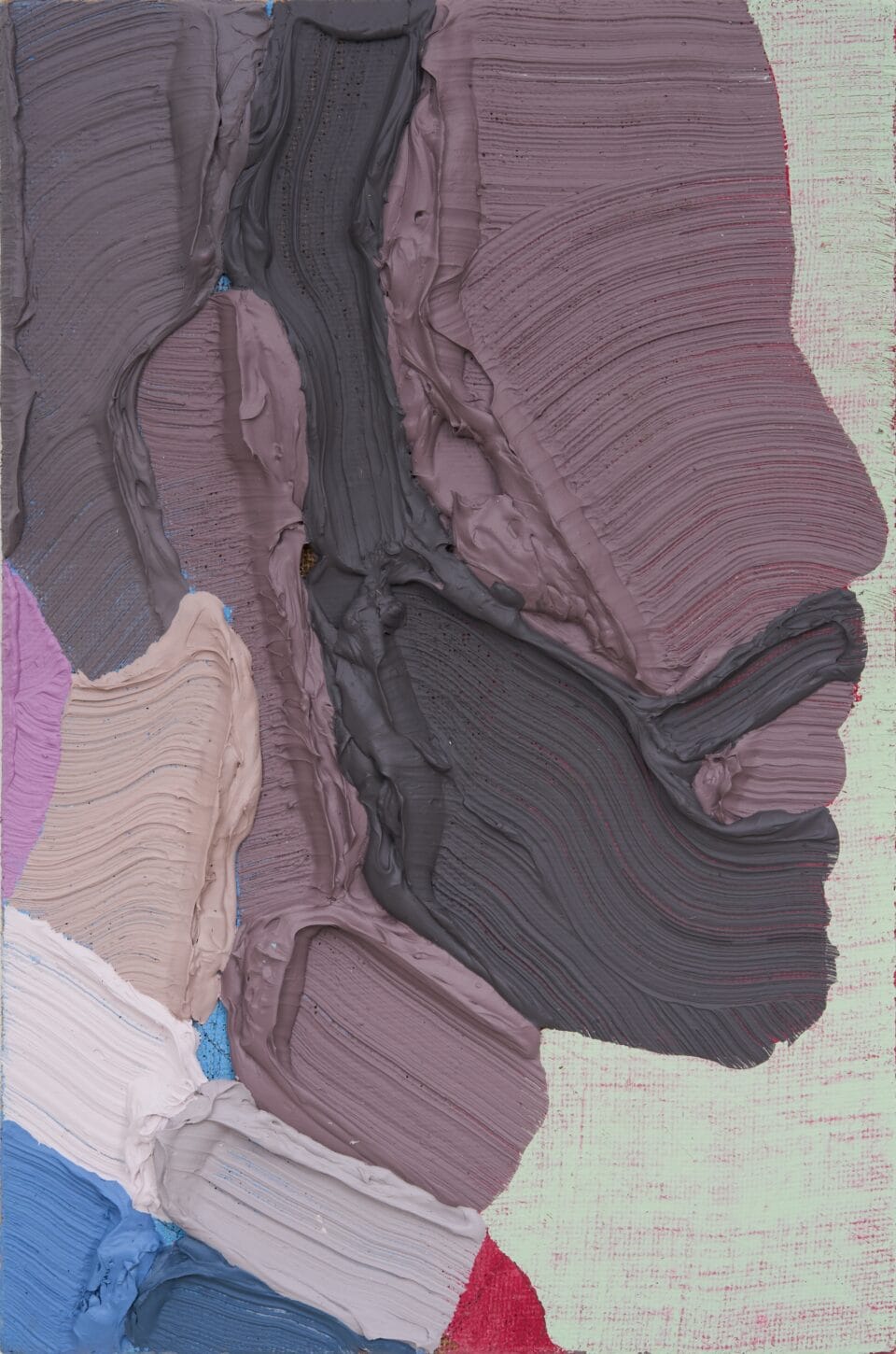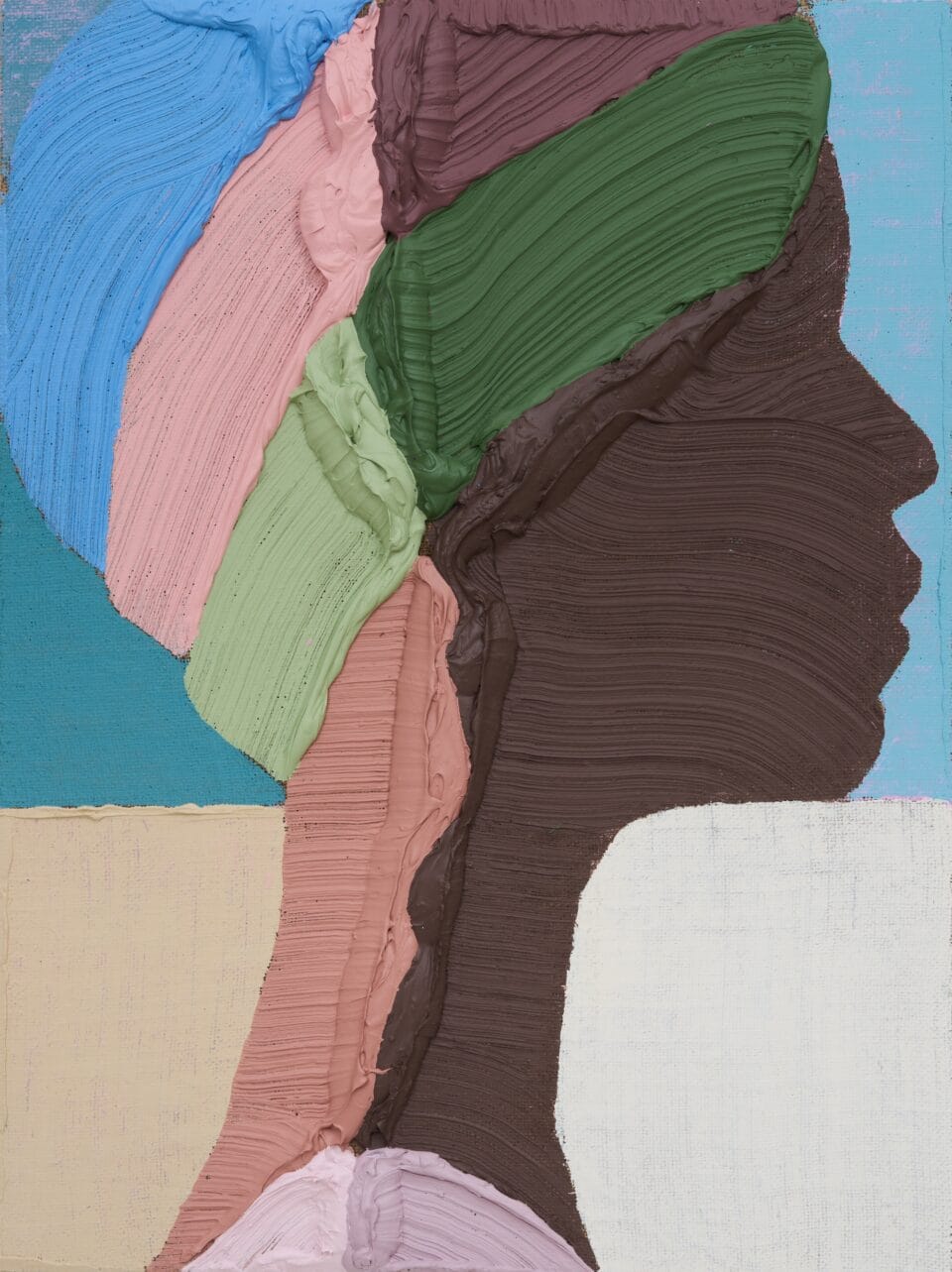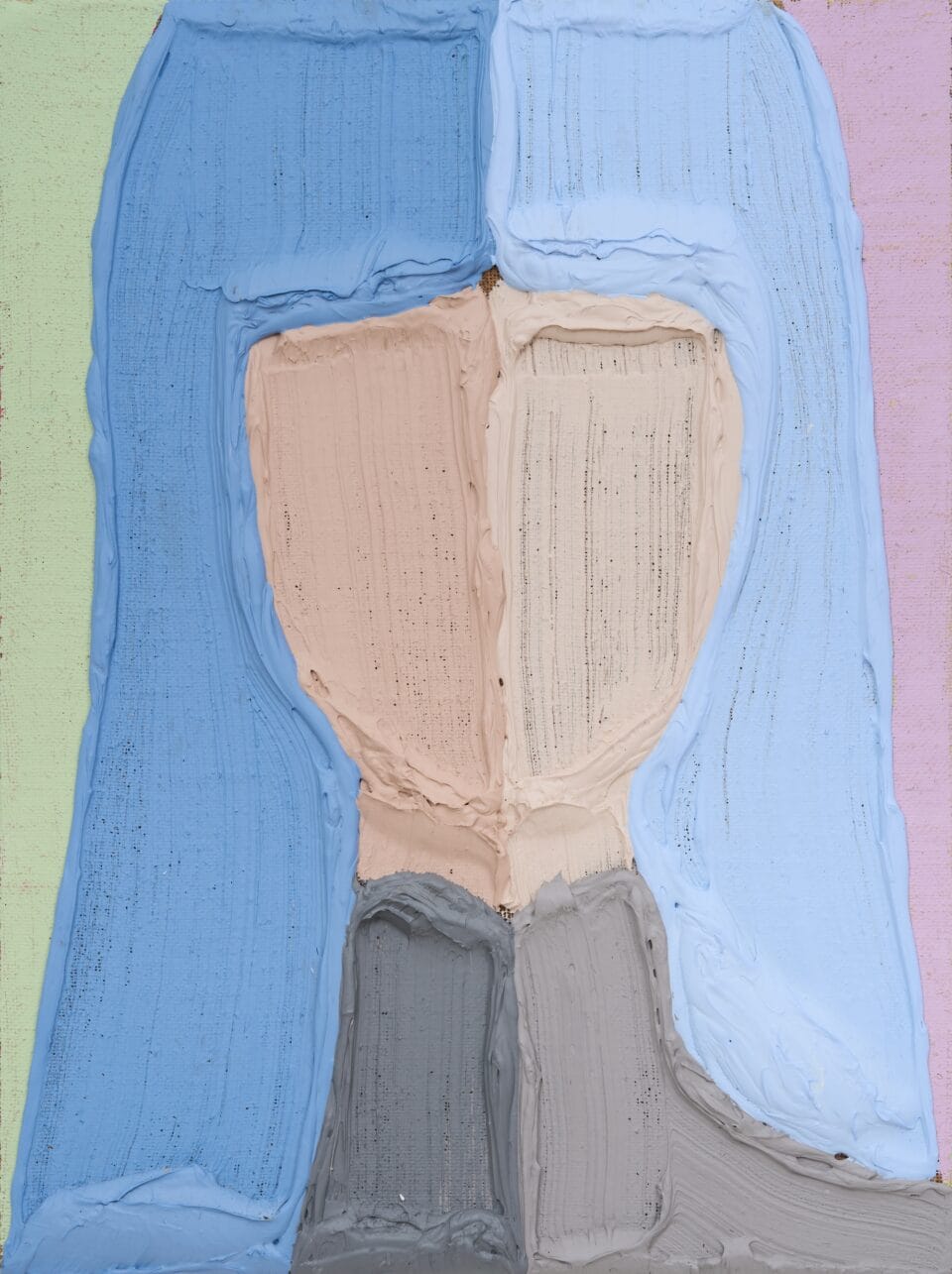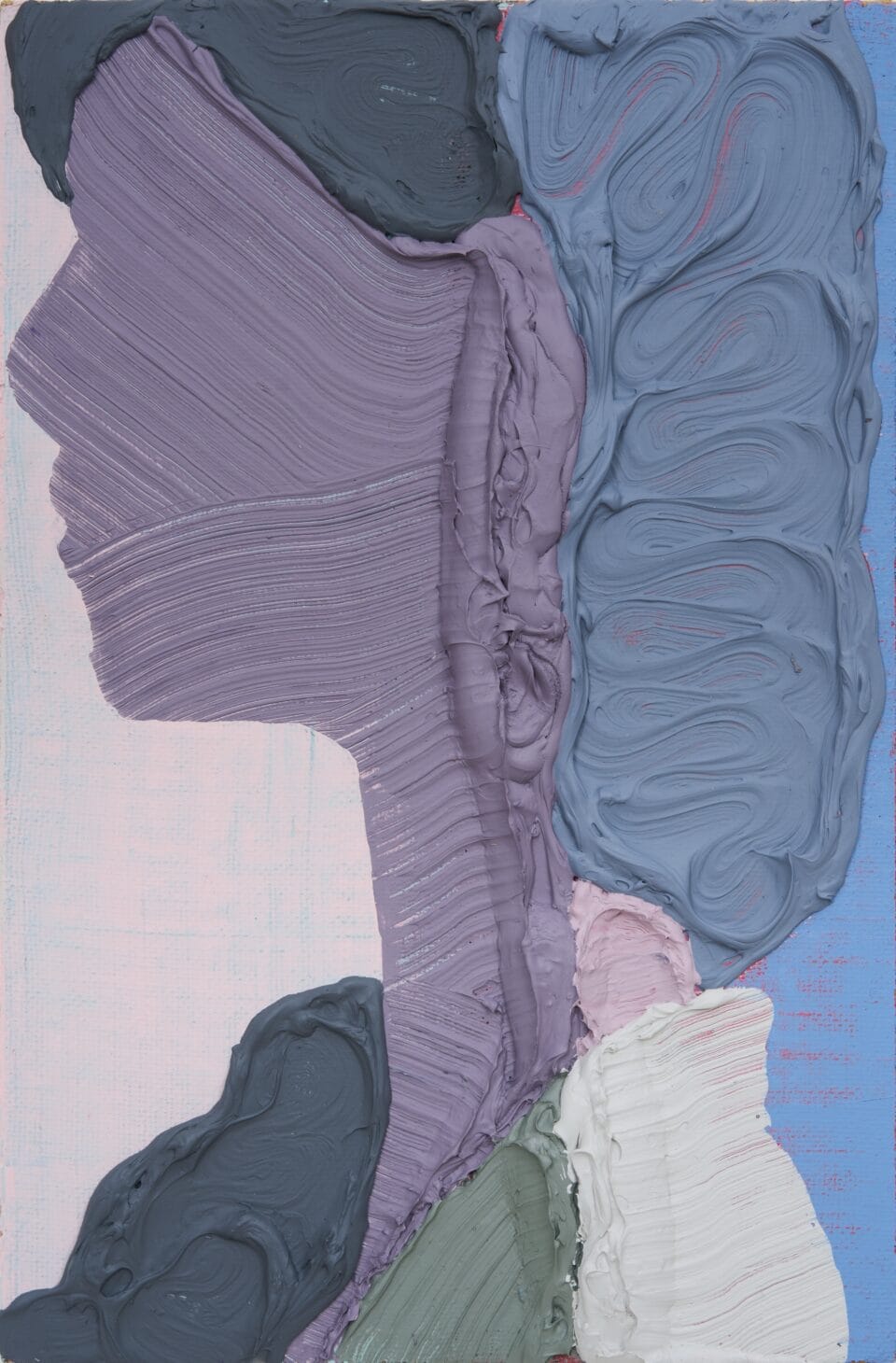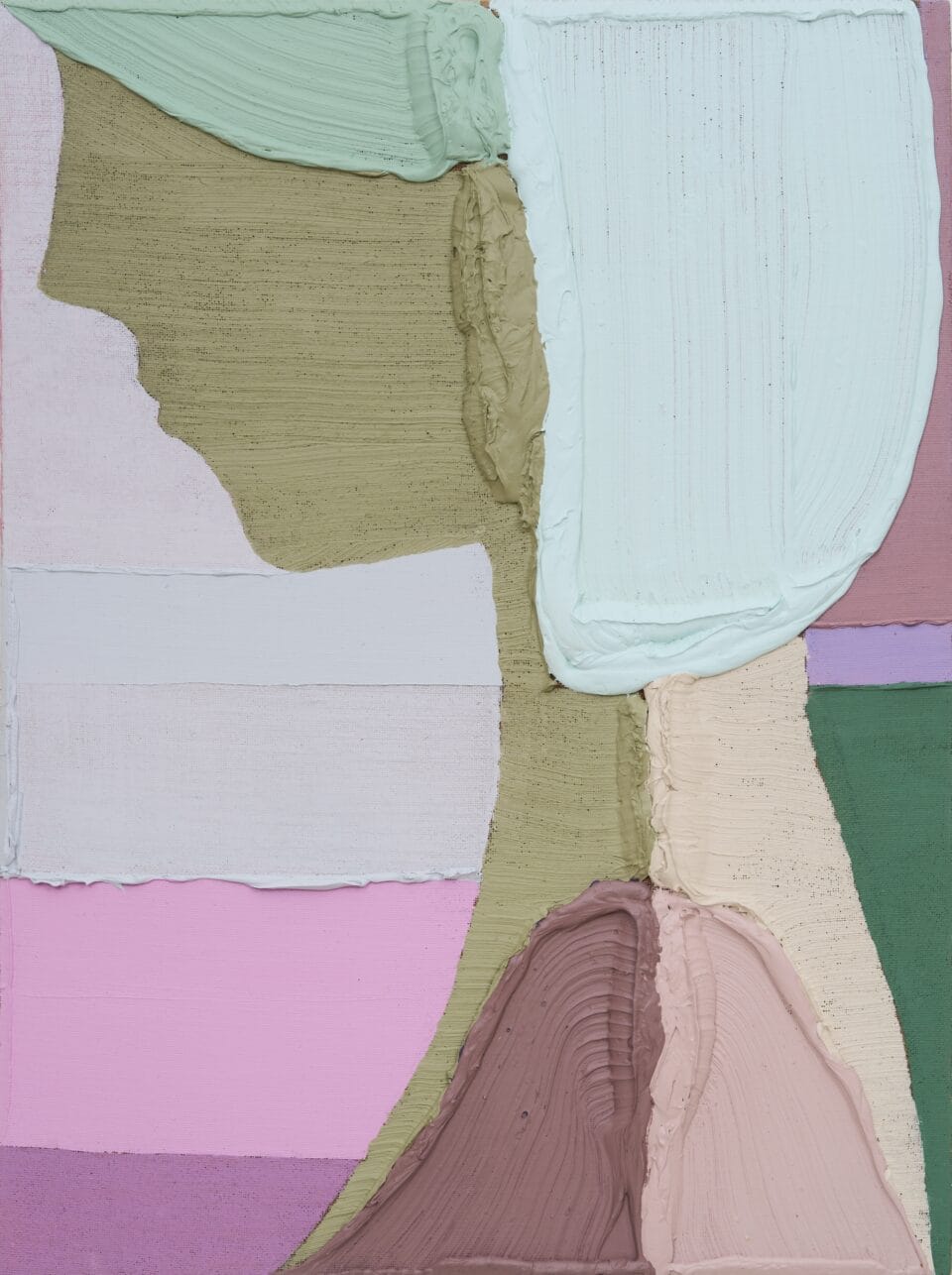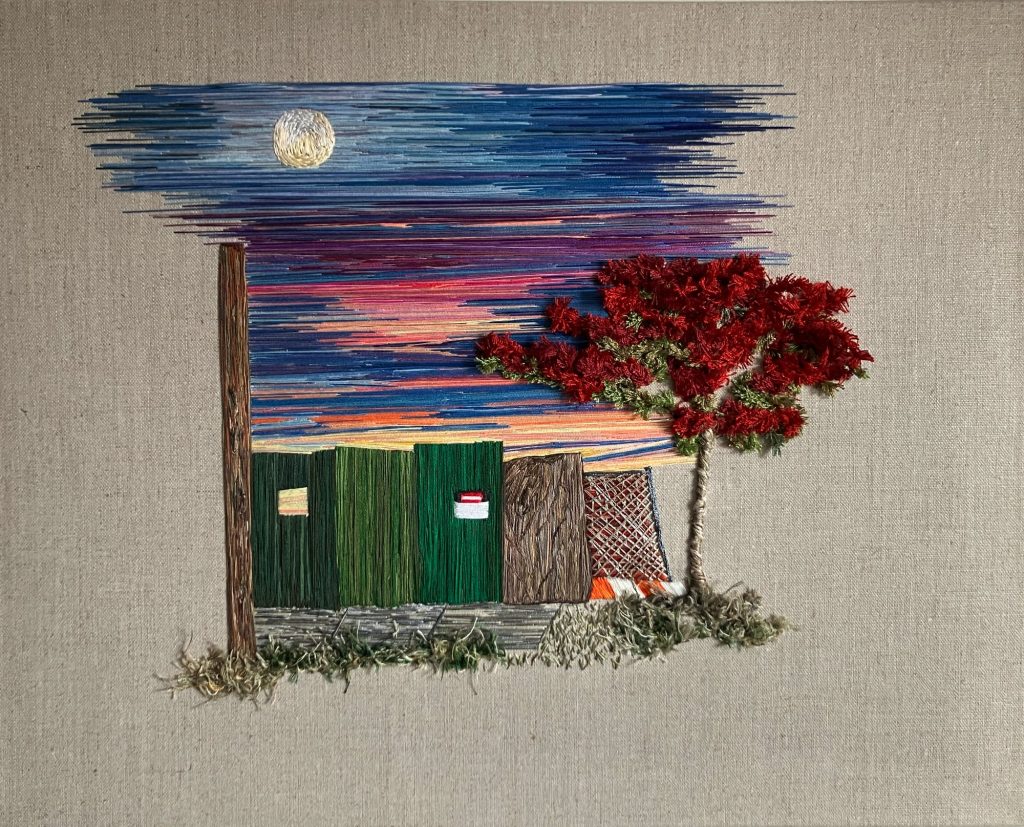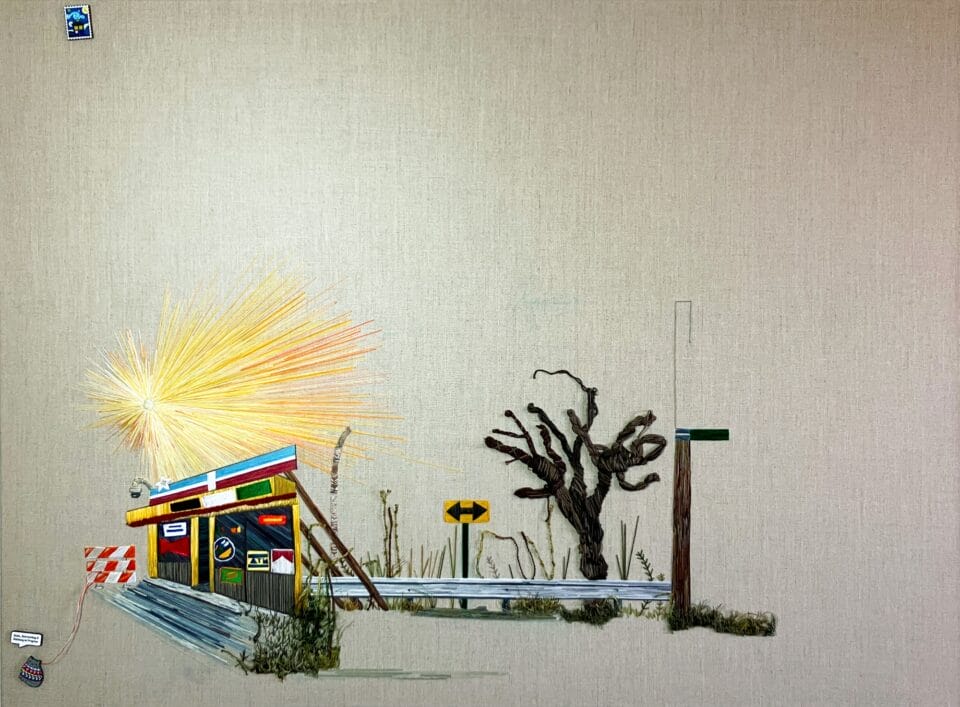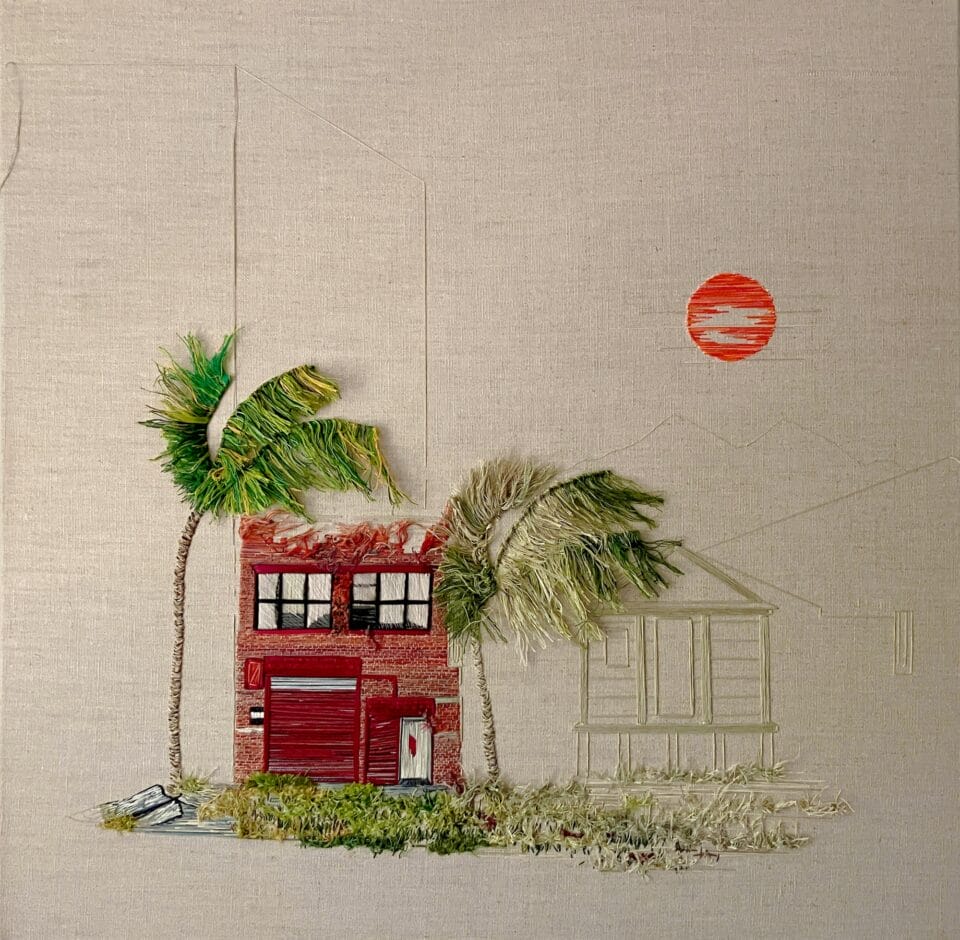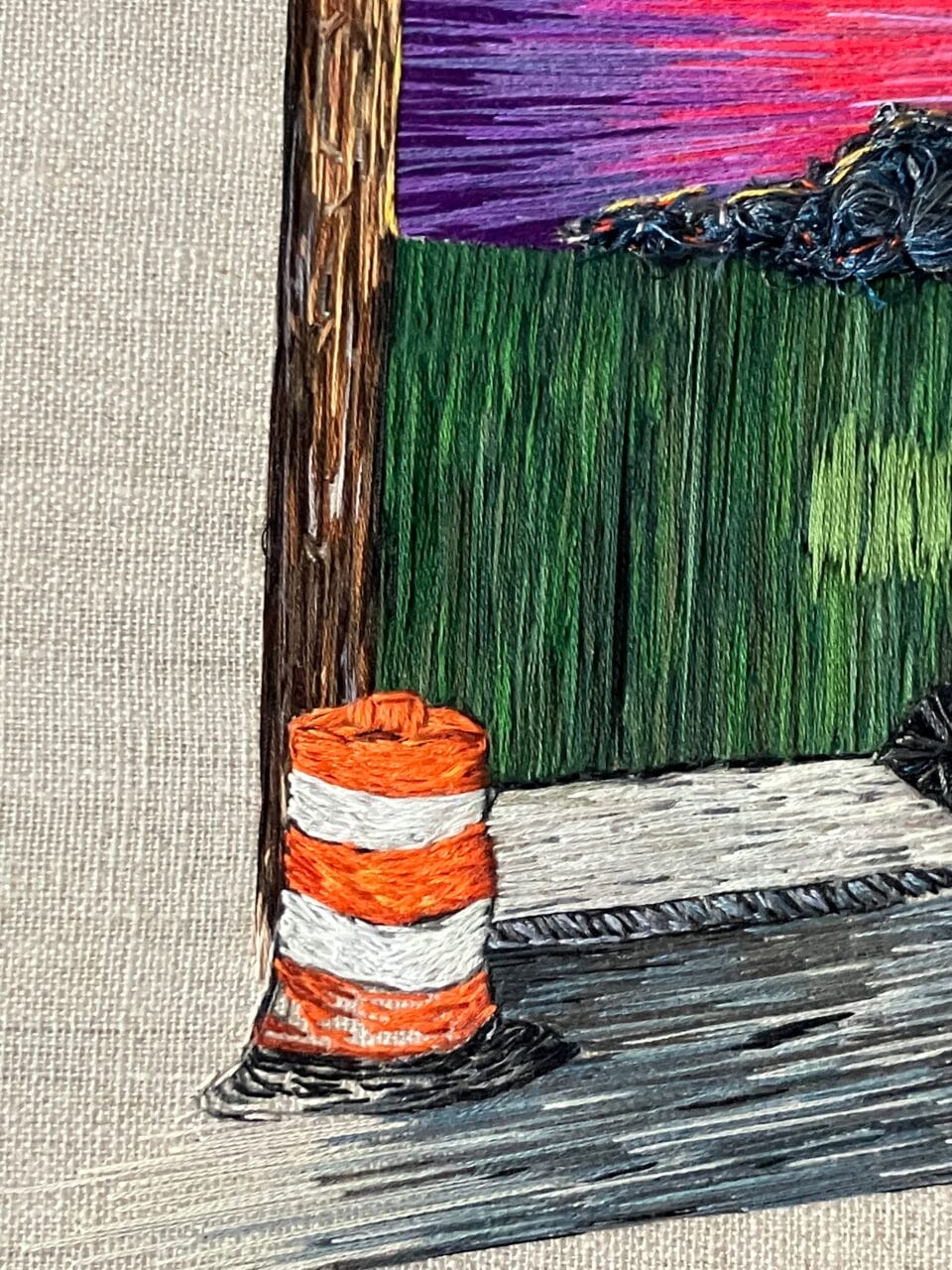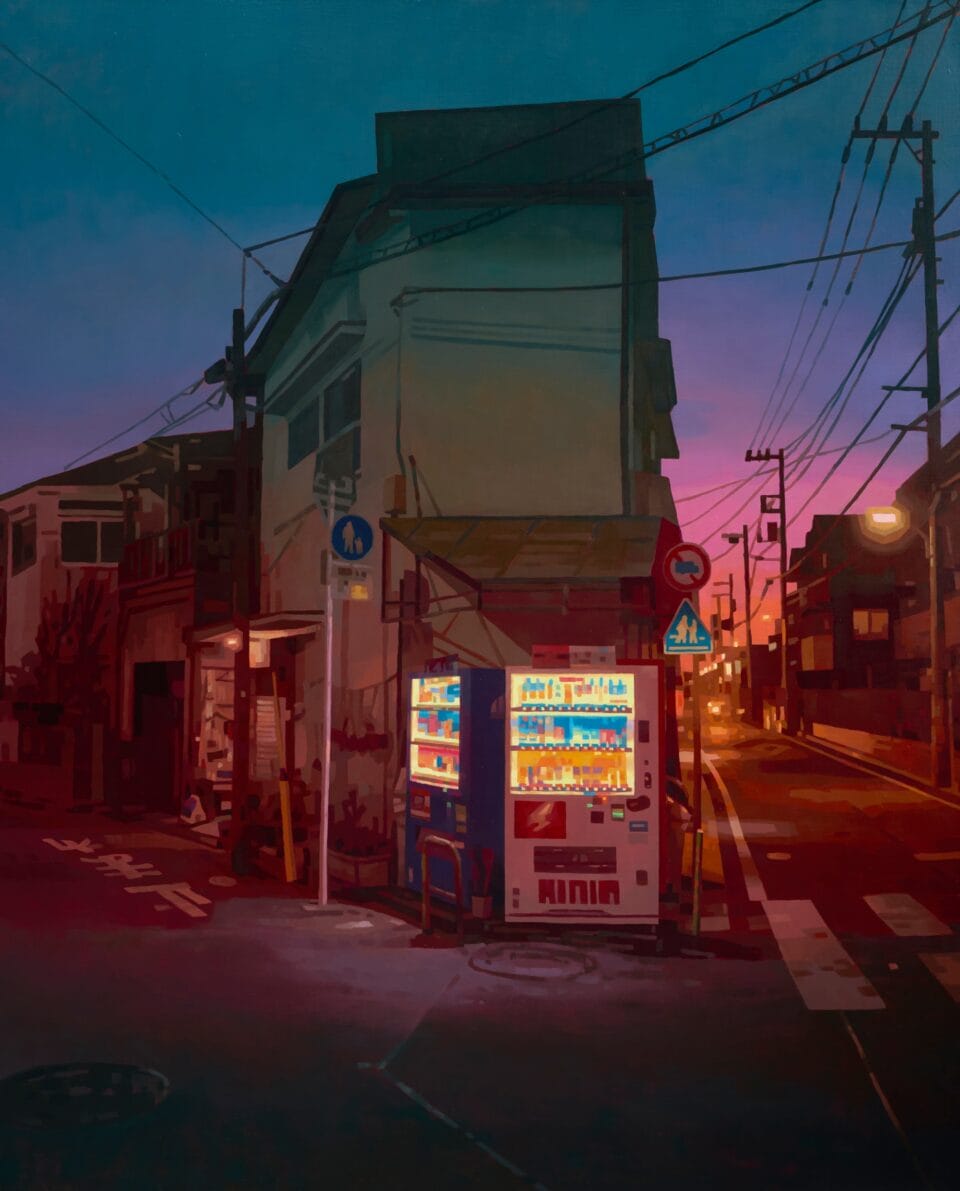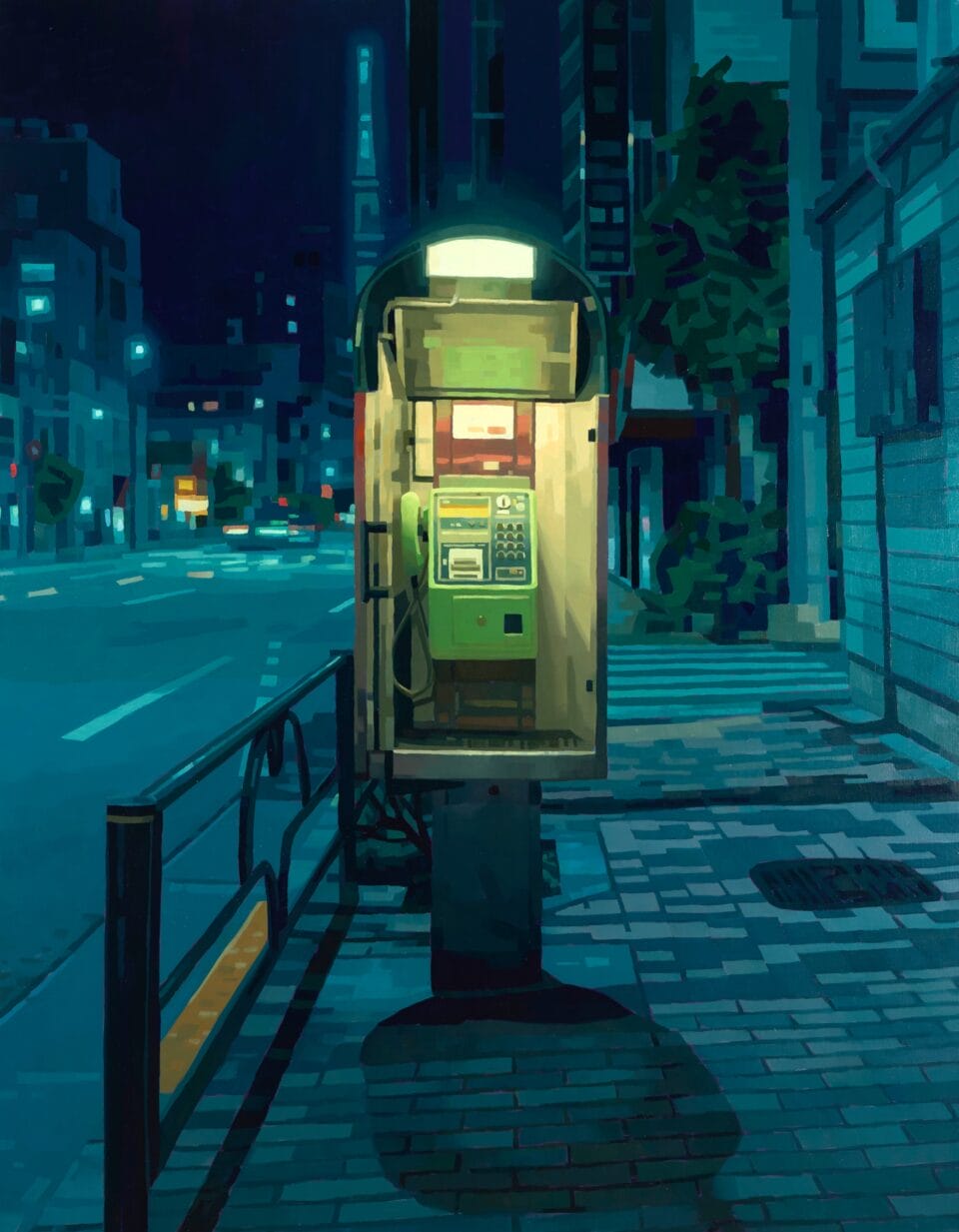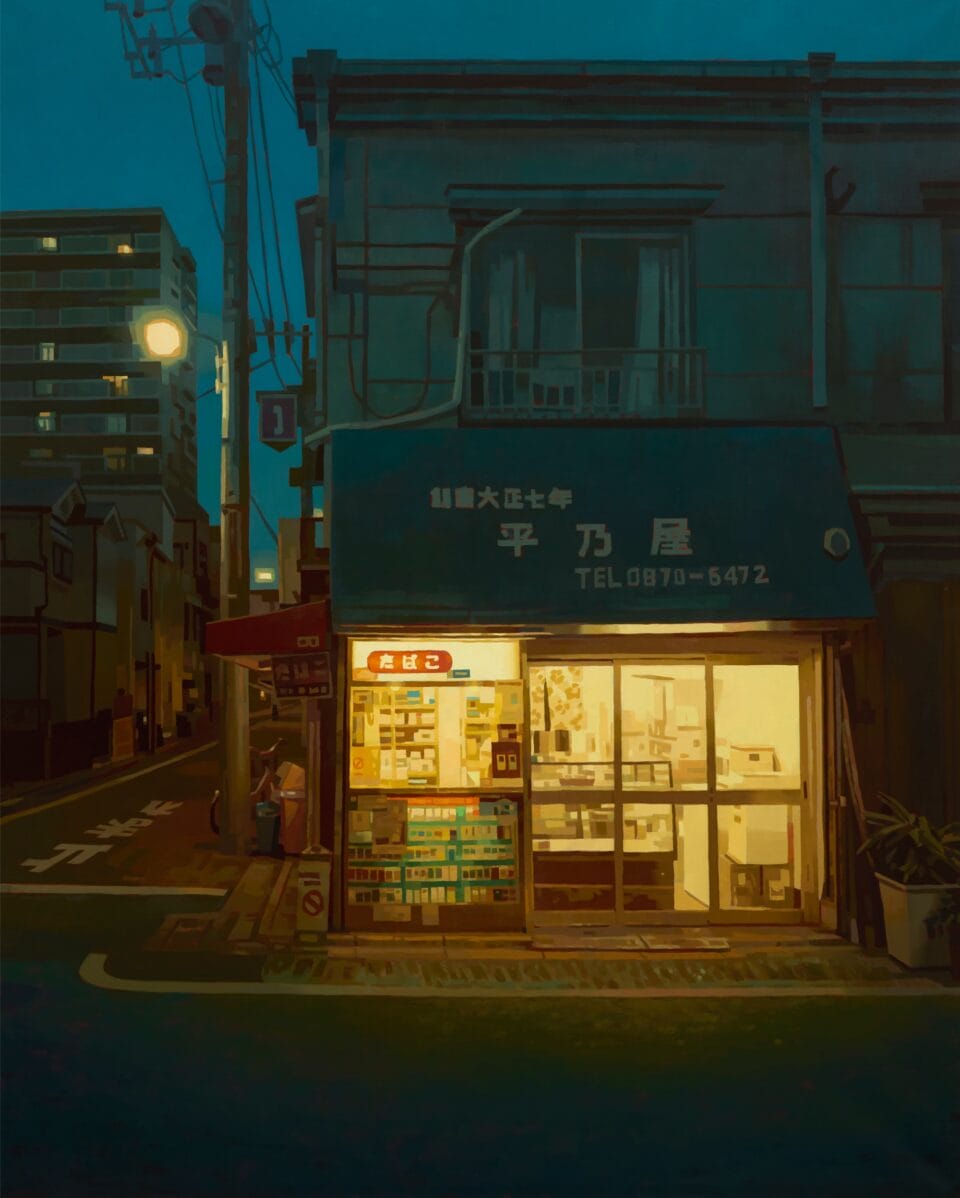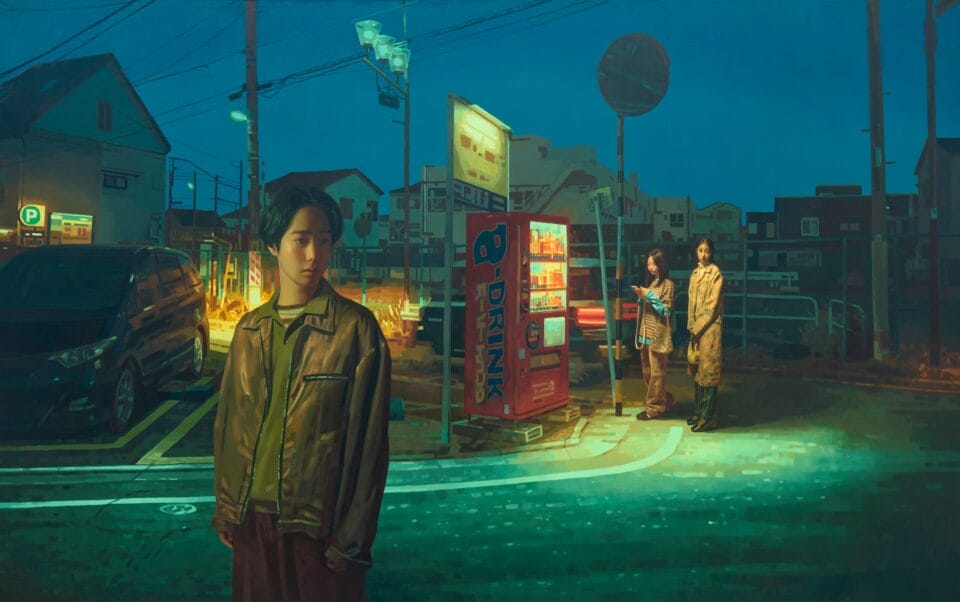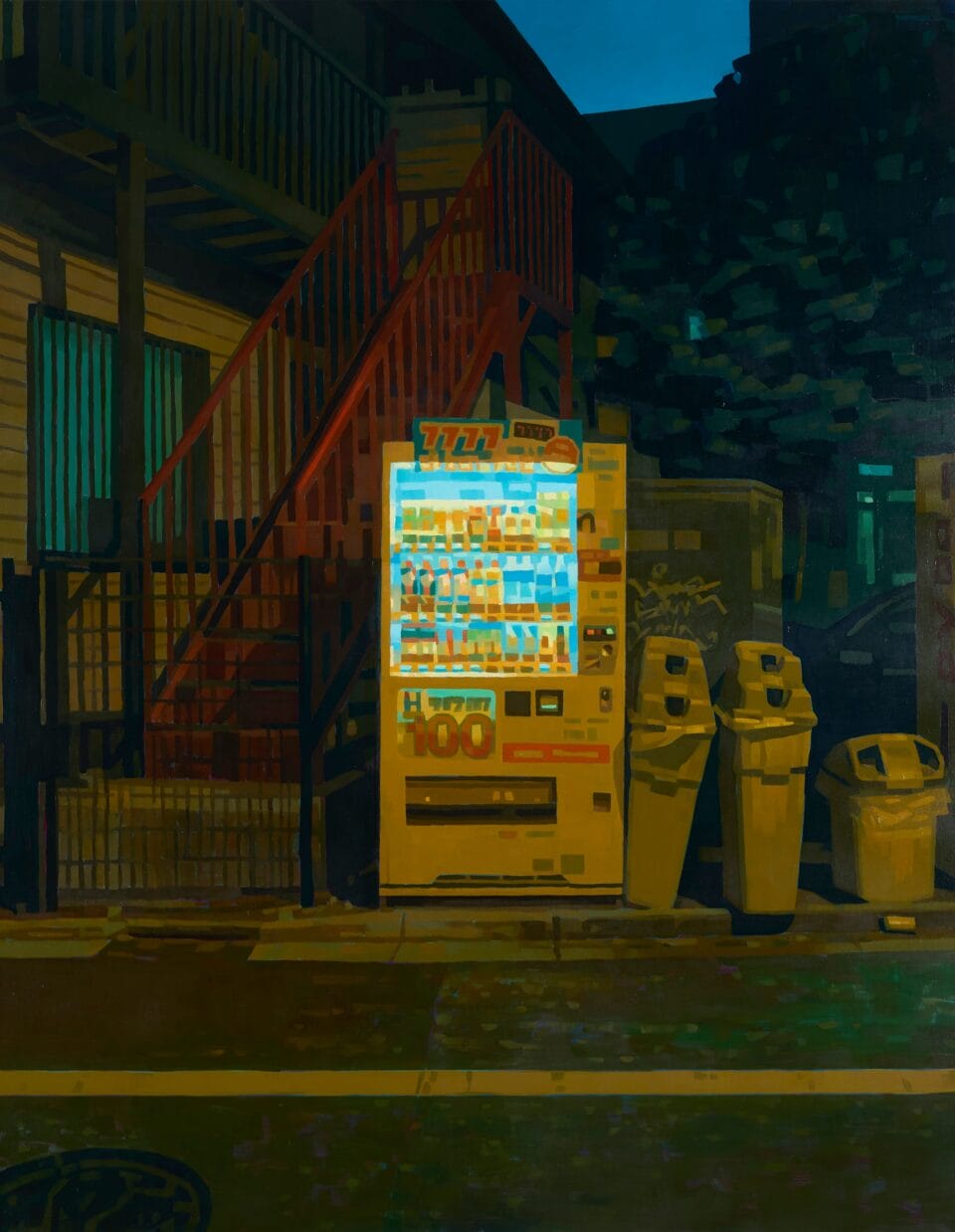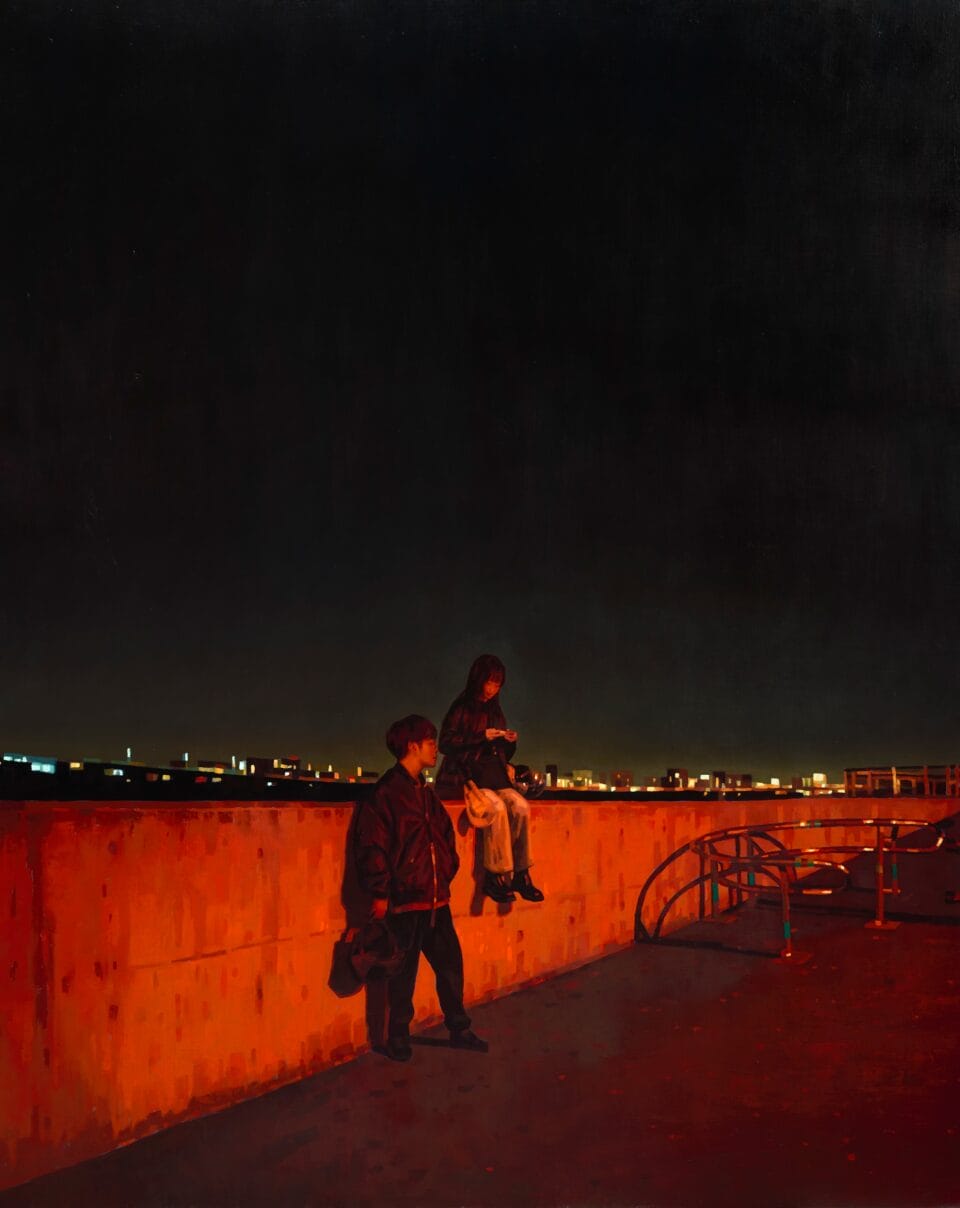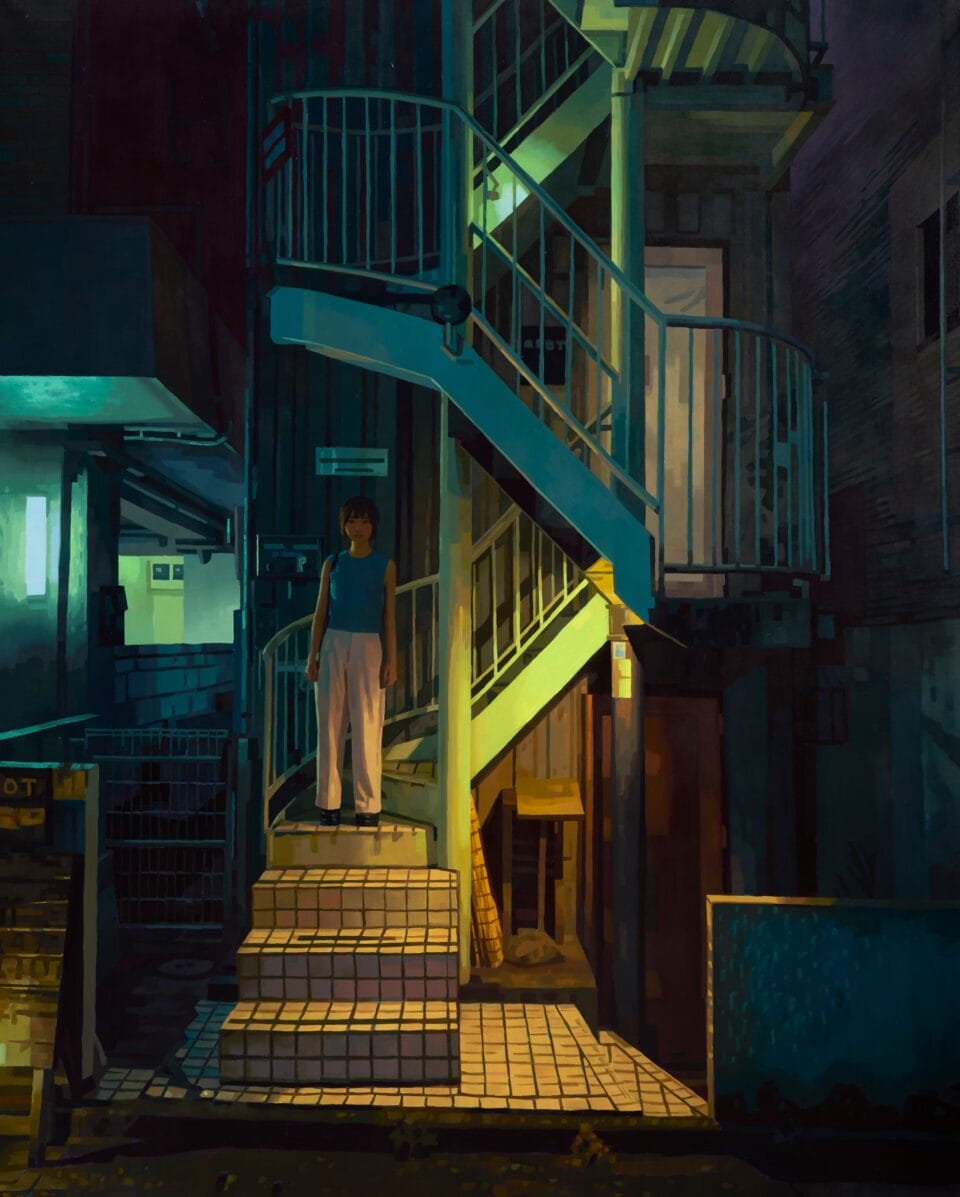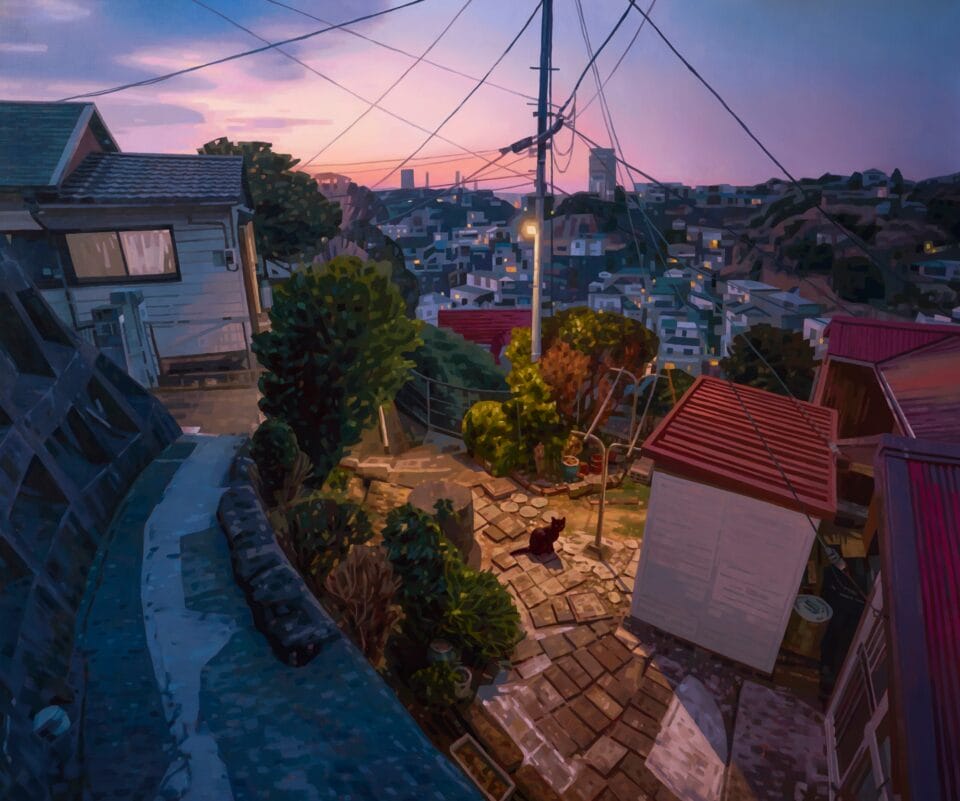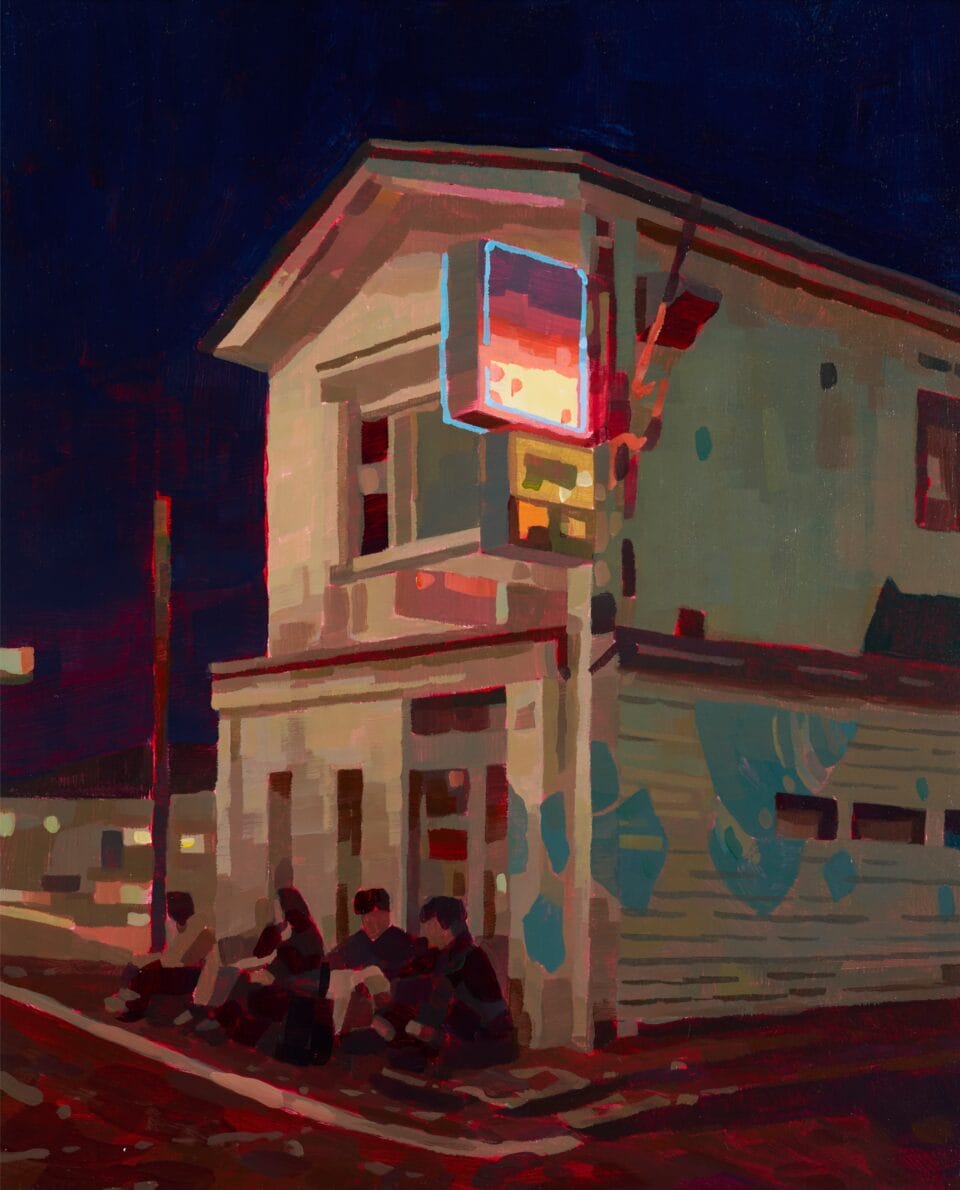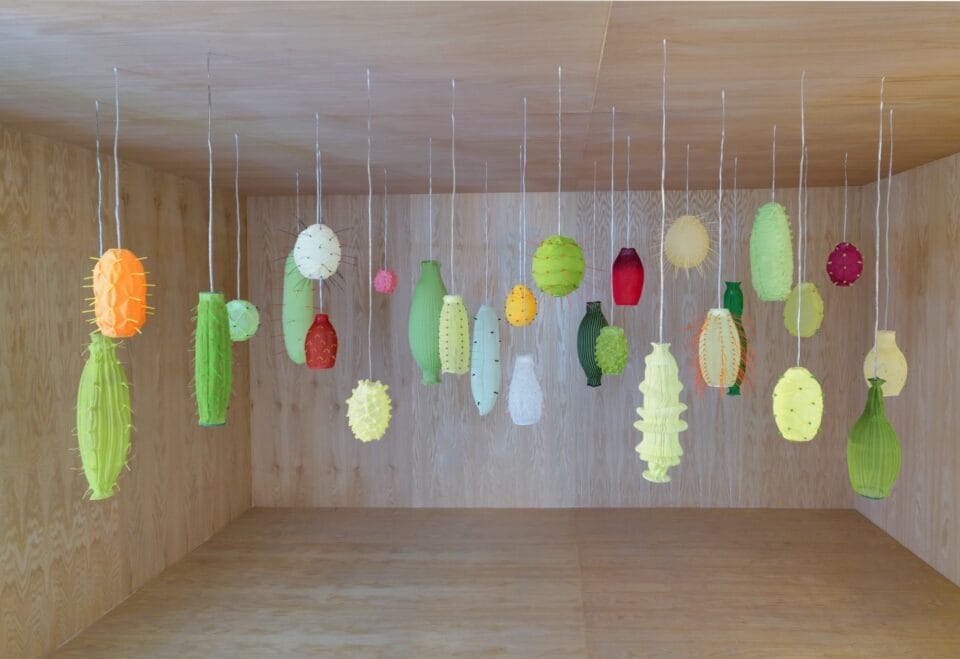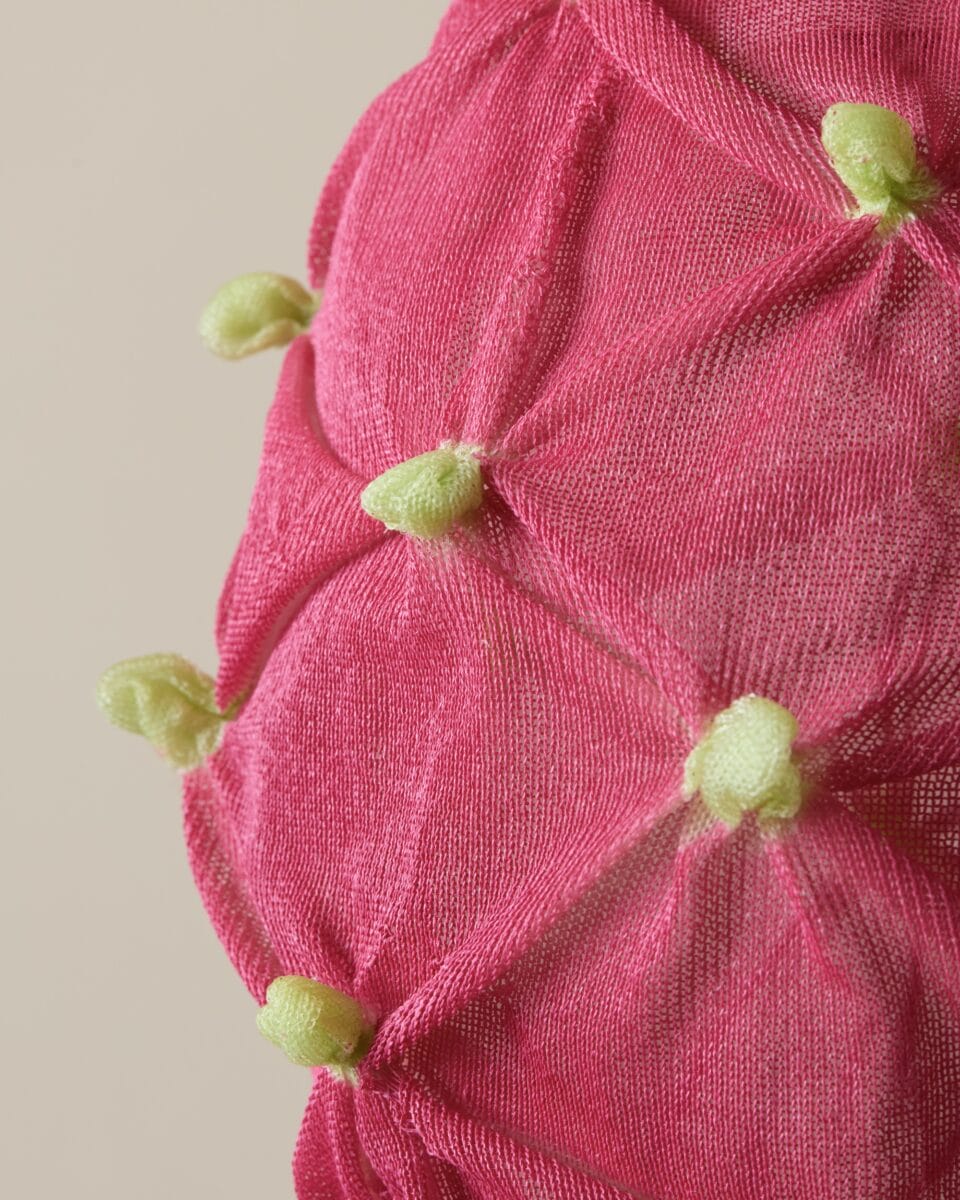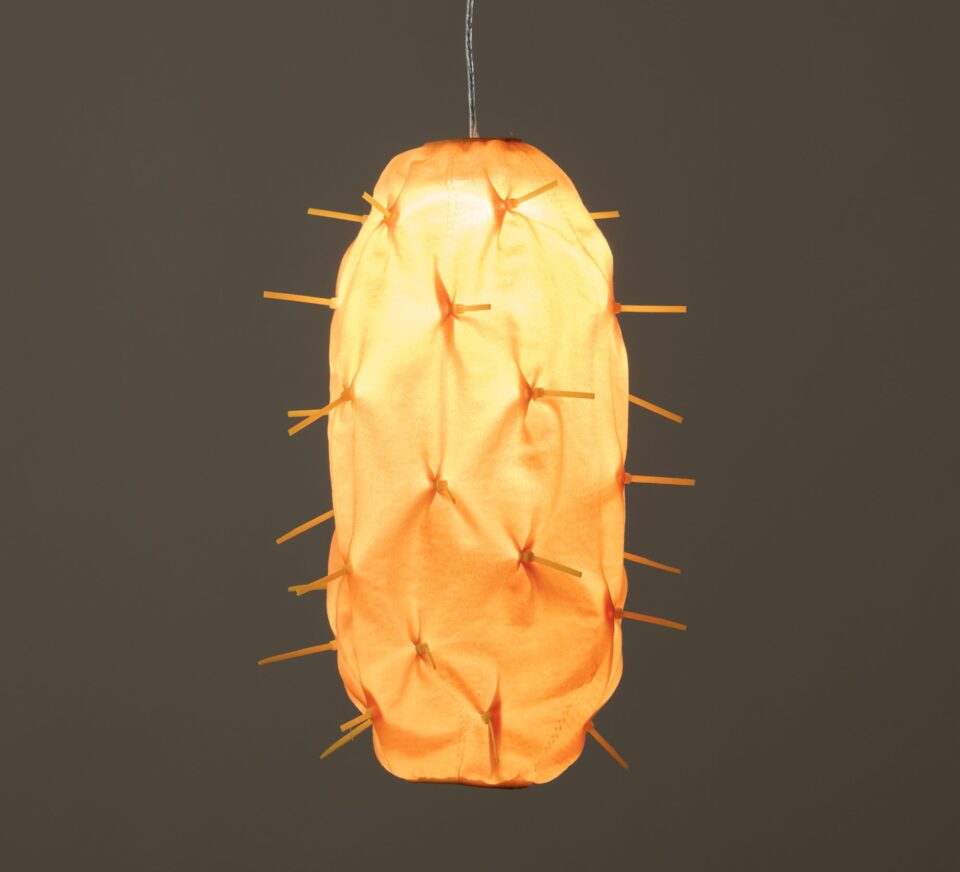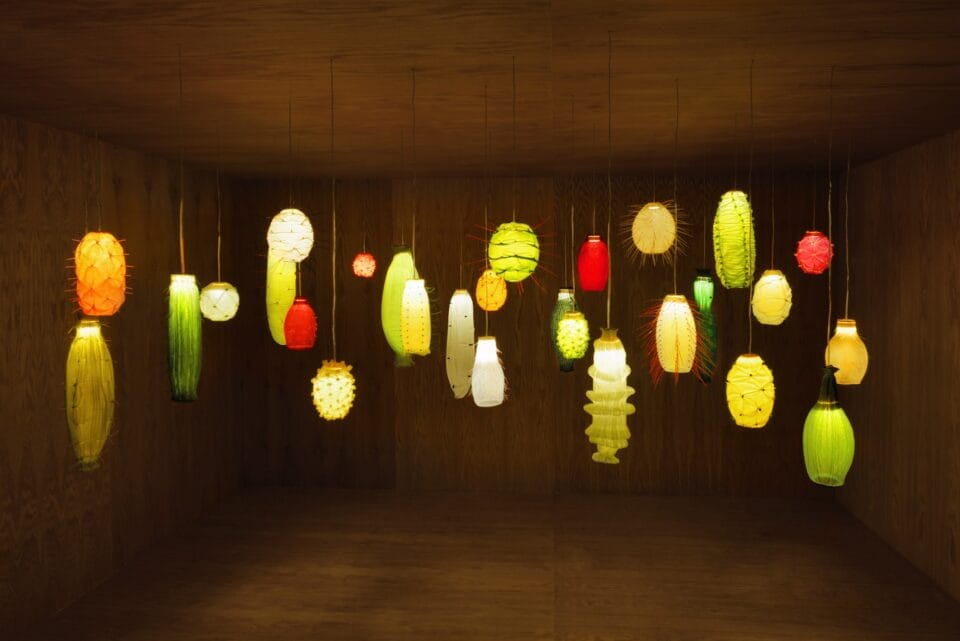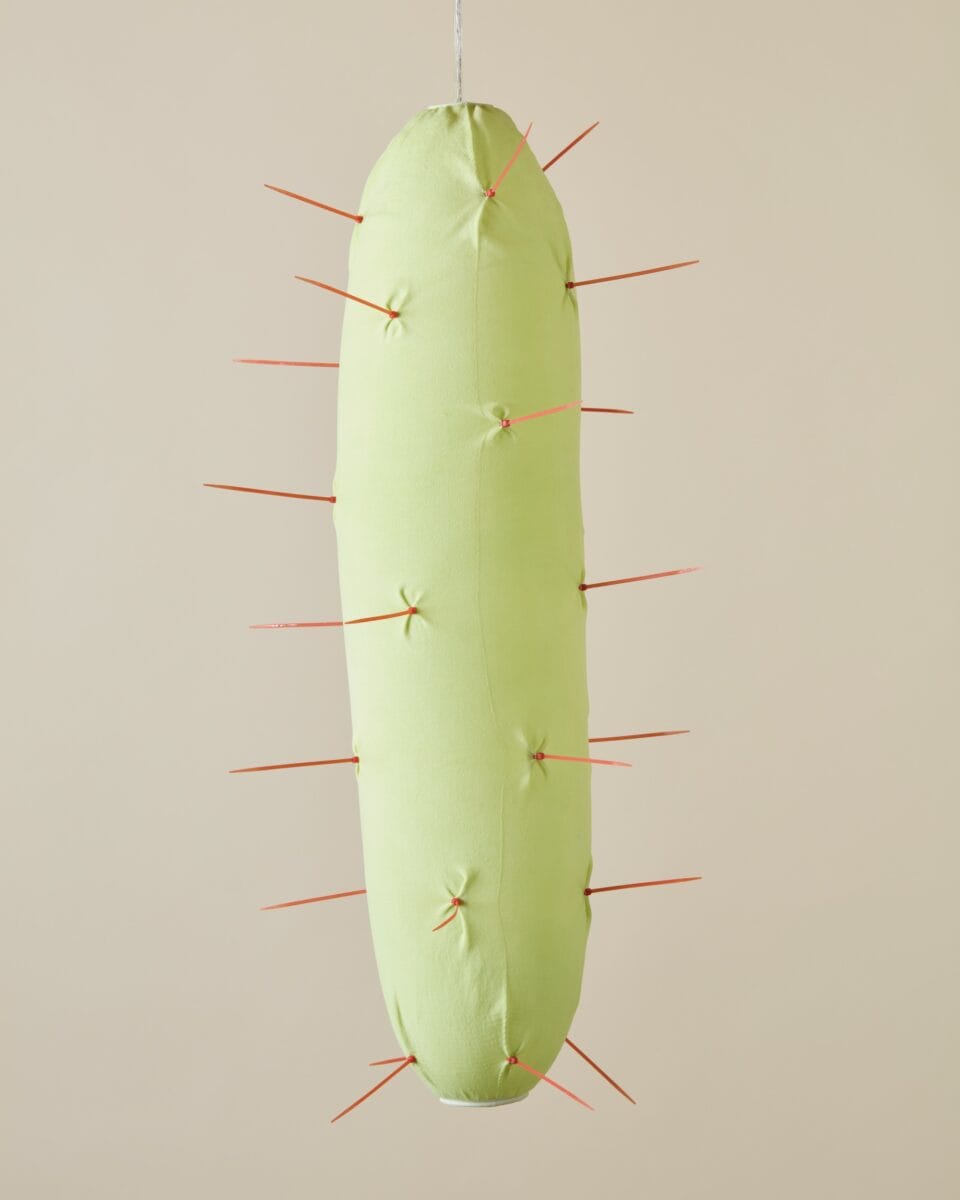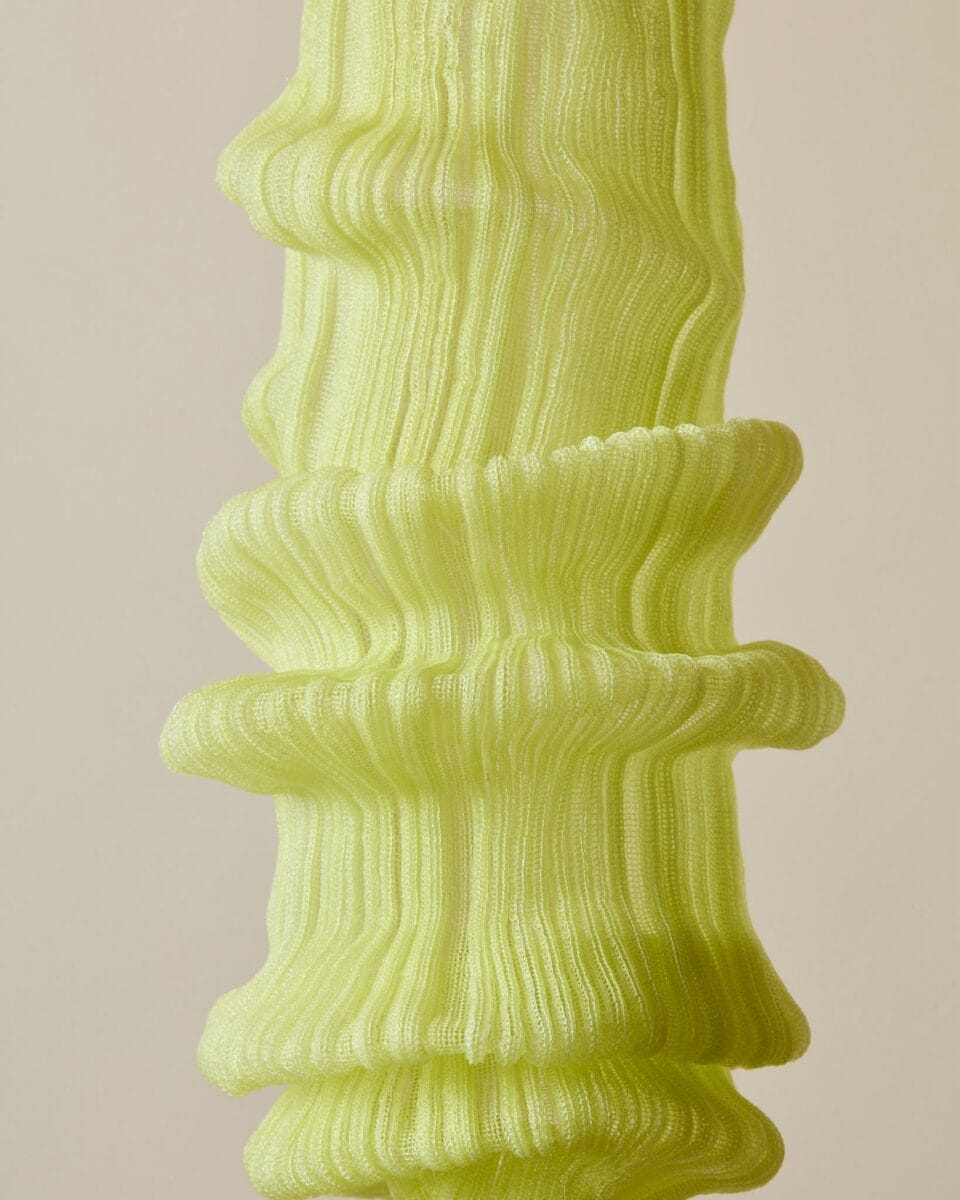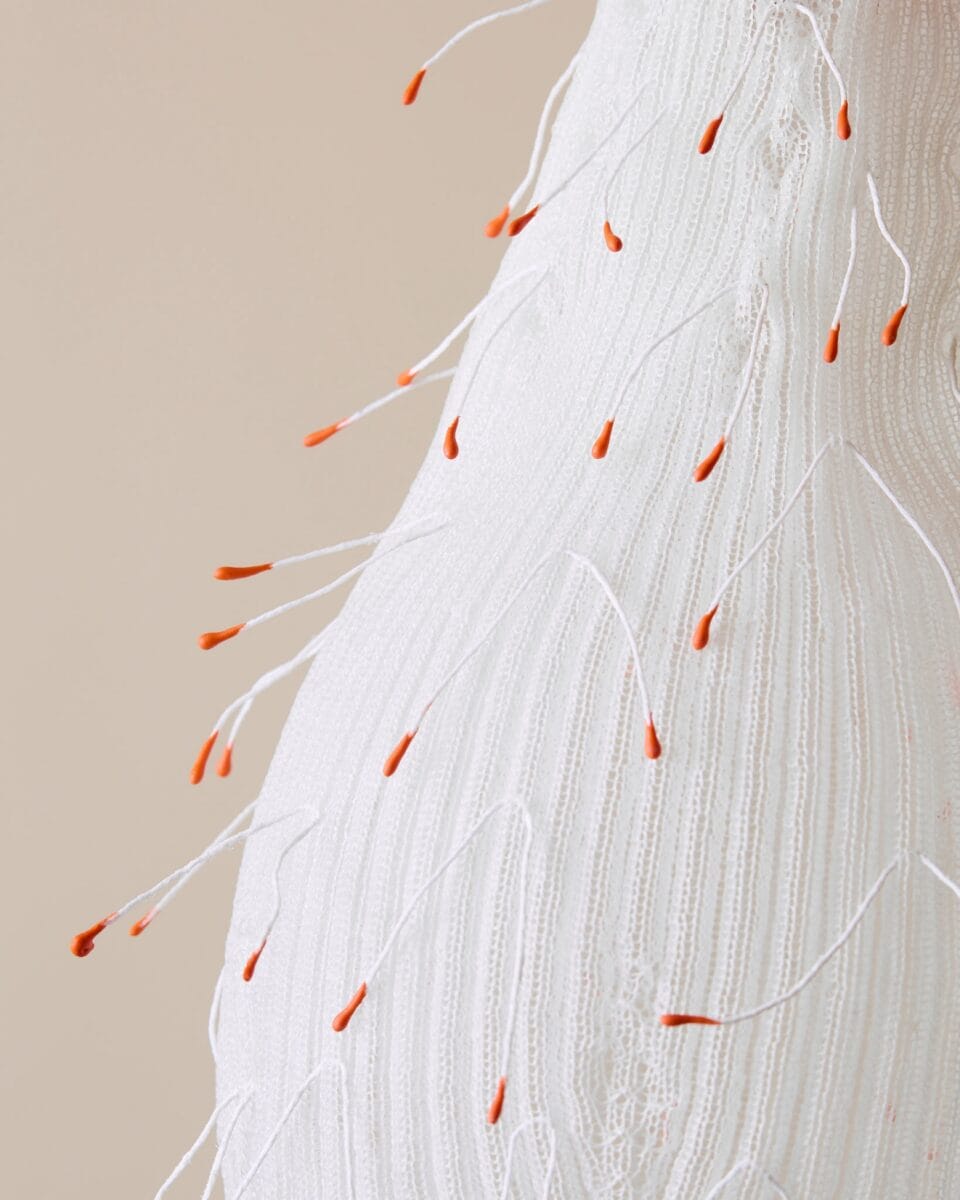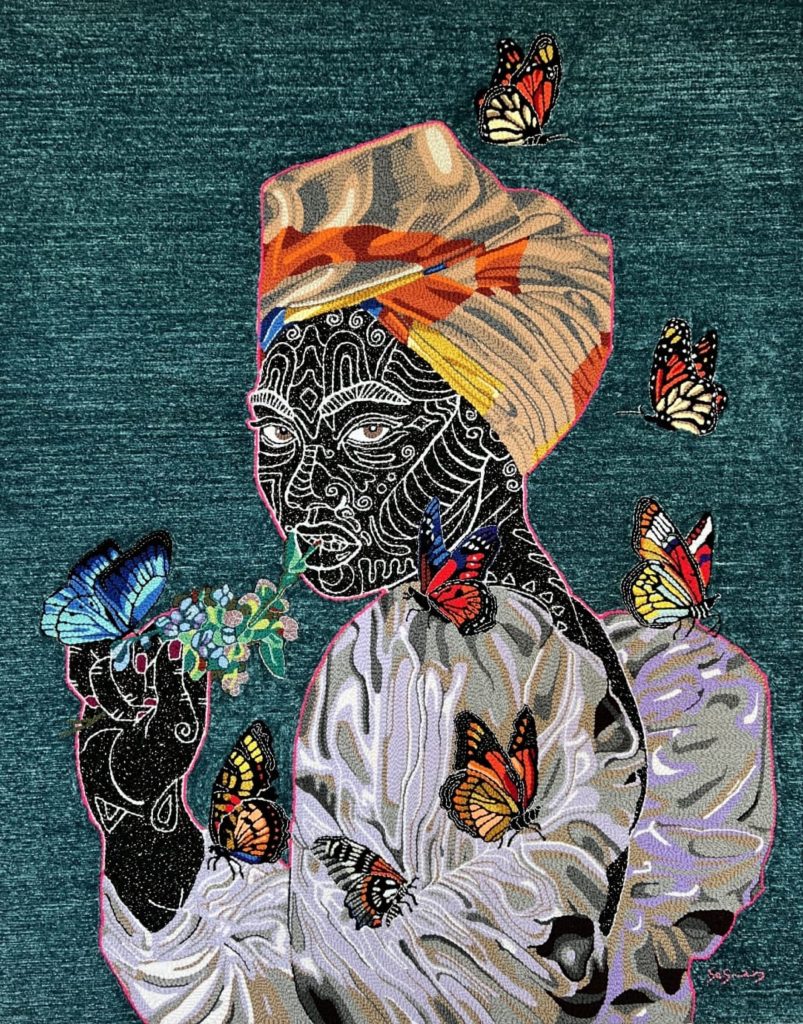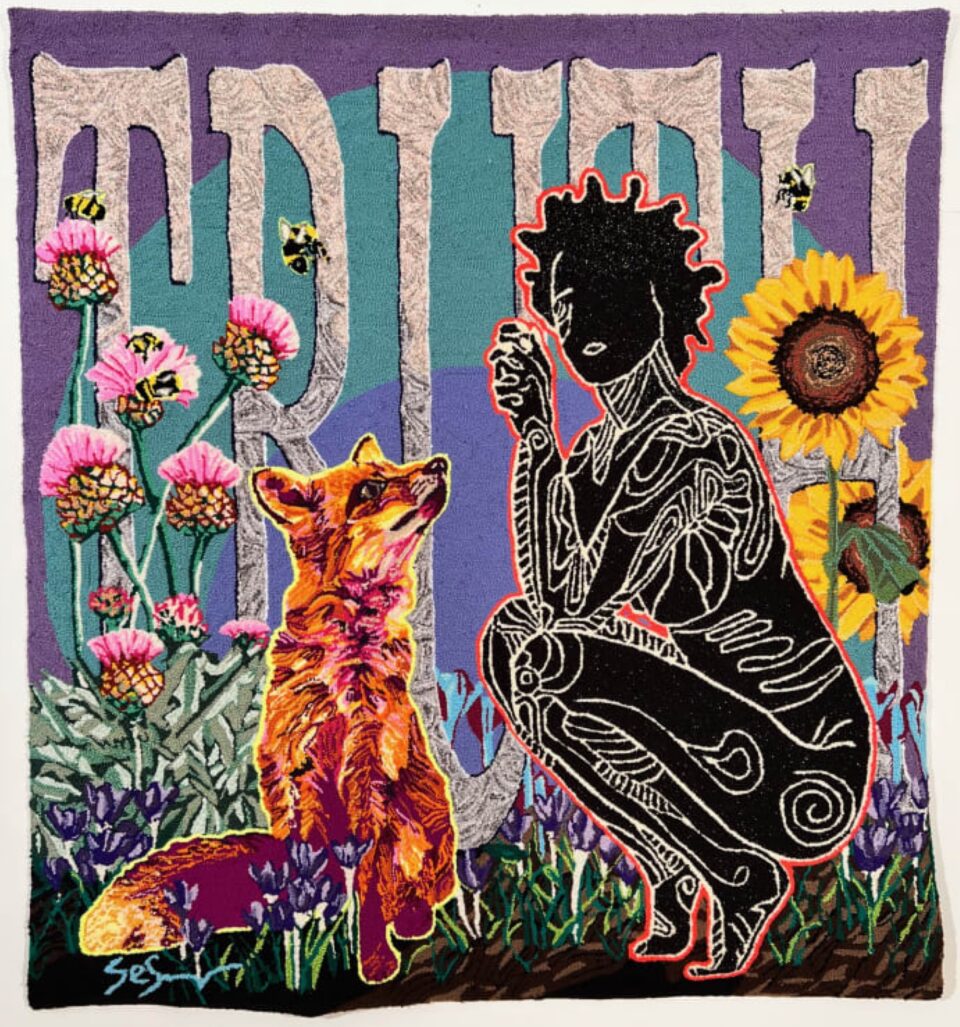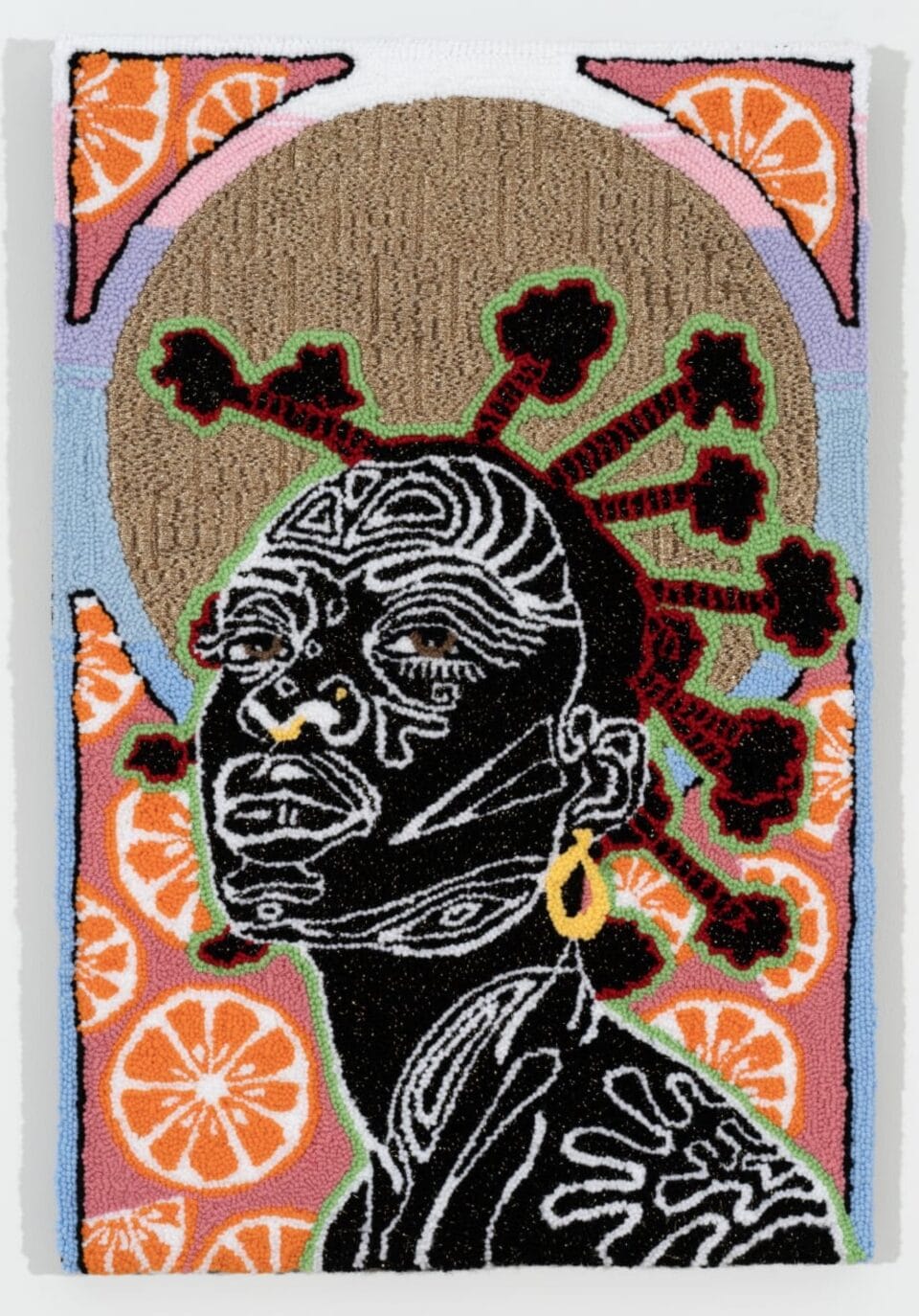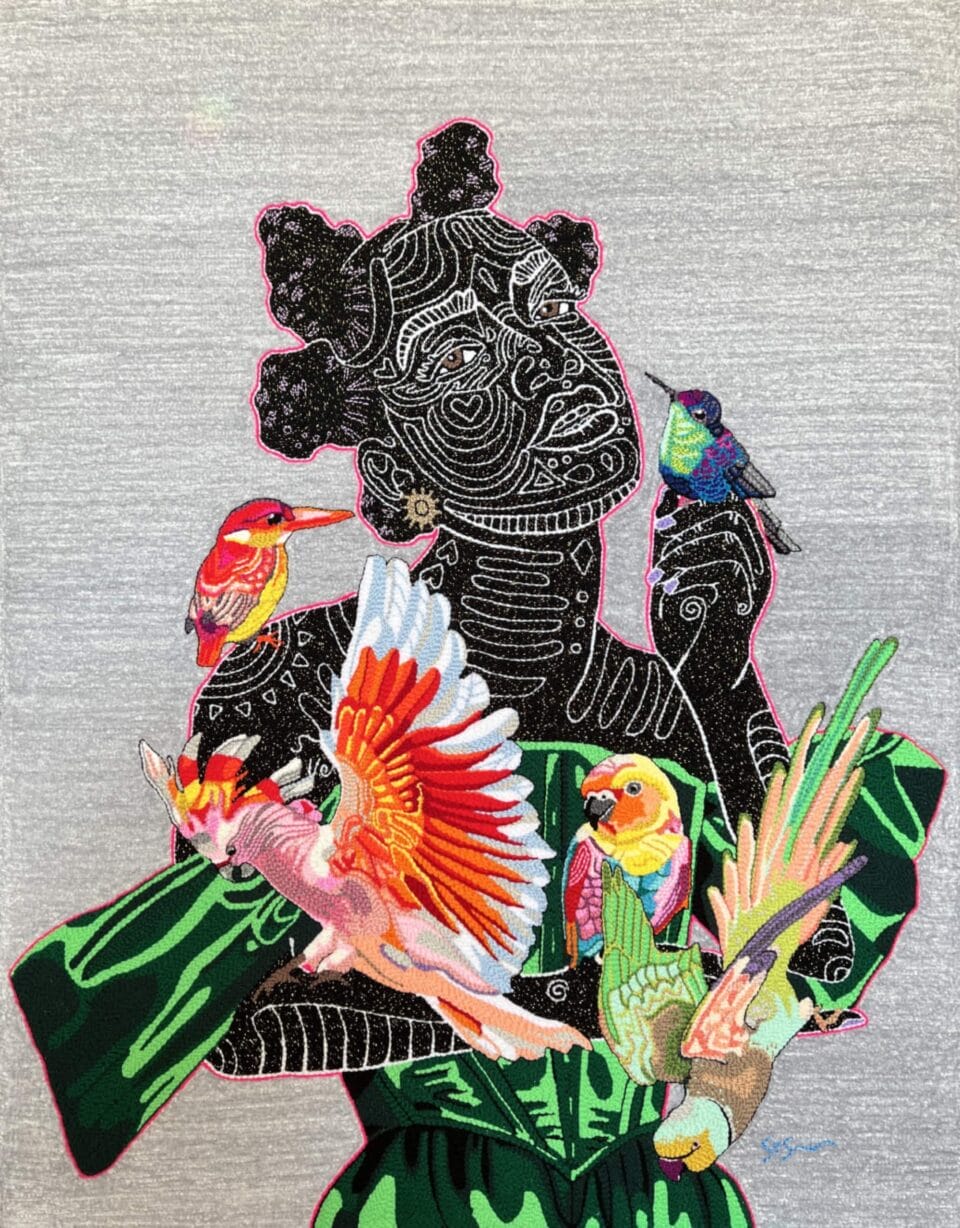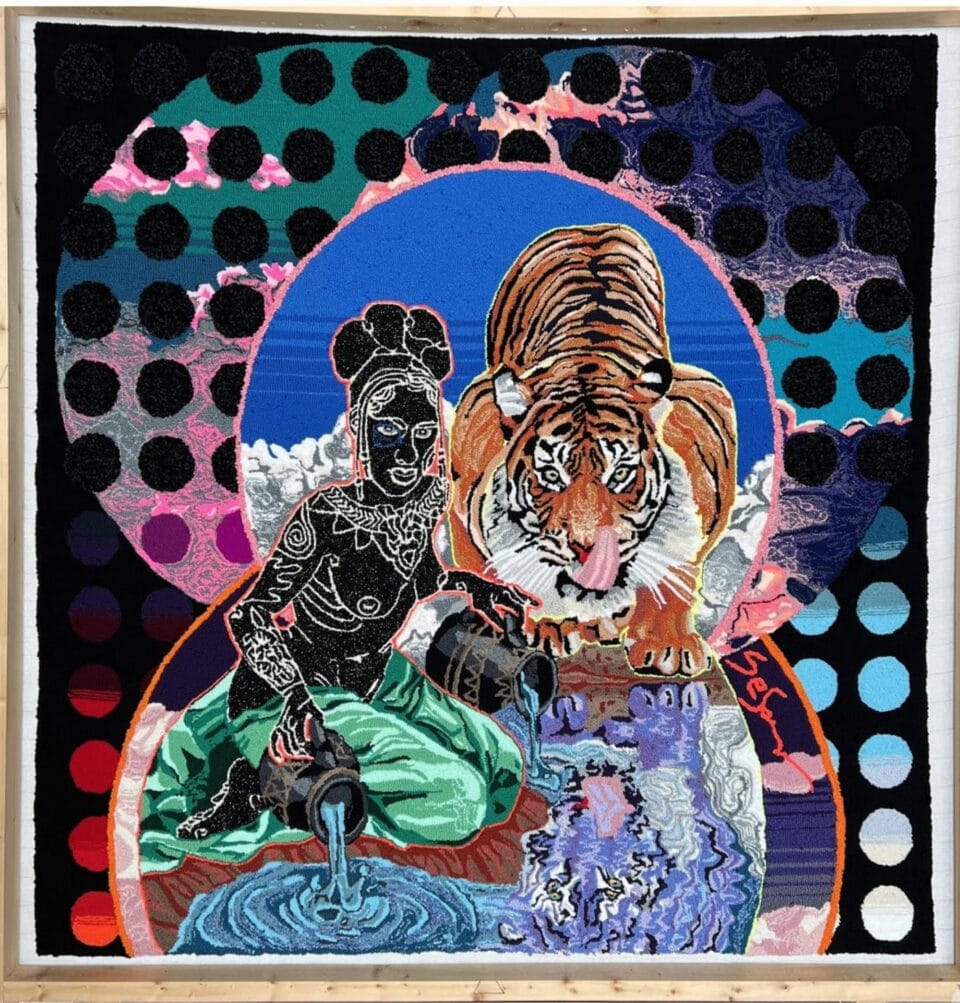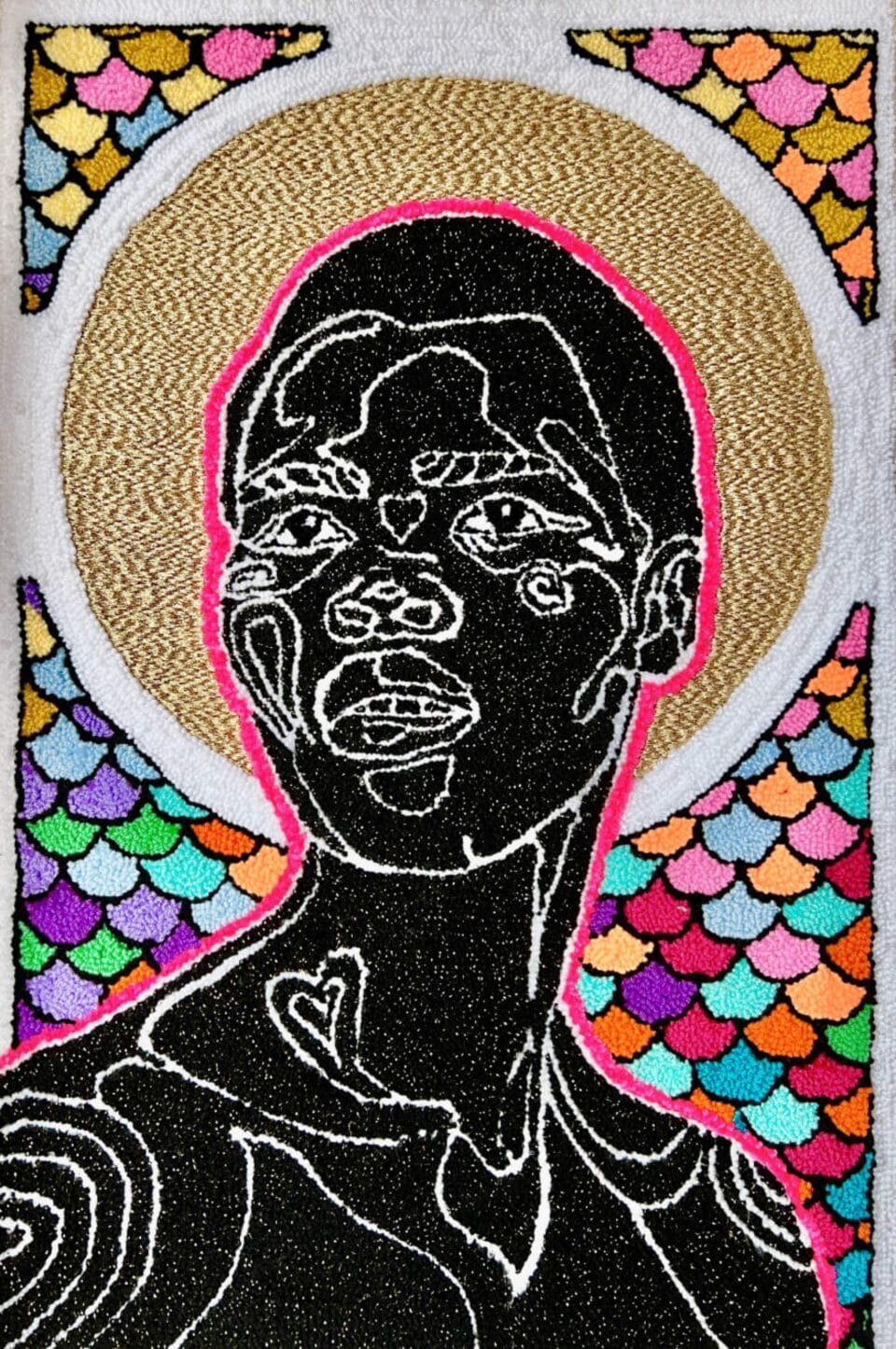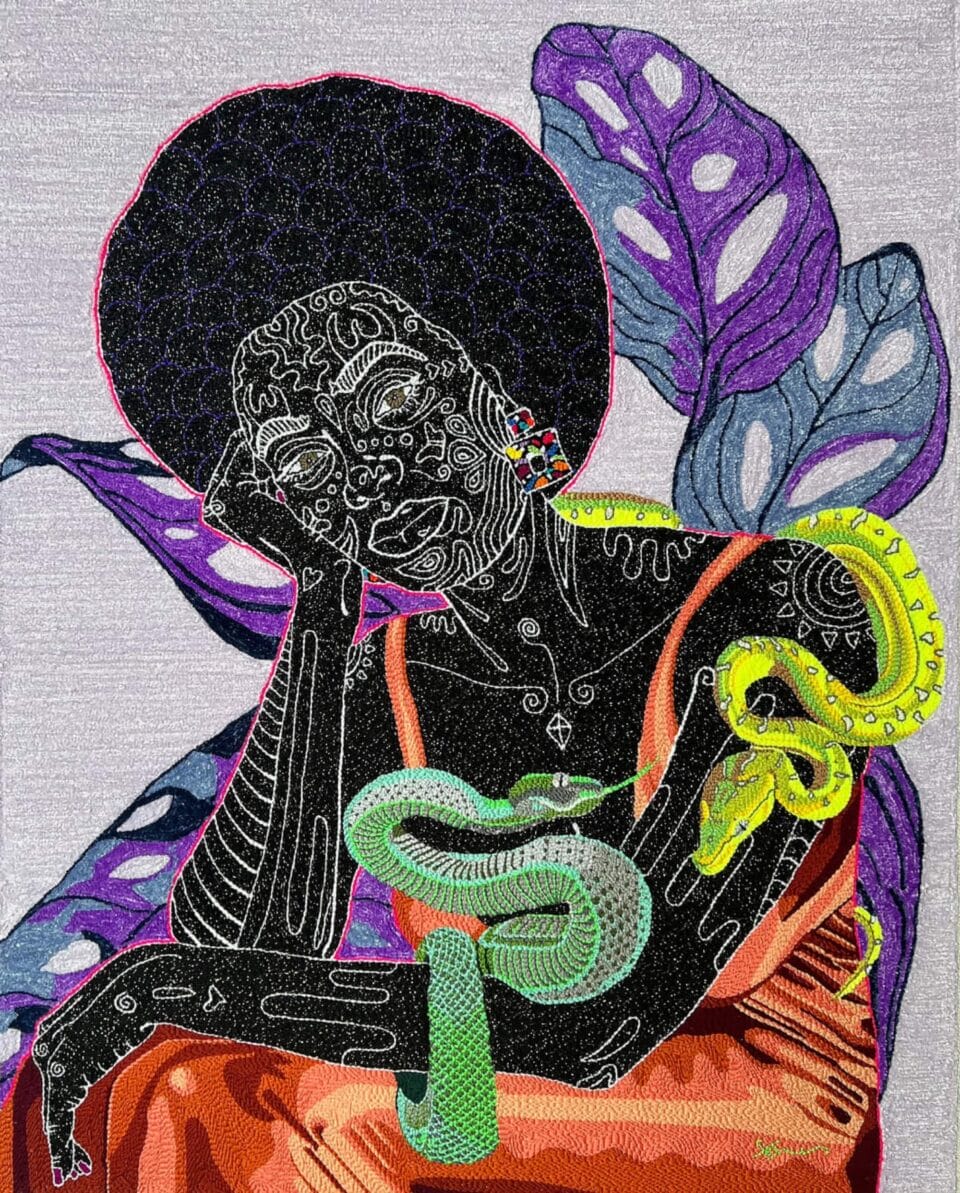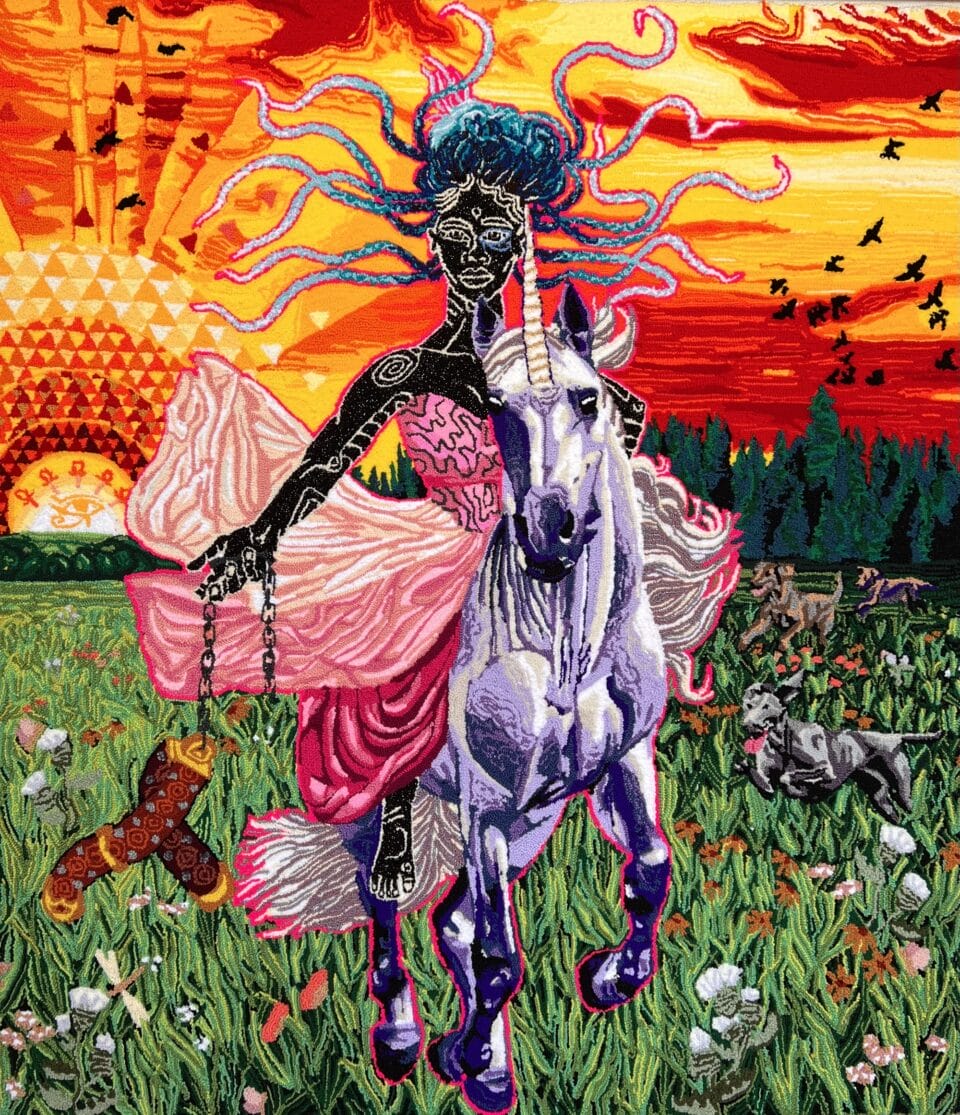
Between 1966 and 1970, a San Francisco-area photographer captured thousands of images documenting civil rights demonstrations, protests against the Vietnam War, Grateful Dead concerts in Golden Gate Park, and so much more. Their archive is a veritable treasure trove of the era’s counter-culture and evidence of their willingness to put themself in the middle of the action to get the perfect shot.
The problem, though, is that no one knows who the photographer is.
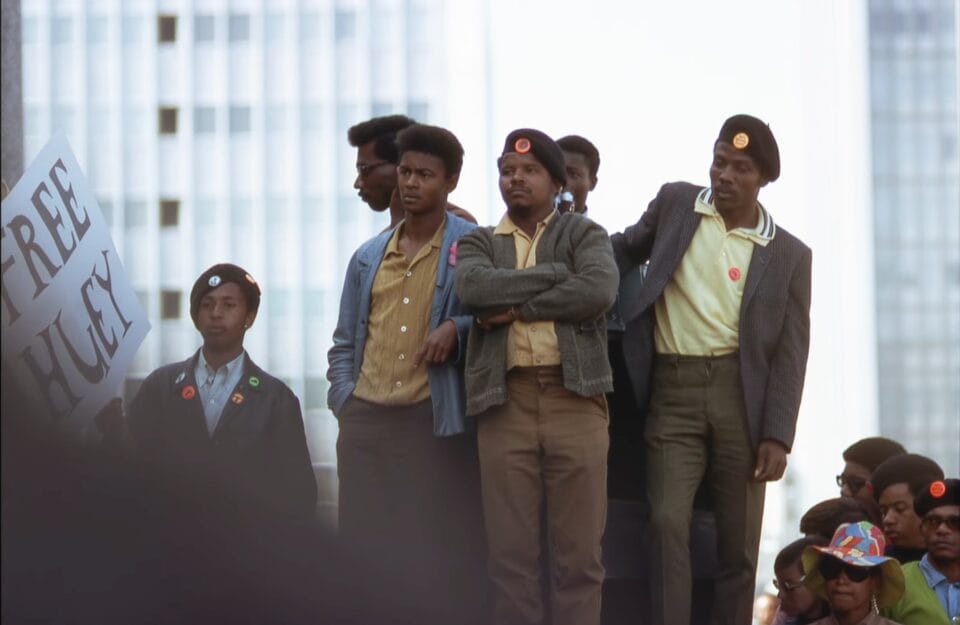
Bill Delzell, of the nonprofit SpeakLocal, encountered the archive in 2022 after a friend introduced him to its then-owner, who was looking for a buyer. A commercial photographer and collector, Delzell found himself enamored by the images and compelled to become their new custodian. “I have no interest in owning the work,” he told Colossal. “I just have an interest in discovering who the photographer is.”
In total, the collection contains 2,042 processed 35-millimeter color slides and 102 rolls of black-and-white film, meaning there are around 8,400 images in all. Alongside moments of angst, outrage, and joy, there are glimpses of critical happenings, like the seconds before Muhammad Ali burned a draft card while speaking at an anti-war rally.
More than half of the film is unprocessed, meaning the photographer never even saw much of the collection. Delzell thinks this suggests the person was a student or hobbyist, rather than a journalist or artist who might be motivated to develop the images to sell or utilize in their work.
This is the second unidentified photographic archive to come out of San Francisco in recent years after a similar Kodachrome collection was discovered in 2023. Anonymous works like these inspire questions about worth and merit when so often, we ascribe value based, in part, on the creator. “This work really forces us to look at all of that and question what is the value of the work. Is the value the expression of the photographer? Or is the value the amalgam of all parts and pieces?” Delzell asks.

Although many questions about the archive remain, a few clues have surfaced. Early in the discovery process, Delzell texted a handful of images to his friend Katy. She responded saying she could see herself in one of the photos. “She was five years old, wide-eyed, and walking with her family while holding onto her sister’s stroller. She was crossing in front of people marching against the unjust treatment of migrant farmworkers,” Delzell writes. “It was 1968 on Dolores Street.”
When he shared a different selection of photos with another friend named Amanda, he was similarly surprised. “She was on her way to visit her friend Stanley Mouse,” he says. Amanda called him quickly to say that Mouse, who designed the Grateful Dead’s iconic skeleton and roses poster, was in the background of the image of people sporting blue and green body paint in Golden Gate Park. “It’s fun that these little coincidences that remind us of how history continues to touch us,” Delzell adds.
The project, which is now called Who Shot Me—Stories Unprocessed, surpassed its goal on Kickstarter, although there are still opportunities to access some of the rewards. This funding will allow Delzell and the SpeakLocal team to develop the rest of the film and establish a broad platform for disseminating the images.
Plans include a database, book, immersive exhibition in San Francisco, and a documentary. If they act quickly, sharing the archive will hopefully bring more people forward who can help identify the photographer and offer insights into its creation. “People’s living memories might still be able to help us,” he notes.
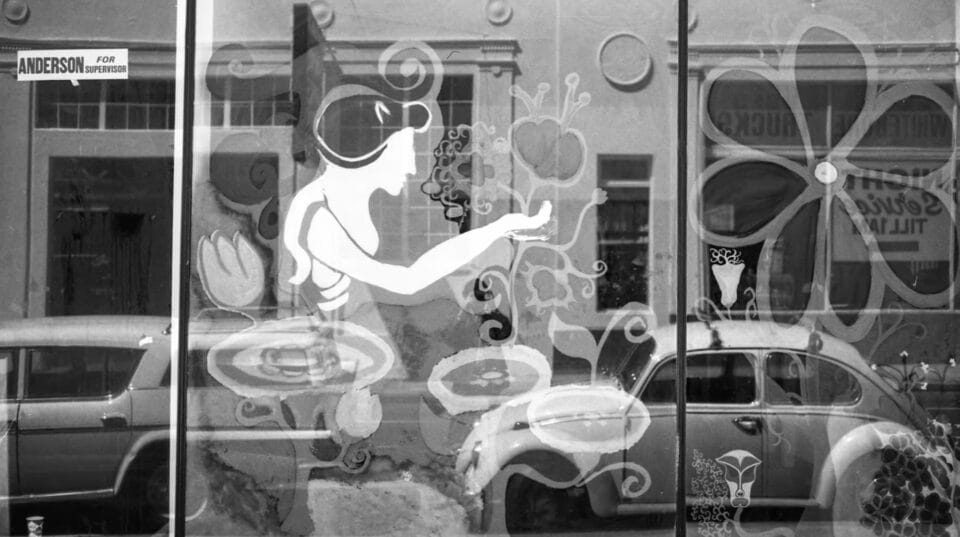
Several theories have emerged, but one of the most compelling is that the images belong to French filmmaker Agnès Varda. A black-and-white image of a storefront captures a reflection in the glass windows, and the person behind the lens appears to be a woman with her signature bowl cut. “Varda was a wonderful collaborator,” Delzell says. “She’s pretty much grabbing every neighbor, every friend she’s got to help her tell her stories. She’s inspired me to think of this as a community project.”
Even if Varda isn’t behind the shots—her daughter claims she isn’t—Delzell says it’s possible these images were taken by a group of people or as visual notes for a potentially larger project. Perhaps they were part of a research process for a film or a novel that we have yet to connect. Or maybe, he speculates, the photographer utilized their camera to immerse themself in a variety of situations and be introduced to communities they might not otherwise.
Whatever the answers, the focus at the moment is on garnering interest from those who might have a connection to people featured in the images or be able to offer context. SpeakLocal intern Amari Kiburi is hosting a short exhibition of the project this week at Natomas Charter School in Sacramento, and Delzell is looking for curators and enthusiasts interested in doing the same. “We get to try to imagine what inspired this person to spend five years (amassing this archive) and then to have lost it, which is what really baffles me,” he says.
There are many more images from Who Shot Me—Stories Unprocessed in the video below. If you’re interested in getting involved with the project, reach out to SpeakLocal. (via Smithsonian Magazine)

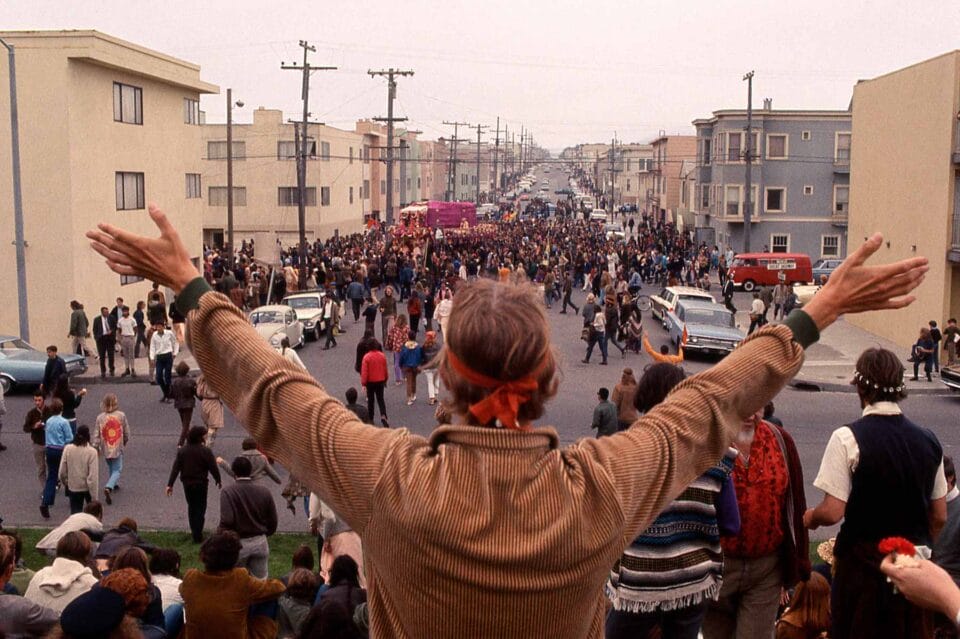

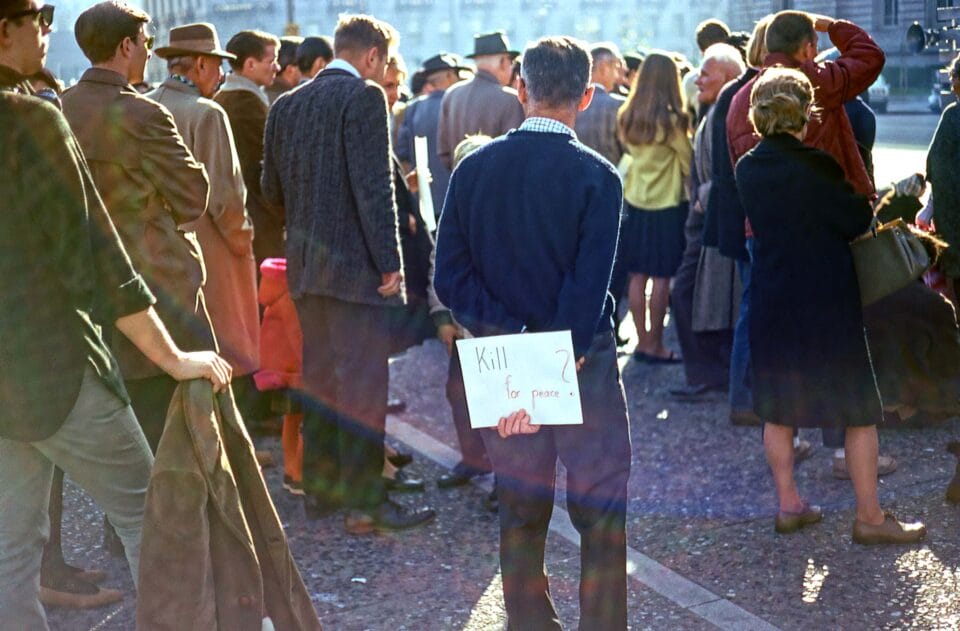
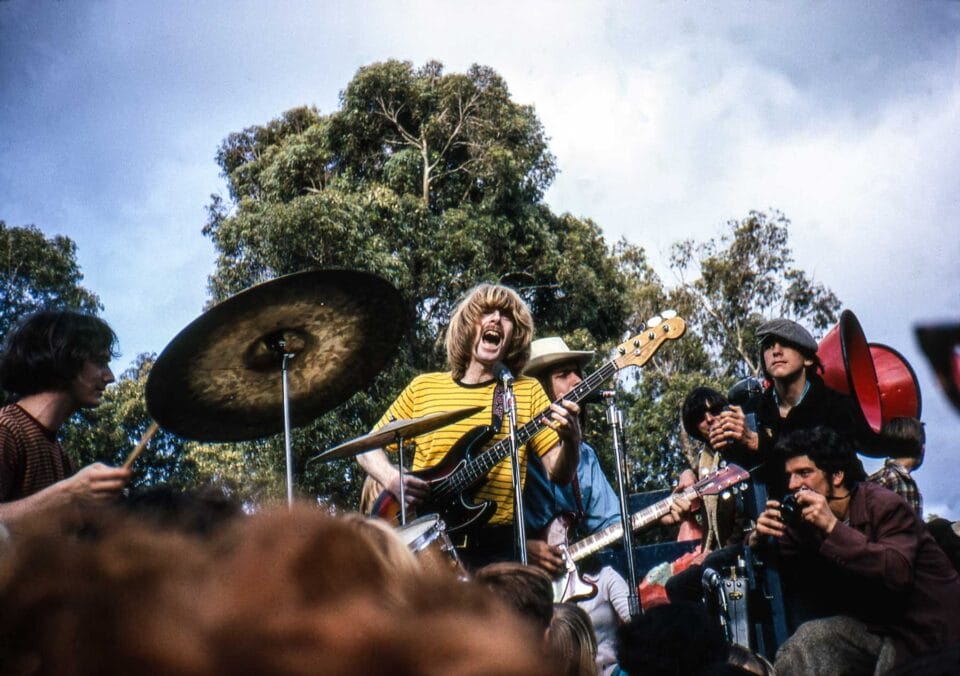

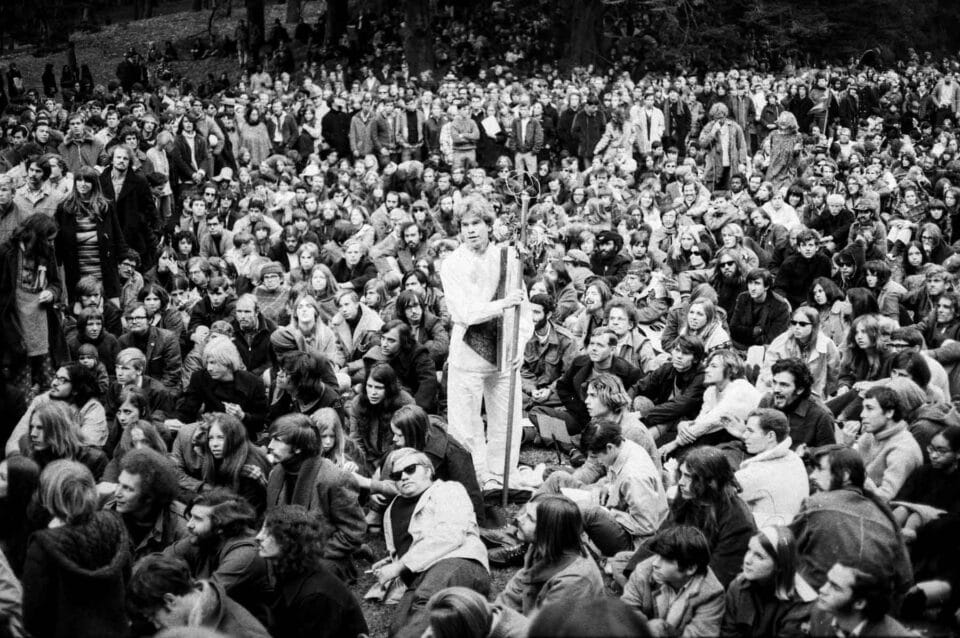
Do stories and artists like this matter to you? Become a Colossal Member today and support independent arts publishing for as little as $7 per month. The article Who Shot Me? Help Identify the Anonymous Photographer Who Captured 1960s San Francisco appeared first on Colossal.
